Are you curious about ancient civilizations and archaeological finds? Here are the archaeology museums you must see in Germany:
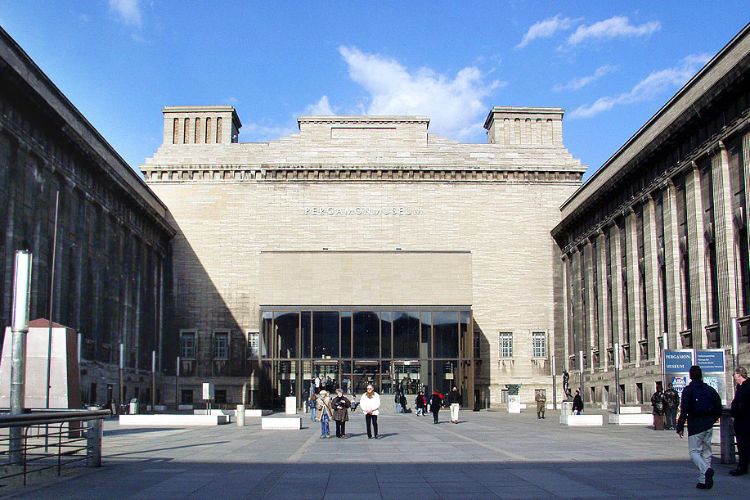
Pergamon Museum
BerlinThe Pergamon Museum in Berlin is one of the largest museums in Germany. The museum showcases some of the world's most important collections of historical artifacts and art. The museum's collections are divided into three main thematic sections. The most iconic one is the Antiquity Collection, which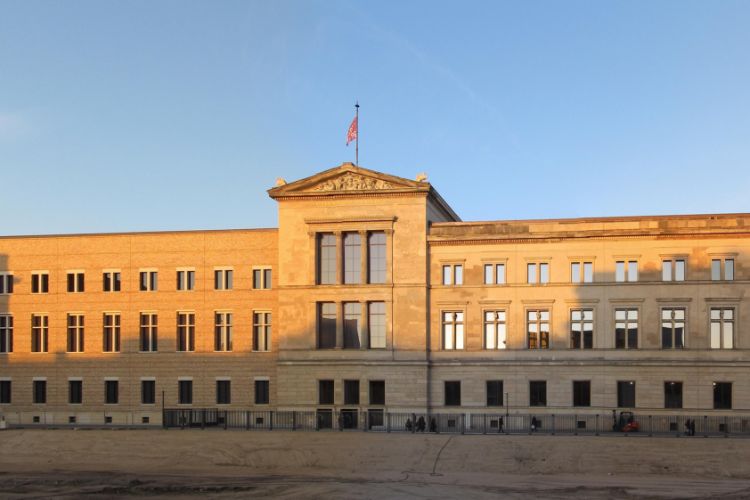
Neues Museum
BerlinAfter being severely damaged during the war, this Neues Museum (re)opened its doors to the public in 2009. It now shows huge collections of Egyptian art, prehistoric objects, and classical antiquities. One of the highlights of the museum is the bust of the Egyptian queen Nefertiti. The Neues Museum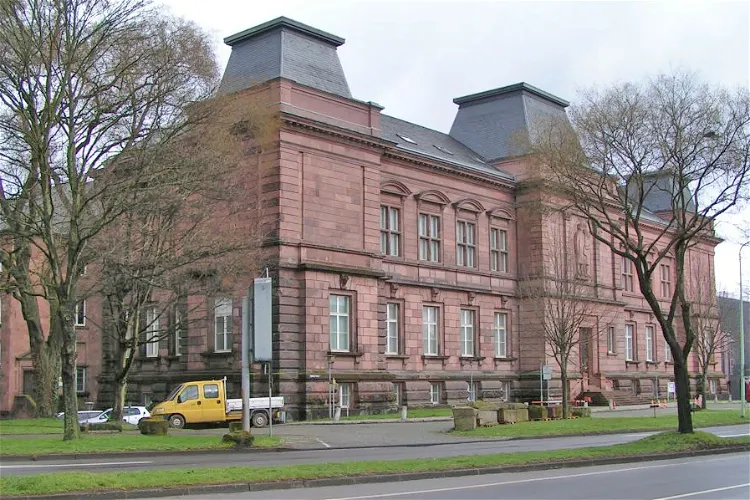
Rheinisches Landesmuseum Trier
TrierThe Rheinisches Landesmuseum Trier is a significant archaeological museum in Germany. Its collections span various periods, from prehistory to the Baroque era, encompassing the Roman occupation and the Middle Ages. This broad range of collections offers visitors a comprehensive insight into the historical development of the region.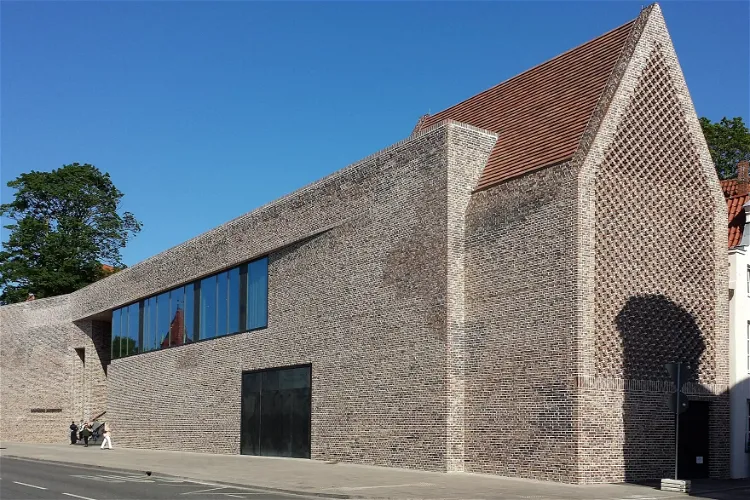
European Hansemuseum
LübeckThe European Hansemuseum, located in Lübeck, Germany, is a museum dedicated to the history of the Hanseatic League. This museum provides a comprehensive overview of the Hanseatic League's history, making it a valuable resource for those interested in learning more about this significant period in European history.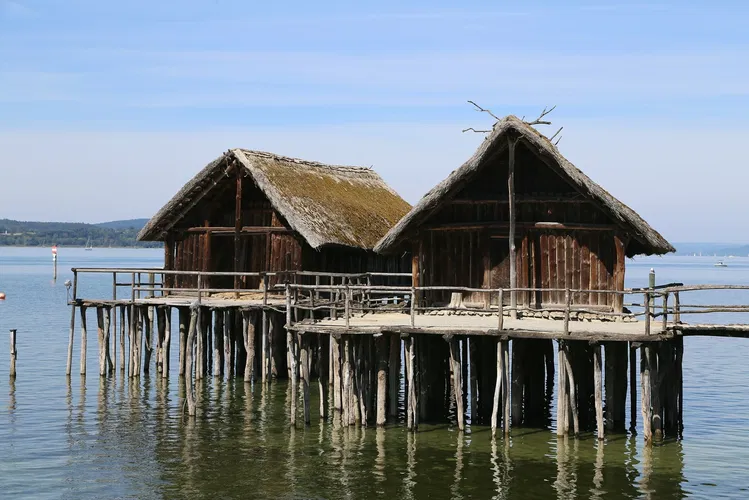
Pfahlbaumuseum Unteruhldingen
Uhldingen-MühlhofenThe Pfahlbauten Museum, located in the village of Unteruhldingen in the municipality of Uhldingen-Mühlhofen, is an open-air museum that showcases archaeological finds and reconstructions of stilt houses. The museum began in 1922 with the construction of the first two stilt houses and has since grown to include 23 wooden stilt houses. These houses are built on and slightly off the shore, connected by wooden plank walkways.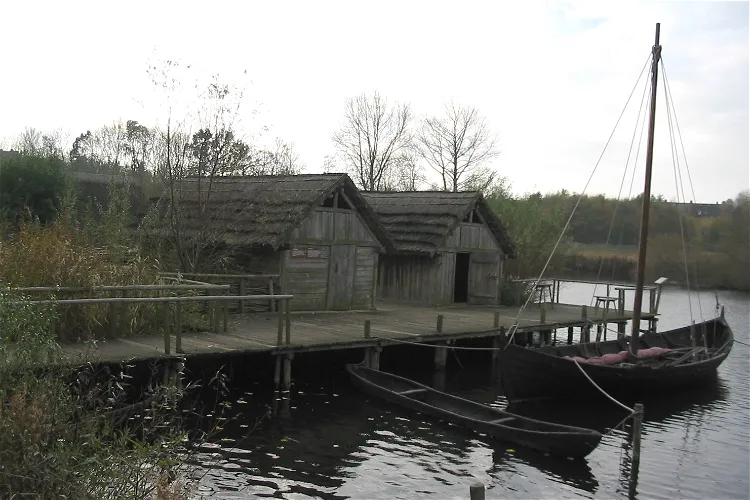
Oldenburger Wallmuseum
Oldenburg in HolsteinThe Oldenburger Wallmuseum, often simply referred to as the 'Wallmuseum', is situated in Oldenburg in Holstein. This museum is dedicated to presenting the history of the Slavs in East Holstein. It provides a unique opportunity for visitors to delve into the rich cultural and historical heritage of the region.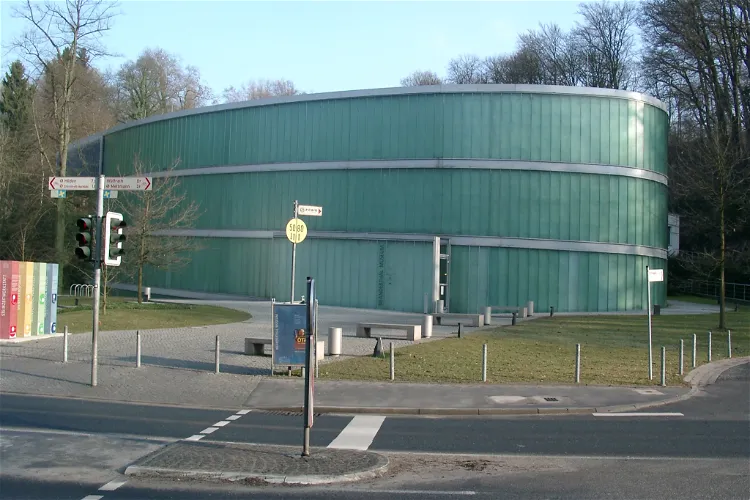
Neanderthal Museum
ErkrathThe Neanderthal Museum, situated in the Neandertal near Mettmann, is a unique institution dedicated to the prehistory and early history of mankind. The museum's exhibits include a focus on the Neanderthals, named after the fossil find site Neandertal 1. This museum provides a comprehensive overview of human evolution and the life of our early ancestors, making it a fascinating destination for those interested in history and anthropology.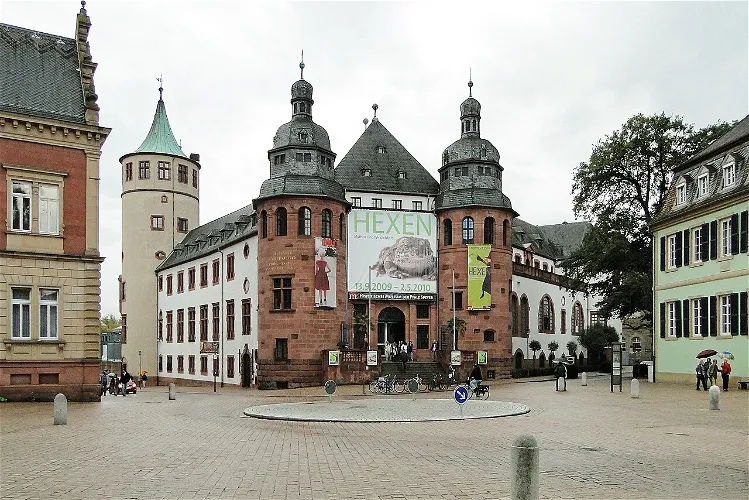
Historical Museum of the Palatinate
SpeyerThe Historical Museum of the Palatinate is conveniently located in the city of Speyer, just across the square from the iconic Speyer Cathedral. This makes it an easy addition to any itinerary that includes a visit to the cathedral. The museum's location in the heart of the city also means it is easily accessible by public transportation or on foot.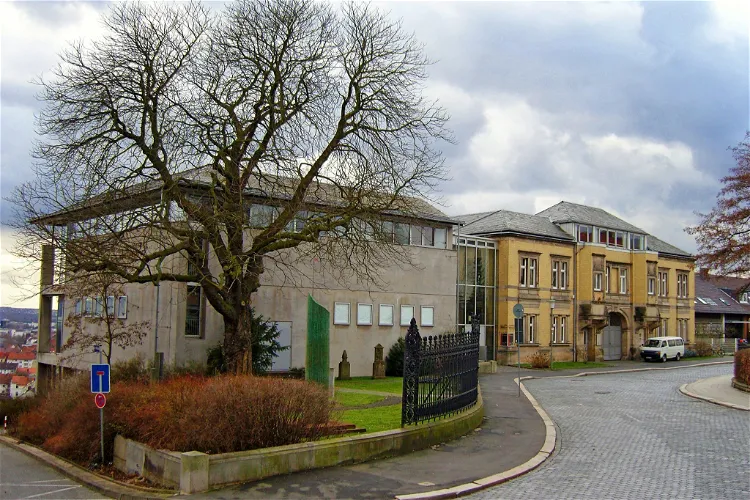
Museum für Sepulkralkultur
KasselThe Museum für Sepulkralkultur, located on Weinbergstraße in Kassel, is a cultural history museum that opened its doors in 1992. It is dedicated to the themes of death, burial, mourning, and remembrance, providing a unique perspective on these universal aspects of human life.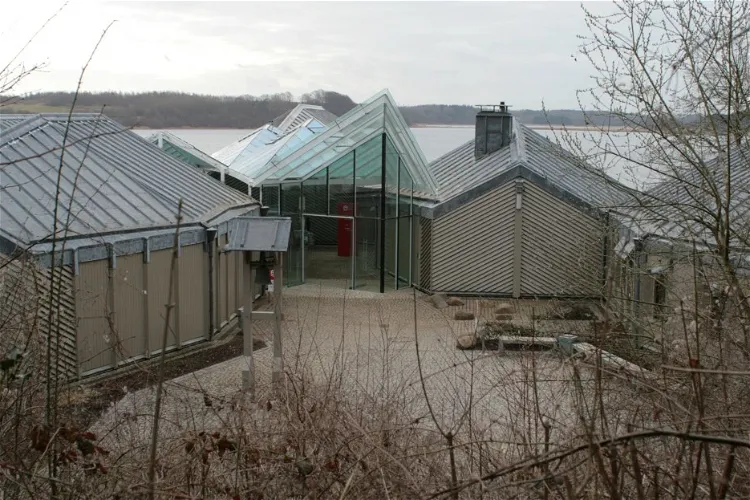
Hedeby Viking Museum
BusdorfThe Hedeby Viking Museum, located near the historic settlement of Hedeby in the state of Schleswig-Holstein, Germany, offers visitors a unique opportunity to delve into Viking history. The museum is situated in what was once Denmark's oldest city, providing a rich historical context for the exhibits and reconstructions on display.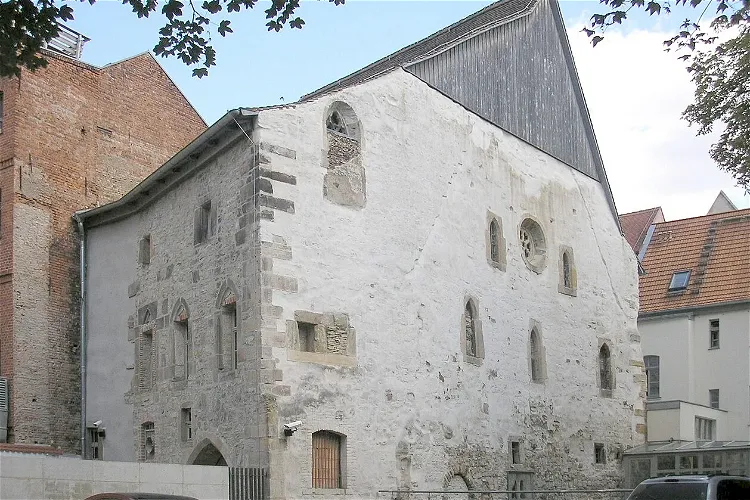
Old Synagogue
ErfurtThe Old Synagogue in Erfurt, with its age of over 900 years, holds the distinction of being the oldest preserved synagogue in Europe. This former synagogue is a testament to the rich Jewish history of the region and offers a unique glimpse into the past. Its location in the heart of Erfurt's old town adds to its historical charm and significance.
Academic Art Museum
BonnThe Akademisches Kunstmuseum, or Academic Art Museum, is located in Bonn, Germany. It is home to the antique collection of the University of Bonn, which includes more than 2,700 plaster casts of antique statues and reliefs, as well as over 25,000 original pieces. This extensive collection provides a unique opportunity for visitors to explore the rich history and culture of ancient civilizations.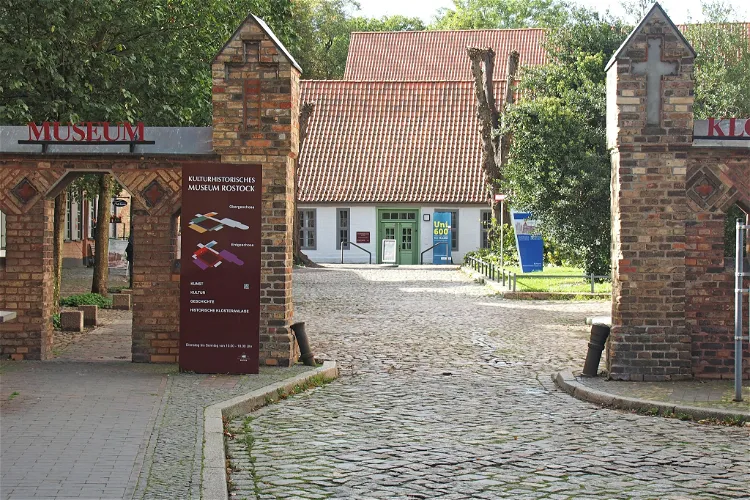
Culture Museum Rostock
RostockThe Culture Museum Rostock, originally named the Municipal Art and Antiquity Museum Rostock, is a significant cultural institution in Mecklenburg-Vorpommern. Established in 1859, it is one of the largest museums in the region, offering a rich collection of art and historical artifacts.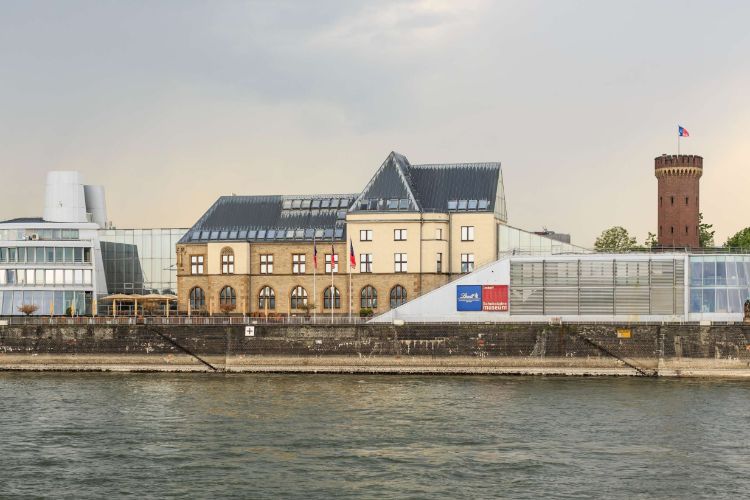
Schokoladenmuseum Köln
CologneThe Schokoladenmuseum Köln (also known as the Imhoff-Schokoladenmuseum and Imhoff chocolate museum is a museum in Cologne that is dedicated to chocolate. The museum illustrates the history of chocolate, from its beginnings with the Olmecs, Maya and Aztecs to contemporary products and production meth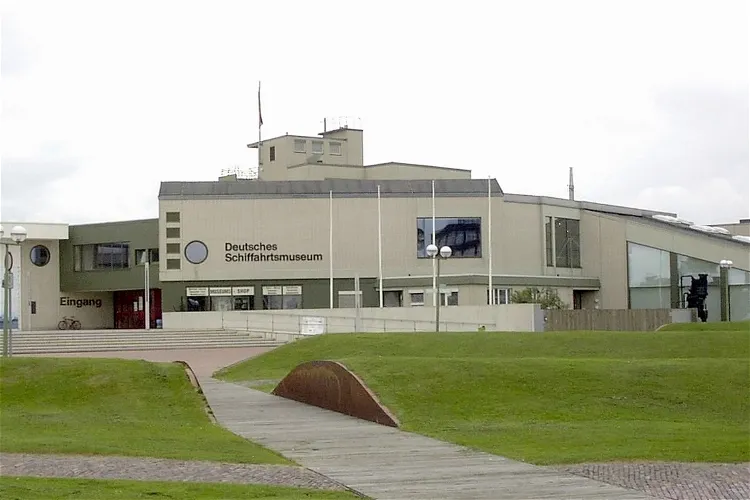
German Maritime Museum
BremerhavenThe Deutsches Schifffahrtsmuseum (DSM), or the German Maritime Museum, is the national maritime museum of Germany. It is situated in the city of Bremerhaven, a location chosen due to the central role played by the port of Bremen in German maritime history, both for trade and as the main port of embarkation for emigration to the Americas.
Roman-German Museum
CologneThe Romano-Germanic Museum (Roman-German Museum) is an archaeological museum in Cologne that holds and exhibits Roman artifacts from the Roman settlement of Colonia Claudia Ara Agrippinensium, the Roman settlement on which the city of Cologne is built. The museum can be seen as an archaeological sit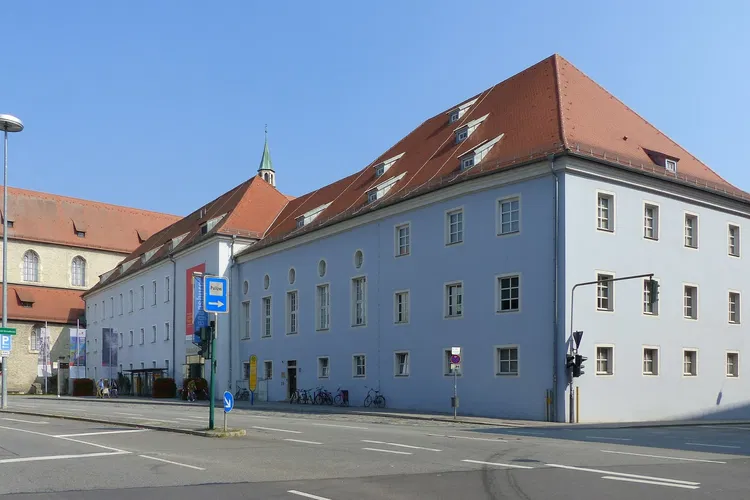
Regensburg Museum of History
RegensburgThe Historisches Museum in Regensburg, Bavaria, offers a comprehensive look into the history, art, and culture of Regensburg and Eastern Bavaria. Spanning from the Stone Age to the present day, the museum provides a unique opportunity to delve into the region's rich past. Visitors can explore a variety of exhibits that showcase the evolution of the area over thousands of years.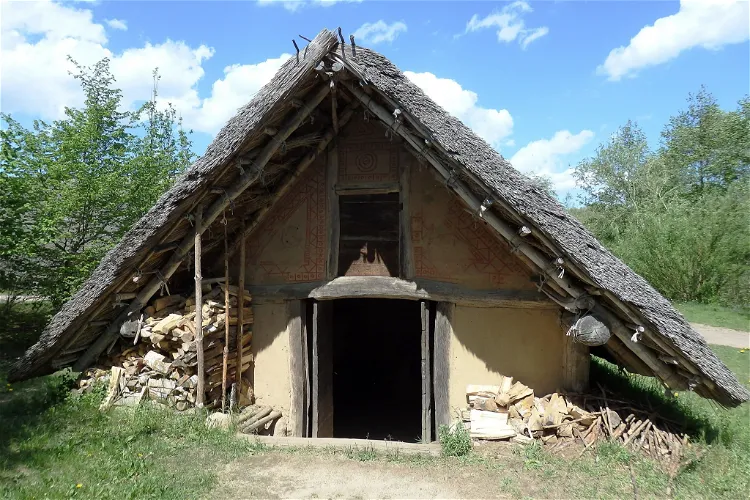
Hitzacker Archaeological Centre
HitzackerThe Hitzacker Archaeological Centre is an open-air museum located in Hitzacker, Lower Saxony. The museum's main focus is on the representation of Bronze Age settlement methods. This provides a unique opportunity for visitors to gain insights into the living conditions and lifestyle of people during the Bronze Age.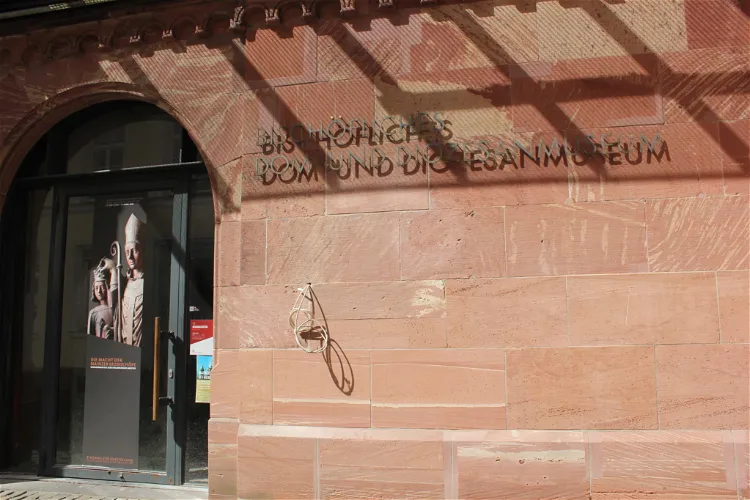
Dom- und Diözesanmuseum (Mainz)
MainzThe Episcopal Museum of the Cathedral and Diocese of Mainz, also known as Dom- und Diözesanmuseum, is situated in the cloister of the Saint Martin Cathedral. This location is in the heart of the old town of Mainz, providing visitors with a historical setting that complements the museum's collections. The museum building, made of sandstone, is located at the foot of the cathedral, adding to the overall historical ambiance.
St. Anne's Museum Quarter, Lübeck
LübeckThe St. Anne's Museum Quarter in Lübeck, Germany is a significant historical site, located in a former abbey of the Order of Saint Augustine. This red brick abbey, which is situated next to the Church of St. Giles, was built just before the Protestant Reformation, between 1502 and 1515, in late Gothic style. The abbey was dedicated to St. Anne, the mother of the Virgin Mary.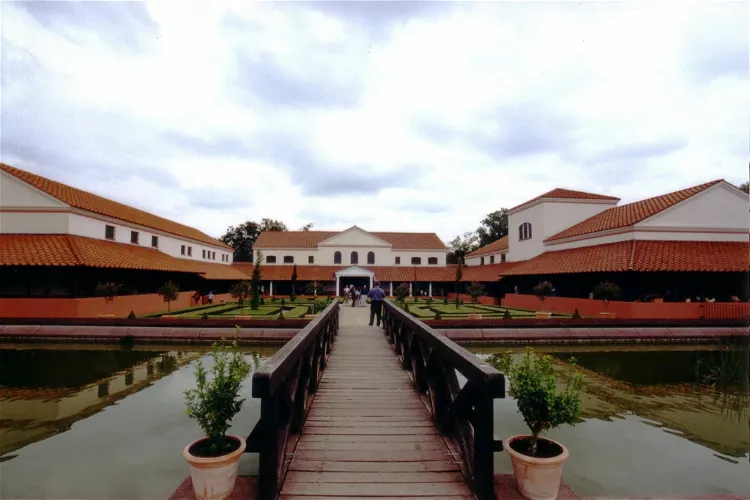
Roman Villa Borg
BorgThe Roman Villa Borg is a reconstructed Roman villa rustica, situated near the villages of Borg and Oberleuken, in the municipality of Perl, Saarland, Germany. This historical site offers a unique opportunity to explore a piece of ancient Roman history in a modern setting.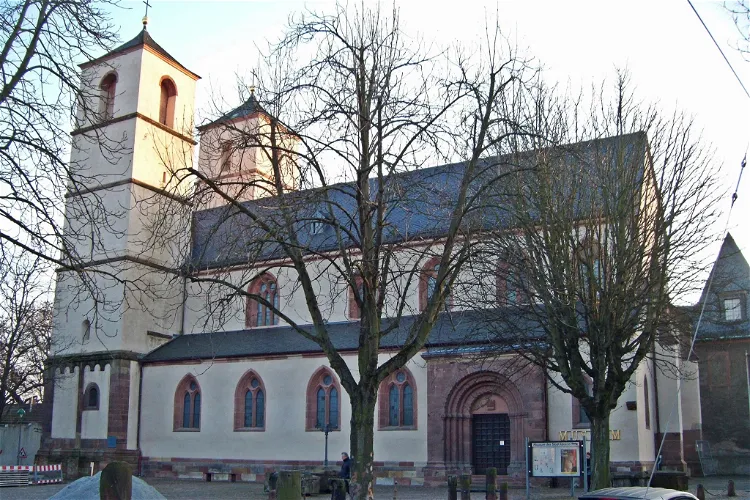
Worms City Museum
WormsThe Worms City Museum is housed in the building of the former Andreasstift. This historic building complex, which includes a courtyard, is a protected monument. The museum is managed by the city of Worms in Rhineland-Palatinate.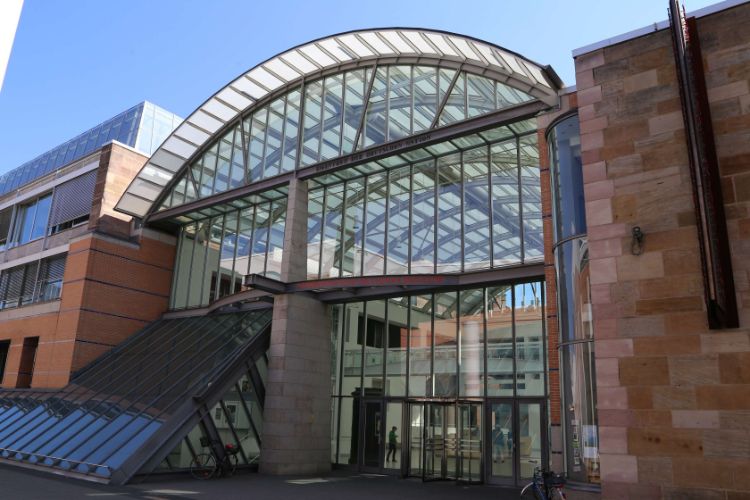
Germanisches Nationalmuseum
NurembergThe Germanisches Nationalmuseum is the largest museum of cultural history in Germany, located in Nuremberg. The museum holds and exhibits a large collection of items related to German culture and art from prehistoric times to the present day. The collection consists of around 1,3 million objects of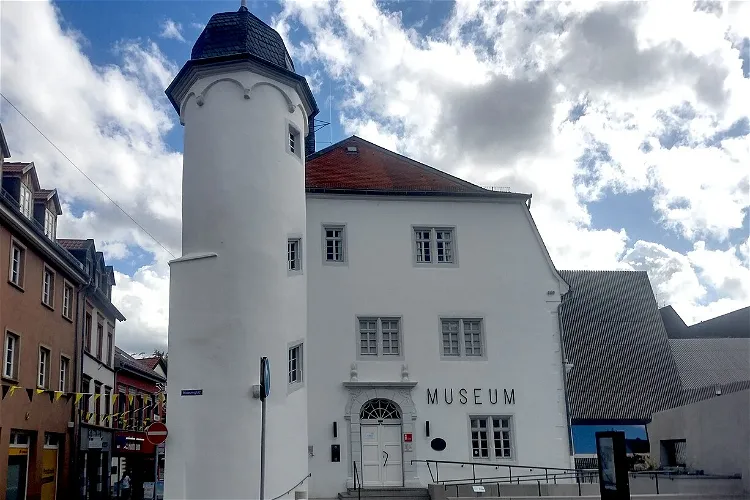
Museum Alzey
AlzeyThe Museum of the City of Alzey, a local history museum, was established in 1906 by the Antiquities Association for Alzey and its surroundings. The museum's mission is to explore the history and natural conditions of Alzey and its surroundings, collect and preserve antiquities and natural objects, and exhibit them.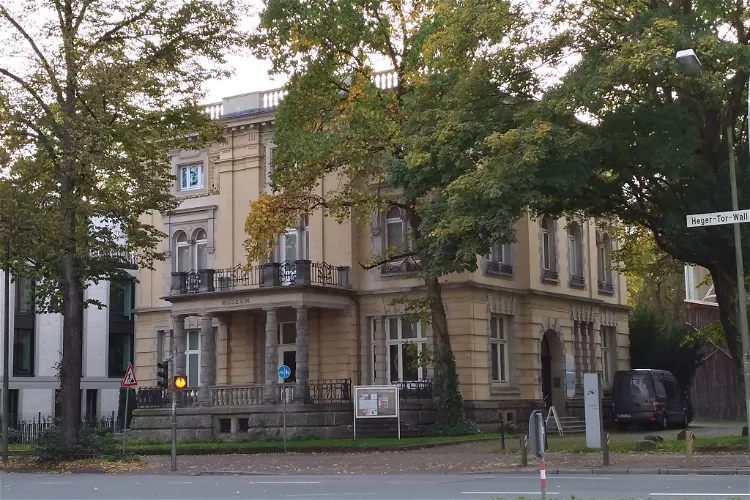
Kulturgeschichtliches Museum
OsnabrückThe Kulturgeschichtliches Museum Osnabrück, also known as the Museum am Heger Tor, is a museum located in Osnabrück. It showcases a wide range of exhibits that cover various aspects of history and culture. These include prehistory and early history, city history and everyday culture, as well as ancient art, arts and crafts and design. The museum also houses a collection of costumes, weapons and armor, coins and medals.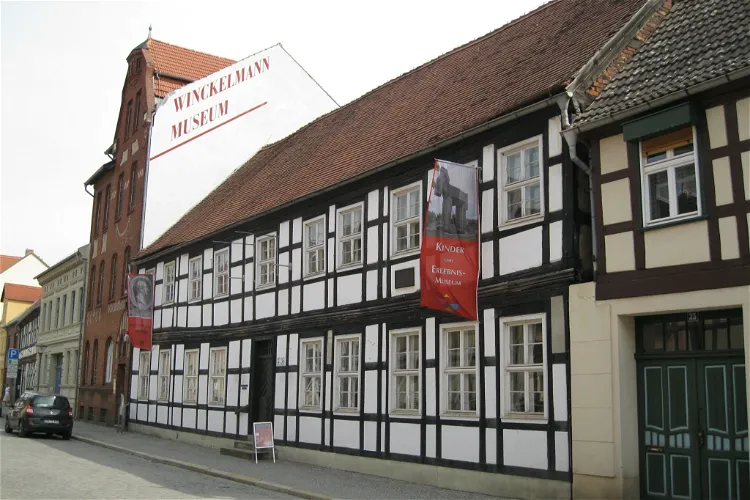
Winckelmann Museum
StendalThe Winckelmann Museum, located in Stendal, is dedicated to the life and work of Johann Joachim Winckelmann, the founder of Classical Archaeology. The museum is situated at the birthplace of Winckelmann and was opened on January 31, 1955. It remains the only museum dedicated to Winckelmann and his contributions to the field of archaeology.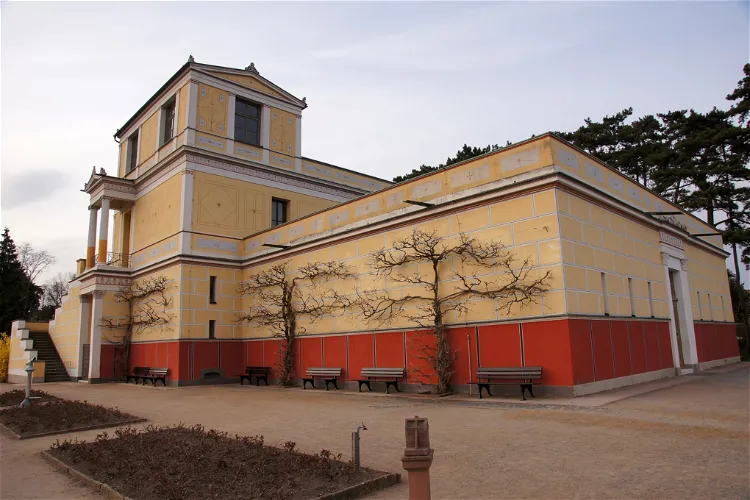
Pompejanum
AschaffenburgThe Pompejanum in Aschaffenburg is a unique attraction as it is a replica of a Roman villa, specifically modeled after the Casa dei Dioscuri in Pompeii. This architectural marvel stands on the high bank of the Main, offering a glimpse into the ancient Roman lifestyle and culture.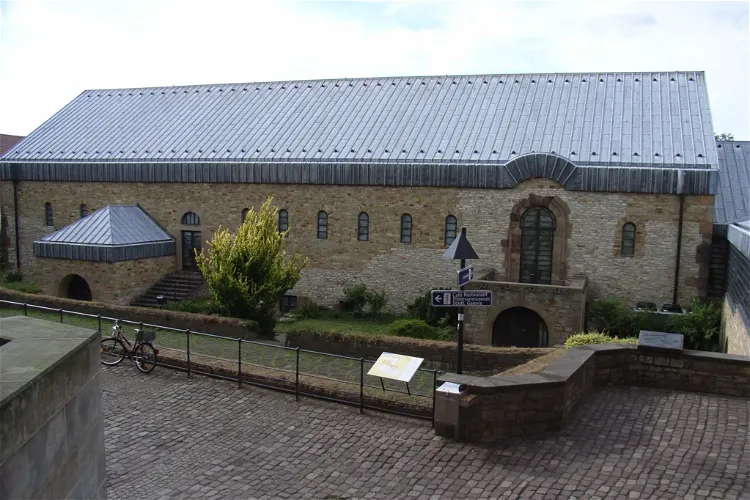
LWL-Museum in der Kaiserpfalz
PaderbornThe LWL-Museum in der Kaiserpfalz is situated in the East Westphalian city of Paderborn, in the North Rhine-Westphalia region of Germany. It is conveniently located near the city's cathedral, making it an accessible destination for tourists visiting the area.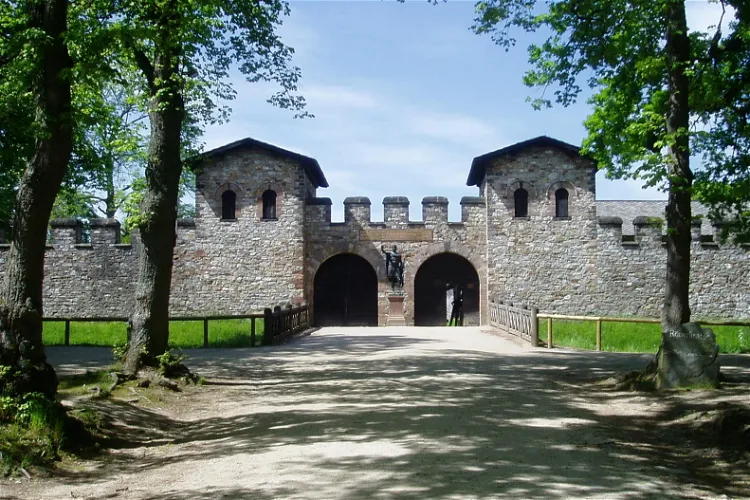
Saalburg
Bad Homburg vor der HöheLa Saalburg is an ancient Roman fort located in the Taunus mountain range, in the state of Hesse, Germany. It was part of the Germanic Limes, a series of forts established at the northern border of the Roman Empire. This historical site offers a unique insight into the Roman Empire's northernmost frontier and its defensive structures. It's a great place for history enthusiasts and those interested in archaeology.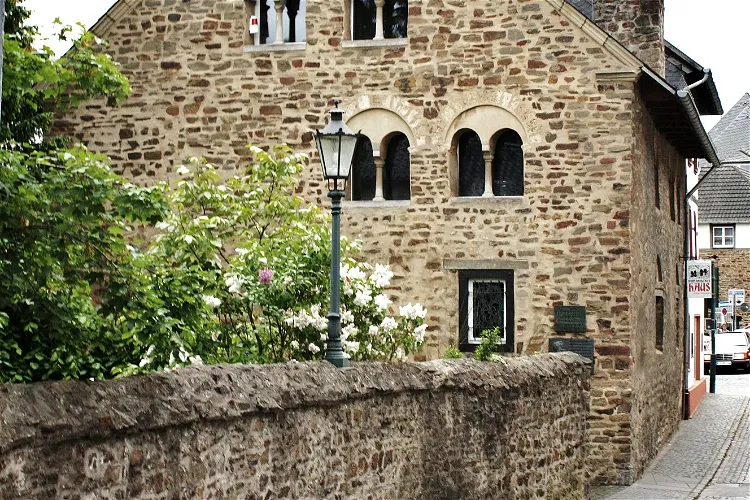
Hürten Heimatmuseum
Bad MünstereifelThe Hürten Heimatmuseum is situated in the charming town of Bad Münstereifel, in the Euskirchen district of North Rhine-Westphalia. This location offers visitors the opportunity to explore the rich history and culture of the region, while also enjoying the natural beauty and tranquility of the surrounding area.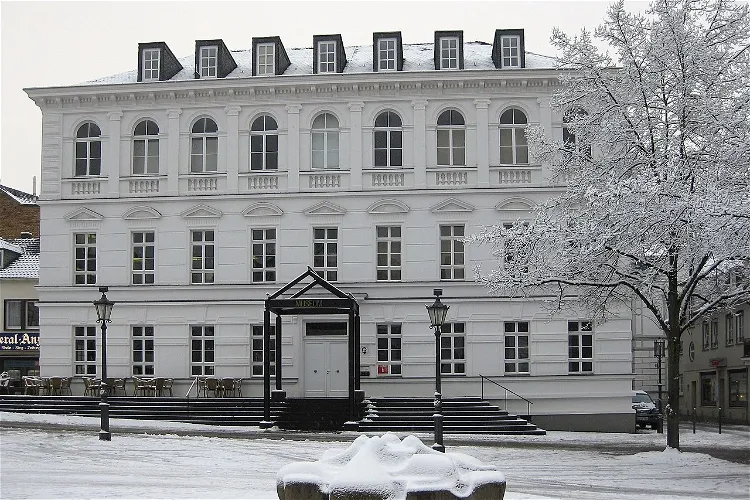
Stadtmuseum Siegburg
SiegburgThe Stadtmuseum Siegburg is a museum that focuses on archaeology, art, and cultural history. It provides a comprehensive documentation of the history of Siegburg, from its earliest times to the present day. The museum's exhibits cover a wide range of topics, making it a fascinating destination for anyone interested in learning more about the city's past.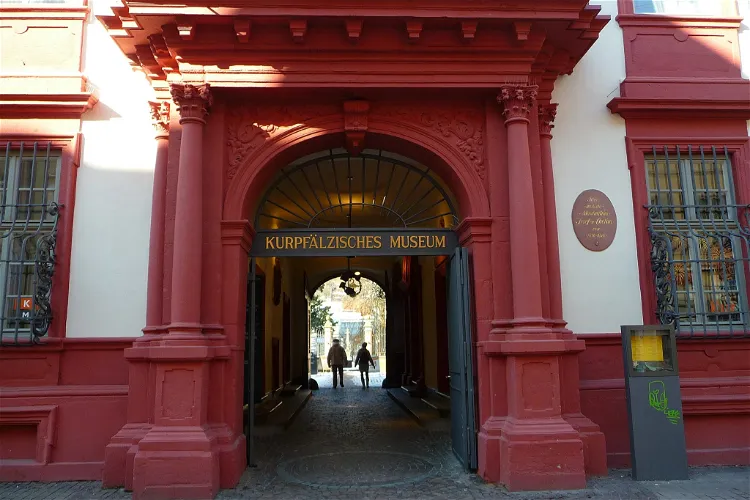
Palatinate Museum
HeidelbergThe Palatinate Museum, also known as the Kurpfälzisches Museum, is a renowned museum of art and archaeology situated in Heidelberg, Germany. The museum is housed in the historic Palais Morass, adding to its charm and appeal.
Roemer-und-Pelizaeus-Museum
HildesheimThe Roemer and Pelizaeus Museum, located in Hildesheim, Germany, is a renowned institution dedicated to art and archaeology. The museum is named in honor of Hermann Roemer and Wilhelm Pelizaeus, two significant figures in its establishment and development.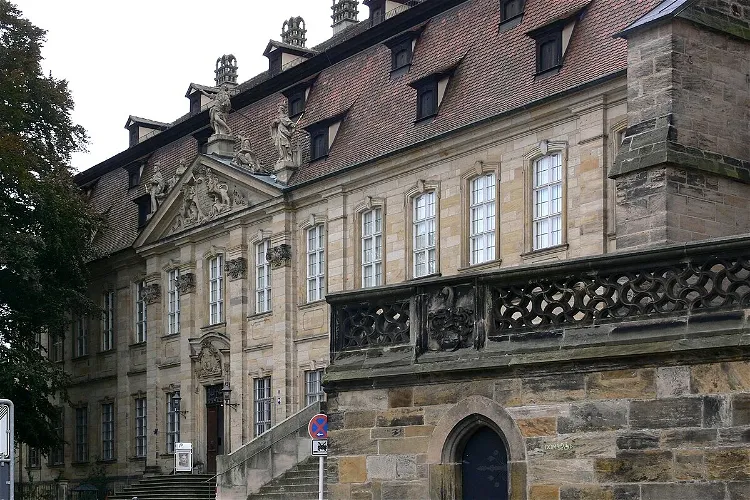
Bamberg Diocesan Museum
BambergThe Bamberg Diocesan Museum, situated in the chapter house adjacent to the cathedral, is home to a vast collection of art treasures. These treasures originate from the old cathedral treasury of Bamberg Cathedral and span the entire archdiocese. The museum offers a unique opportunity to explore the rich history and artistic heritage of the region.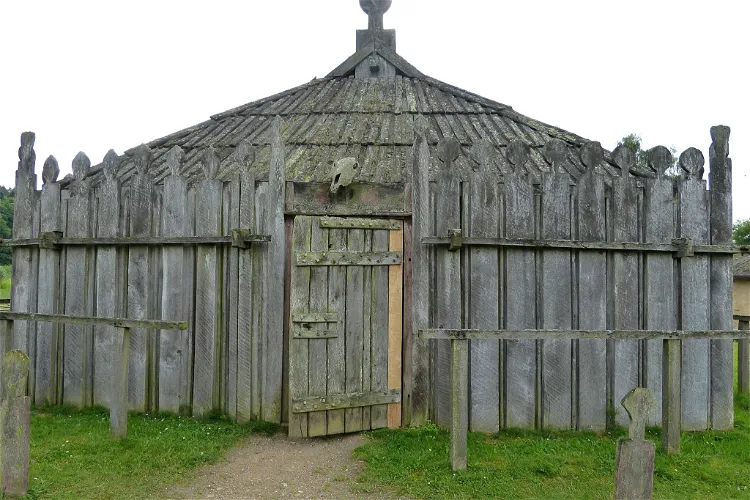
Groß Raden Archaeological Open Air Museum
SternbergThe Groß Raden Archaeological Open Air Museum is situated in the German state of Mecklenburg-Vorpommern, a few kilometres north of the small town of Sternberg and about a kilometre northeast of the village of Groß Raden. This location makes it easily accessible for tourists visiting the region.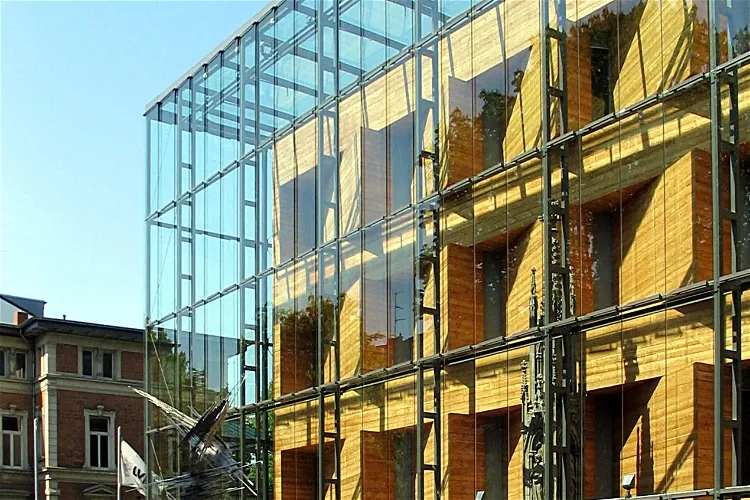
Rhinish Regional Museum Bonn
BonnThe Rheinisches Landesmuseum Bonn, also known as LVR-LandesMuseum Bonn, is a museum located in Bonn, Germany. It is managed by the Rhineland Landscape Association. The museum is one of the oldest in the country and has undergone extensive renovations in 2003.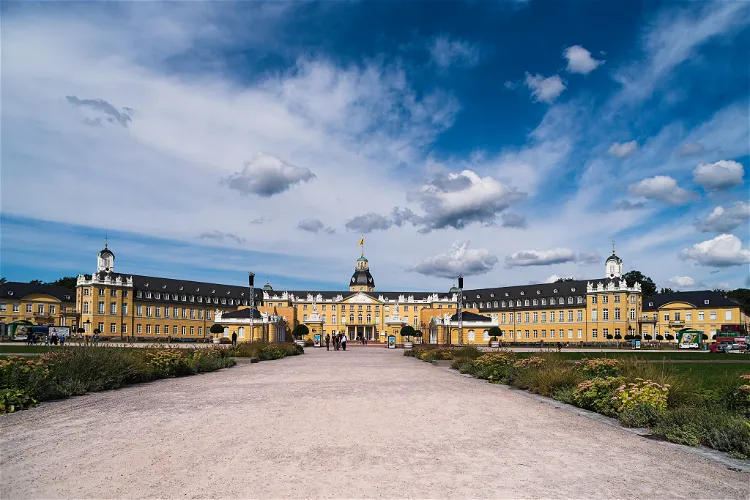
State Museum of Baden
KarlsruheThe Badisches Landesmuseum, or the Baden State Museum, is a significant historical and artistic institution in Baden-Wurttemberg. Established in 1919, the museum has been housed within the castle in Karlsruhe since 1921. This location adds a unique historical charm to the museum, making it a fascinating destination for tourists interested in history, art, and architecture.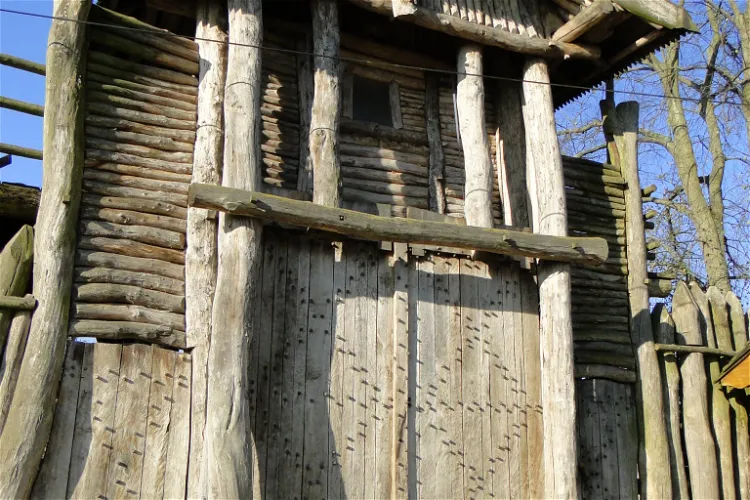
Slavic Village Passentin
PenzlinThe Slawendorf Passentin is an archaeological open-air museum situated in the Passentin district of Penzlin, in the Mecklenburg Lake District of Mecklenburg-Western Pomerania, Germany. This museum offers a unique opportunity to explore the historical and cultural heritage of the region, with buildings reconstructed based on archaeological findings from the 9th and 10th centuries.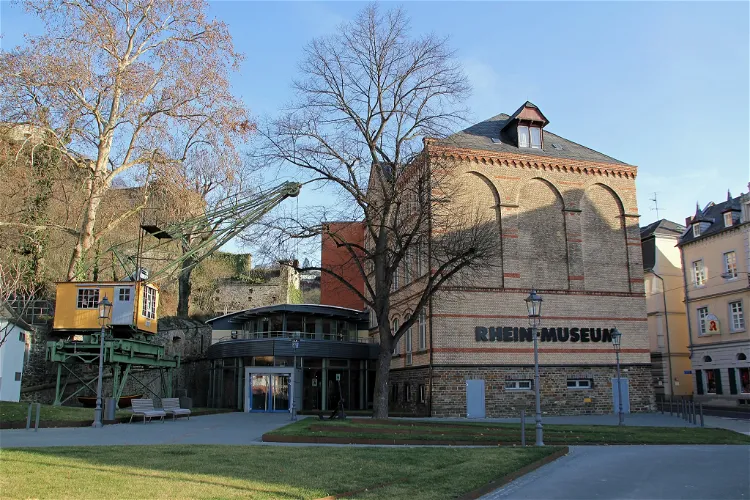
Rhein-Museum Koblenz
KoblenzThe Rhein-Museum Koblenz is a cultural-historical museum located in Koblenz. It provides a comprehensive view of life on the Rhine, covering various aspects such as shipping, ecology, hydrology, Rhine romanticism, tourism, economy, and history. This museum offers a unique opportunity to delve into the rich cultural landscape of the Rhine.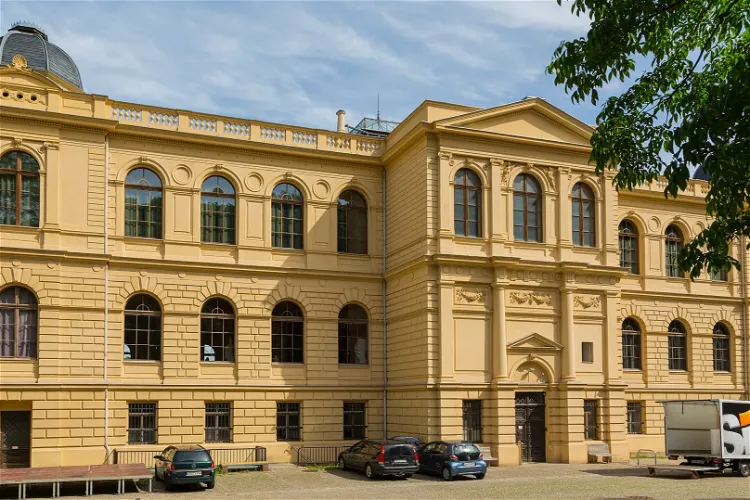
Lindenau-Museum
AltenburgThe Lindenau-Museum is renowned for its extensive collection of Italian paintings from the late Gothic and early Renaissance periods, dating from the 13th to the 15th centuries. This collection is one of the largest of its kind outside Italy, making the museum a significant destination for art enthusiasts and historians alike.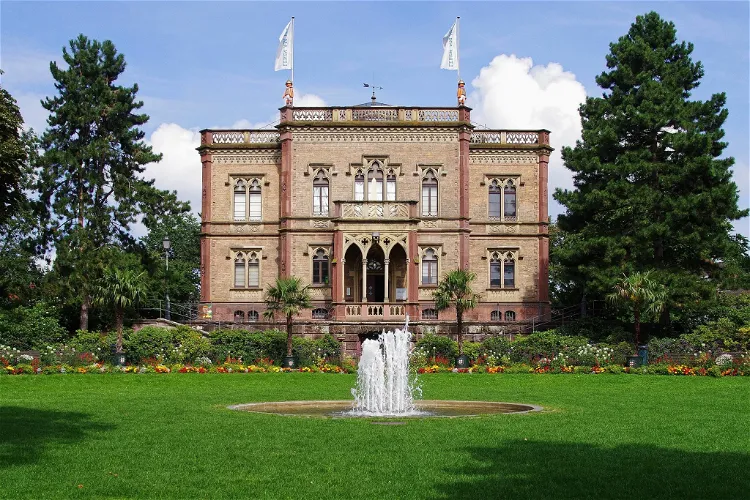
Colombischlössle Archeological Museum
Freiburg im BreisgauThe Colombischlössle Archeological Museum is situated in the neo-Gothic villa Colombischlössle in Freiburg im Breisgau. This location adds a unique architectural charm to the museum, enhancing the overall visitor experience. The villa itself is a sight to behold, with its intricate design and historical significance.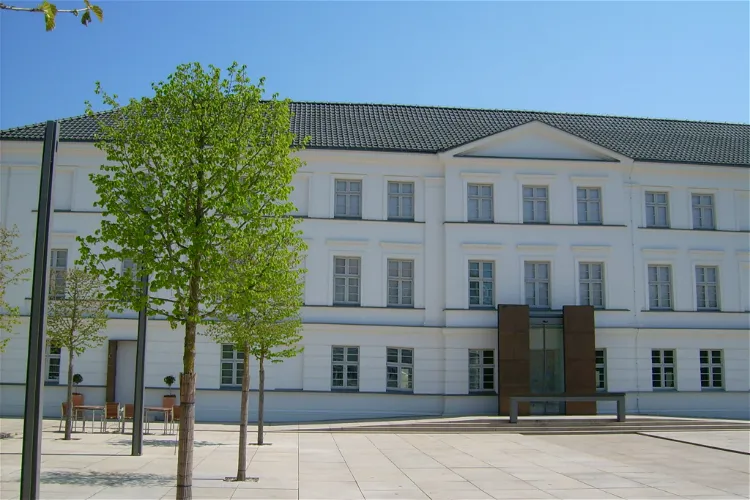
Pomeranian State Museum
GreifswaldThe Pomeranian State Museum, located in Greifswald, Western Pomerania, is a public institution that primarily focuses on the history and arts of the Pomeranian region. It provides a comprehensive insight into the cultural heritage of the area, making it a significant destination for those interested in understanding the historical and artistic context of Pomerania.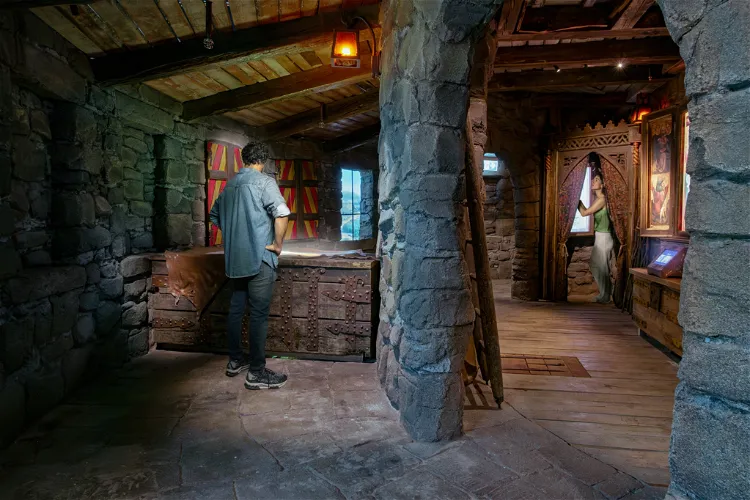
Deutschlandmuseum
BerlinThe immersive history experience! Travel through 2000 years of German history: sneak round a castle, operate Gutenberg’s printing press, dance in the roaring 20s and see the ruins of Berlin after WW2. Finish in the 1990s on a Berlin S-Bahn. THEA Award Winner 2024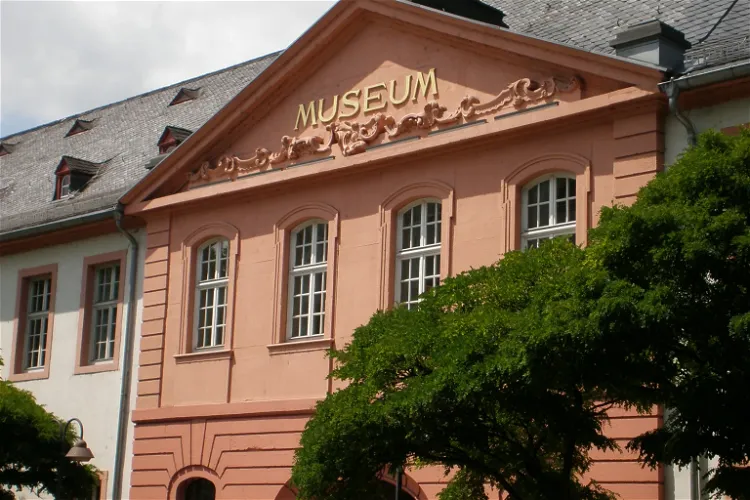
Mainz State Museum
MainzThe Mainz State Museum, also known as Landesmuseum Mainz, is a significant institution in Mainz, Germany, dedicated to the preservation and exhibition of art and history. The museum's collections span a wide range of periods and cultures, offering visitors a comprehensive insight into the rich history and artistic heritage of the region.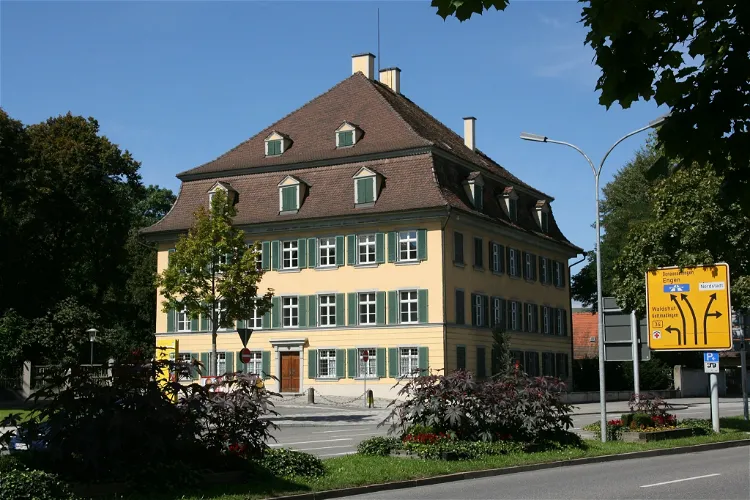
Archäologisches Hegau-Museum
Singen (Hohentwiel)The Oberes Schloss Singen, also known as Schloss Singen or Enzenbergsches Schloss, is a significant historical site located in the city of Singen. It is situated in close proximity to the town hall, in the district of Konstanz in Baden-Württemberg. This castle offers a glimpse into the rich history and architectural grandeur of the region.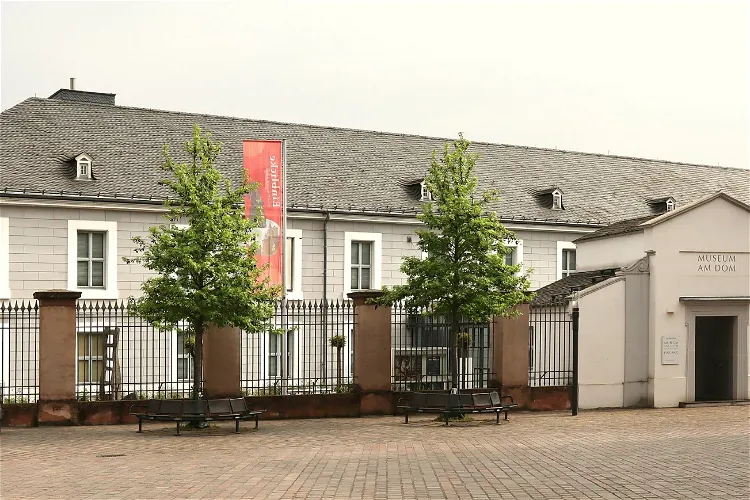
Trier Cathedral Museum
TrierIn addition to its main focus, the Museum am Dom Trier also conducts research on the late antique predecessor buildings of the Trier Cathedral, which is the oldest German bishop's church. This research provides valuable insights into the architectural evolution of the cathedral and its historical significance.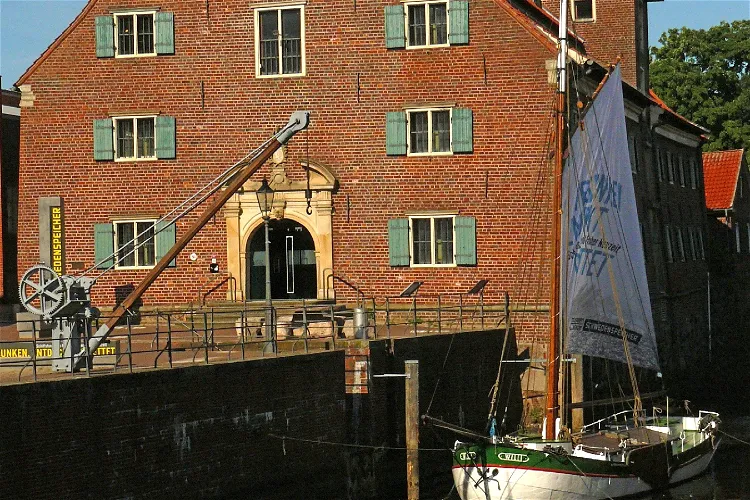
Schwedenspeicher
StadeThe Schwedenspeicher Museum, which was renamed Museum Schwedenspeicher in 2011, has been a regional museum in the Hanseatic city of Stade in Lower Saxony since 1977. The museum is housed in a baroque brick building from the second half of the 17th century, which was built during the city's 67-year affiliation with Sweden. The museum's content focuses on the archaeology and history of the Elbe-Weser region in general and the city of Stade in particular.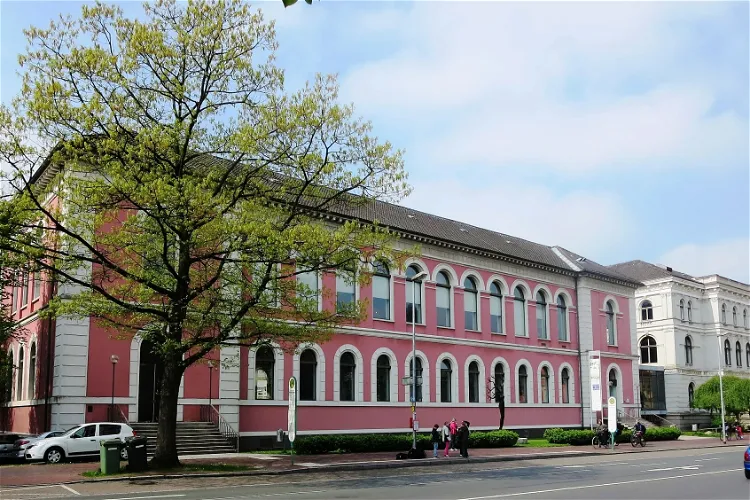
State Museum for Nature and Man
OldenburgThe State Museum for Nature and Man in Oldenburg is a regionally significant collection museum. It houses departments of Archaeology, Natural History, and Ethnology, offering a diverse range of exhibits for visitors to explore. The museum's interdisciplinary permanent exhibition covers the themes of Moor, Geest, and Coast & Marsh, providing a comprehensive insight into the natural and cultural history of the region.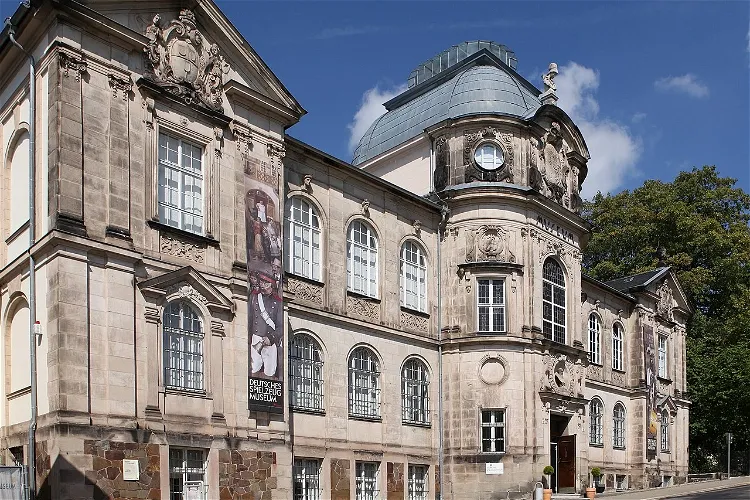
Deutsches Spielzeugmuseum
SonnebergThe Deutsches Spielzeugmuseum, located in Sonneberg, Thuringia, was established in 1901 by teacher Paul Kuntze. This museum, being the oldest toy museum in Germany, holds a significant place in the country's cultural and historical landscape.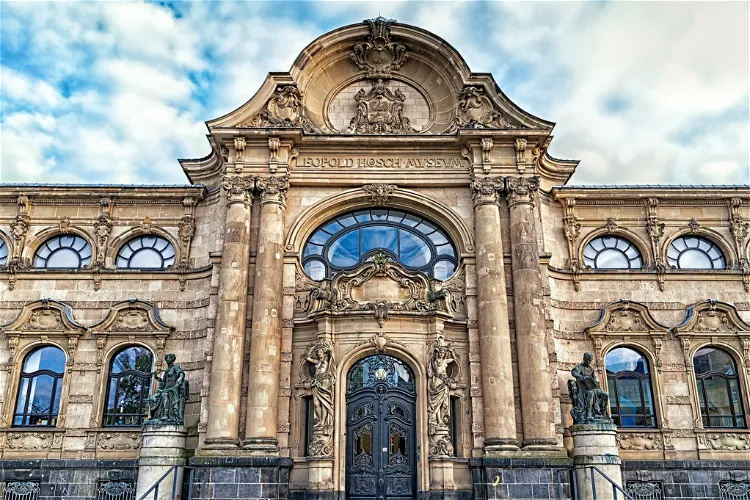
Leopold-Hoesch-Museum
DurenThe Leopold-Hoesch-Museum is a painting museum situated in the German city of Düren. It was inaugurated on November 8, 1905, and is named after Leopold Hoesch, a German industrialist and founder of the steel company Hoesch AG. The museum is housed in a richly decorated neo-baroque style building, designed by architect Georg Frentzen.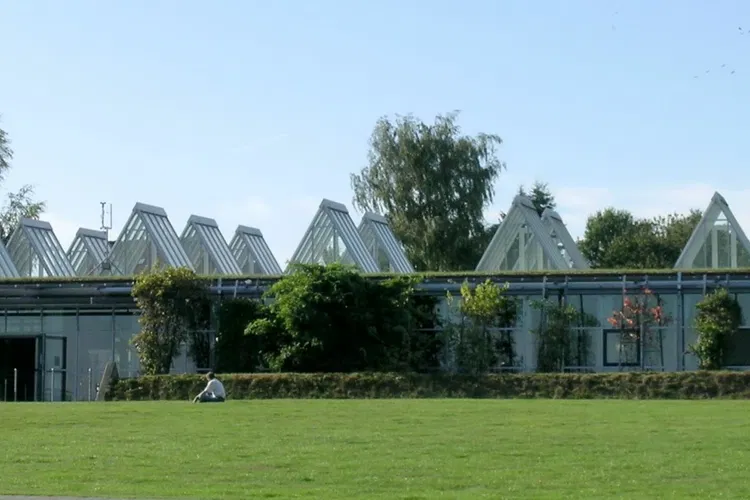
Aliso (Roman camp)
Haltern am SeeAliso, a Roman military establishment, was built by Augustus near the current Haltern am See. This was part of his plan to create the Roman province of Germania. Today, this historical site offers a glimpse into the past, providing an understanding of the Roman military strategies and architectural prowess.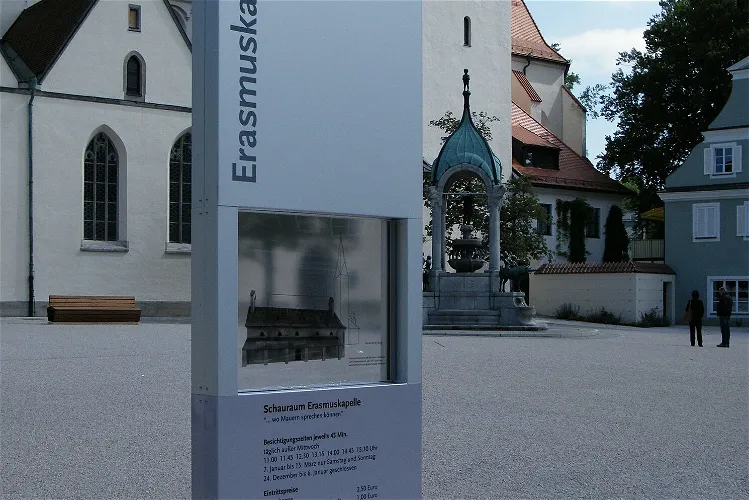
Erasmuskapelle
Kempten (Allgäu)Archaeological investigations conducted between 2003 and 2010 revealed approximately 500 burial sites of a former cemetery. The preserved parts of this archaeological monument were opened to the public in 2010, and it has since been recognized as a tourist attraction.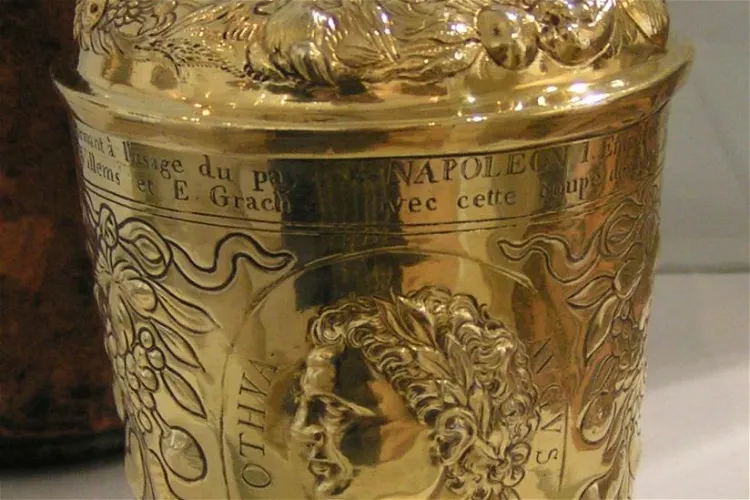
City Museum Simeonstift Trier
TrierThe City Museum Simeonstift Trier, previously known as the 'Municipal Museum Trier', is situated in the buildings of the former Simeonstift. It is located around the fountain courtyard, directly adjacent to the Porta Nigra, a significant Roman city gate. The museum's location adds to its historical charm and provides a unique setting for the exploration of Trier's rich history.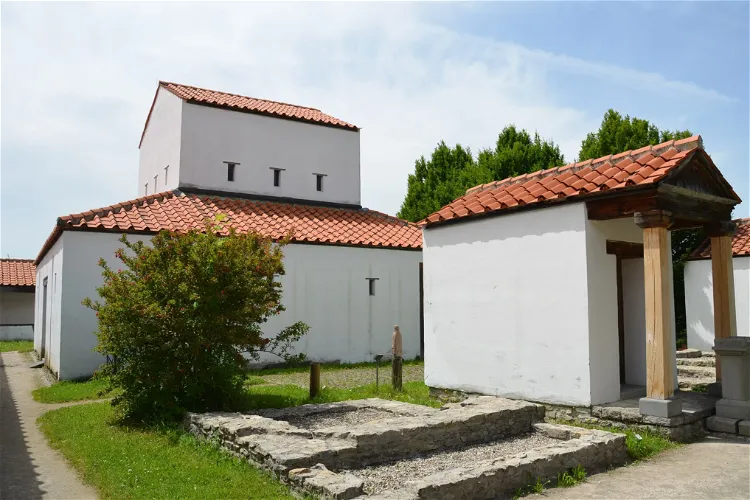
Cambodunum Archaeological Park
Kempten (Allgäu)The Cambodunum Archaeological Park in Kempten (Allgäu) is a significant historical site that offers a unique insight into the Roman-era town of Cambodunum during the time of Emperor Augustus. The park, which is an excavation site and museum, has been open to the public since 1983. It provides a fascinating glimpse into the past, allowing visitors to explore the remnants of a once-thriving Roman settlement.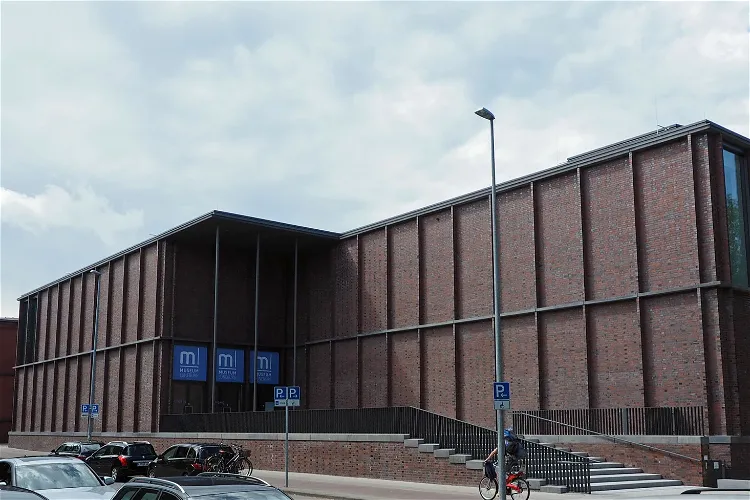
Museum Lüneburg
LüneburgMuseum Lüneburg is dedicated to the exploration of the cultural landscape of the Lower Saxon Hanseatic city of Lüneburg and its surroundings. It provides a comprehensive insight into the region's history, culture, and natural environment, making it a valuable destination for those interested in understanding the area's past and present.
Mercateum
KönigsbrunnThe Mercateum, located in Königsbrunn in the Augsburg district, is the world's largest globe based on historical cartography. This unique monument is a testament to the historical trade relations between Swabia, Franconia, and India. It was officially opened to the public on May 30, 2008, and has since been a significant attraction for those interested in history and cartography.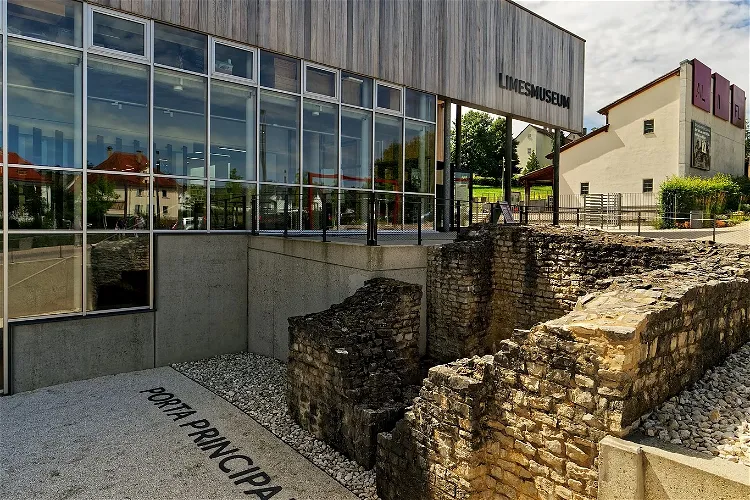
Limes Museum
AalenThe Limesmuseum Aalen is an archaeological museum that is operated by the city of Aalen. It is also a branch museum of the Archaeological State Museum of Baden-Württemberg and serves as one of the information centers for the UNESCO World Heritage Site "Upper Germanic-Rhaetian Limes". The museum is located on the site of the largest Roman cavalry fort north of the Alps, providing a unique insight into the history and culture of the region.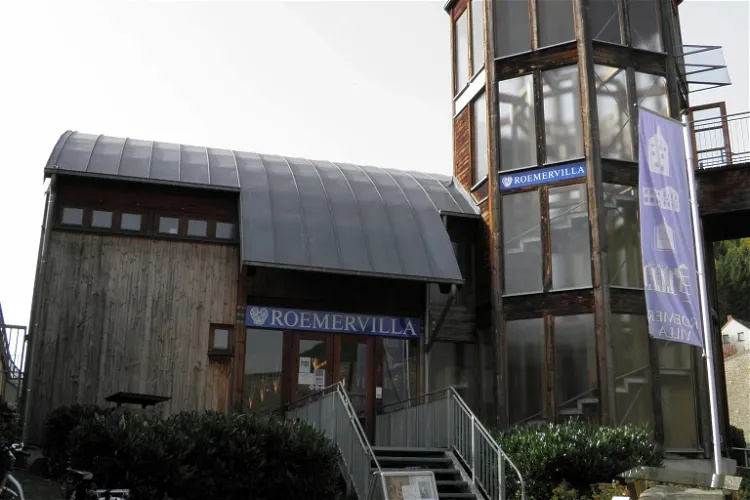
Museum Römervilla
Bad Neuenahr-AhrweilerThe Museum Römervilla, located near Bad Neuenahr Ahrweiler in Rhineland-Palatinate, is an archaeological site that houses the remains of a mid-1st century AD Roman villa. This site offers a unique opportunity to explore the history and architecture of the Roman era, providing a glimpse into the lifestyle of the Romans who once lived there.
LWL Museum of Archeology
HerneThe LWL Museum of Archaeology and Culture, also known as the Westphalian State Museum, is located in Herne. It is a state museum that is part of the Landscape Association Westphalia-Lippe (LWL). The museum is dedicated to showcasing the 250,000-year history of mankind in Westphalia through its exhibitions.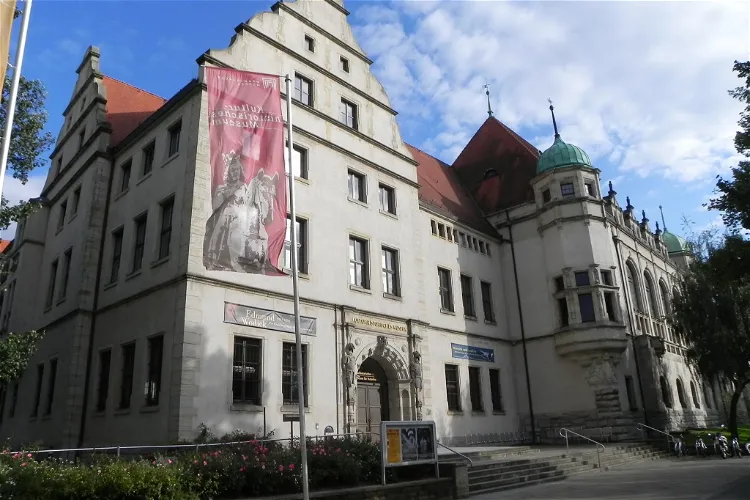
Museum of Cultural History
MagdeburgThe Kulturhistorische Museum Magdeburg (KHM), originally established in 1906 as the Kaiser-Friedrich Museum, is a cultural history museum located in Magdeburg. The museum's focus is on the city's history, which it presents through permanent and special exhibitions. It also showcases art-historical pieces.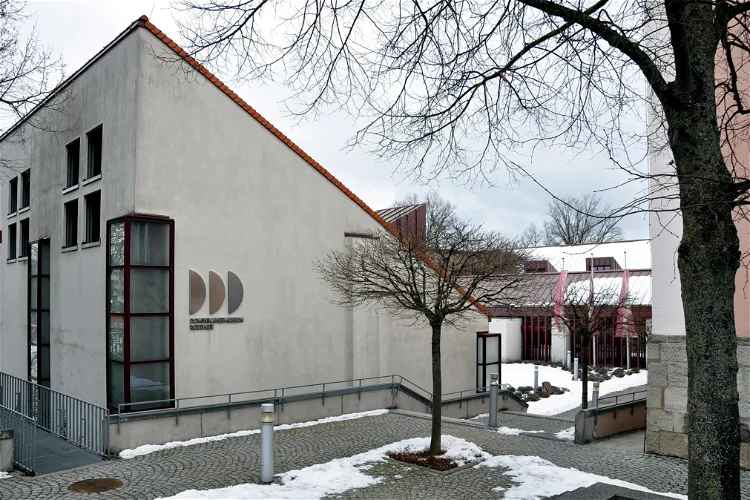
Dominican Museum Rottweil
RottweilThe Dominican Museum Rottweil, situated in the city of Rottweil, is a branch of the Landesmuseum Württemberg. It also falls under the jurisdiction of the Archäologisches Landesmuseum Baden-Württemberg. This connection to two significant institutions enhances the museum's credibility and ensures a high standard of exhibits.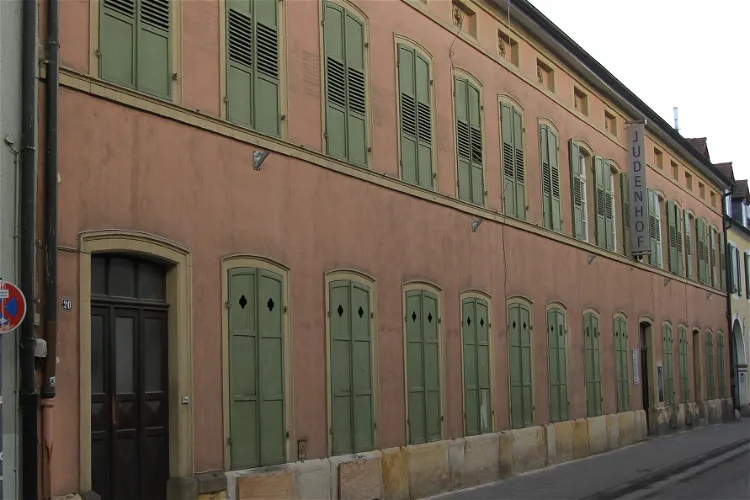
Museum SchPIRA
SpeyerThe Museum SchPIRA is situated in the city of Speyer, a location in the Rhineland-Palatinate region of Germany. This museum offers a unique insight into the Jewish history of the region, making it a significant destination for those interested in cultural and historical exploration.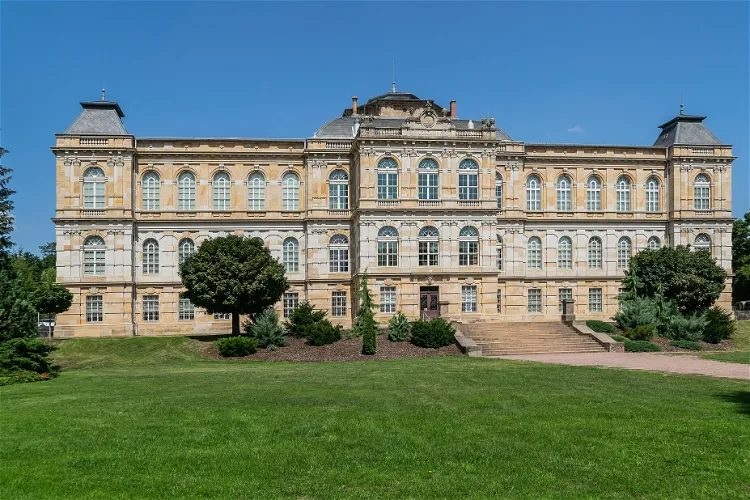
Herzogliches Museum
GothaThe Herzogliches Museum Gotha is a 19th-century museum building located opposite Schloss Friedenstein. It is designed in the style of the Neo-Renaissance, offering a unique architectural experience for visitors. The museum's location and design make it a significant landmark in the area.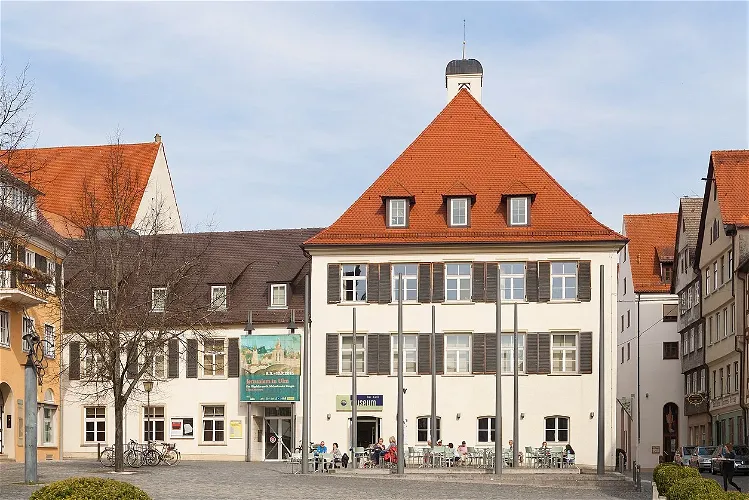
Museum Ulm
UlmThe Museum Ulm, established in 1924, is a renowned institution in Ulm, Germany, dedicated to art, archaeology, and urban and cultural history. The museum offers a comprehensive insight into the rich history and culture of the region, making it a significant destination for those interested in these fields.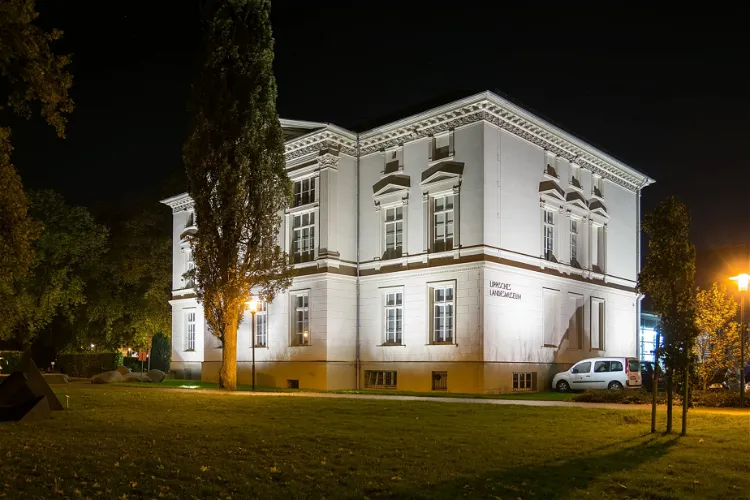
Lippisches Landesmuseum
DetmoldThe Lippisches Landesmuseum in Detmold holds the distinction of being the largest and oldest museum in Ostwestfalen-Lippe. This museum, supported by the Landesverband Lippe, is a significant cultural institution in the region, offering a wide range of exhibits and collections that span various fields of study.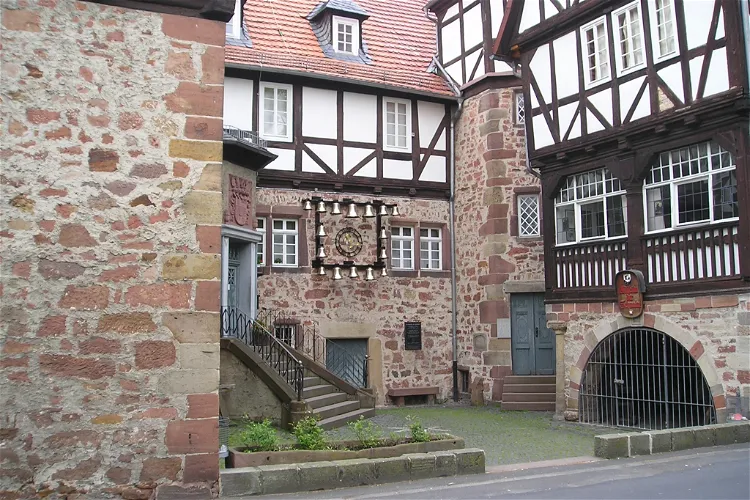
Museum der Schwalm
ZiegenhainThe Museum der Schwalm, situated in the Stone House on Paradeplatz in Schwalmstadt - Ziegenhain, is home to a folkloric collection that showcases the culture and history of the Schwalm region. This collection provides a unique insight into the traditions, lifestyle, and customs of the people who have lived in this area over the centuries.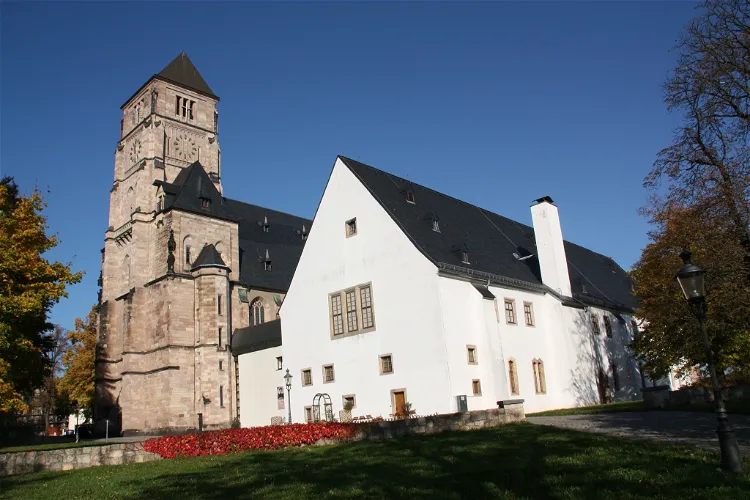
Schloßbergmuseum Chemnitz
ChemnitzThe Schloßbergmuseum is the city history museum of Chemnitz. It is situated in the Schloßchemnitz district on the grounds of an old Benedictine monastery. This location adds a historical charm to the museum, making it a unique place to learn about the city's history.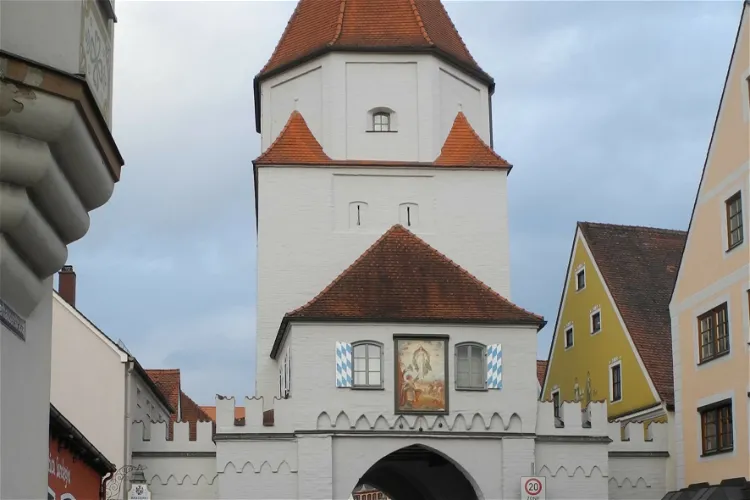
Wittelsbacher Museum
AichachThe Wittelsbacher Museum, previously known as the Wittelsbachermuseum Aichach, is an archaeological museum situated in the Swabian town of Aichach on the Paar in the district of Aichach-Friedberg. This museum is a significant destination for those interested in archaeology and the history of the region.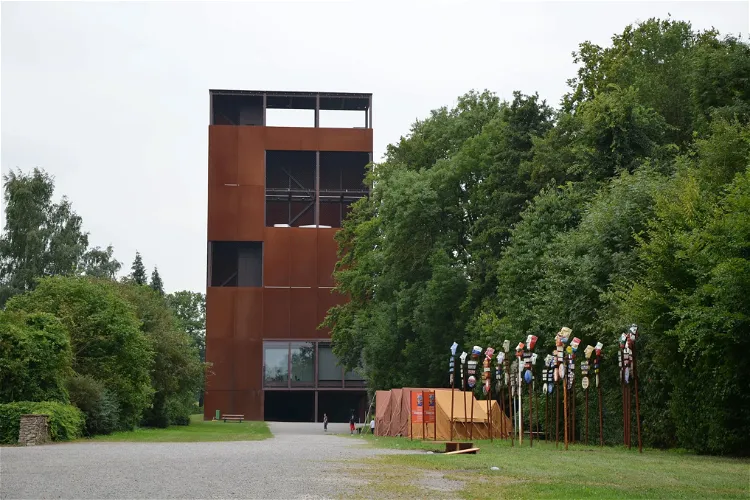
Varusschlacht im Osnabrücker Land - Museum und Park Kalkriese
BramscheMuseum und Park Kalkriese is an archaeological museum located in the Bramsche district of Kalkriese in the Osnabrück region. It features an attached open-air museum, providing visitors with a unique opportunity to explore the history and archaeology of the area.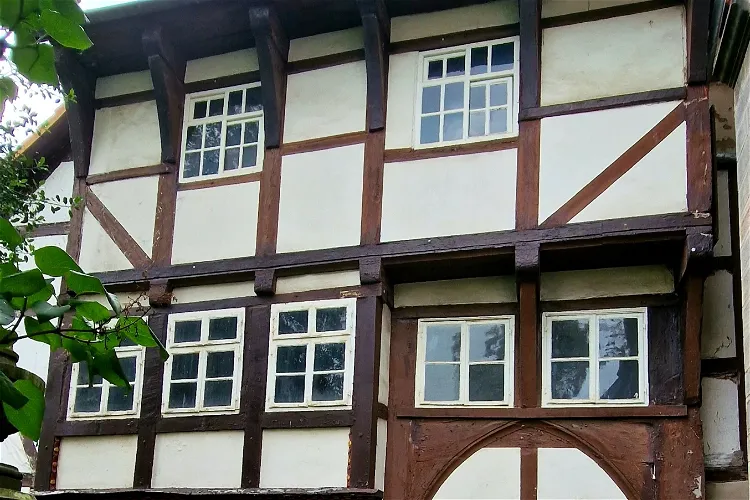
Städtisches Museum
GöttingenThe Städtische Museum Göttingen is a significant repository of the city's history and cultural heritage. It houses around 150,000 objects that trace the cultural evolution of Göttingen and its surroundings from the earliest settlements to the present day. This extensive collection provides a comprehensive insight into the city's past, making it a valuable resource for anyone interested in understanding the historical and cultural context of Göttingen.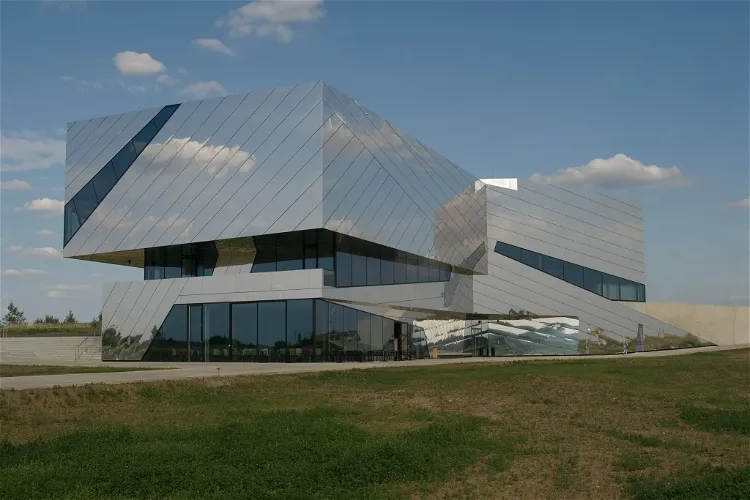
Paläon Research and Experience Center
SchöningenThe Schöningen Research Museum, located in the Helmstedt district, is a visitor center and museum that primarily focuses on the exhibition of the Schöningen Spears. These spears are significant as they provide a glimpse into life and environmental conditions around 300,000 years ago. The museum is situated near the discovery site of the spears in the former Schöningen brown coal open-cast mine, adding to the authenticity of the experience.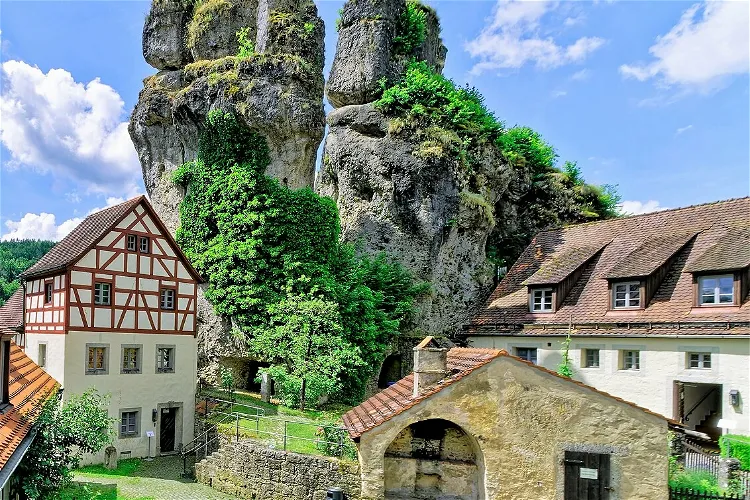
Fränkische-Schweiz-Museum
PottensteinThe Fränkische Schweiz-Museum (FSMT) in Tüchersfeld is a regional museum that offers a comprehensive overview of the Franconian Switzerland. The museum is spread over 43 rooms and covers approximately 800 m² of exhibition space. It provides a deep insight into the region's history, culture, and natural beauty.
Kelten- & Römermuseum Manching
ManchingThe Kelten-Römer-Museum, located in Manching, approximately ten kilometers southeast of Ingolstadt, is a branch of the Archaeological State Collection Munich. The museum was inaugurated on June 2, 2006, and offers a unique insight into the history and culture of the Celts and Romans.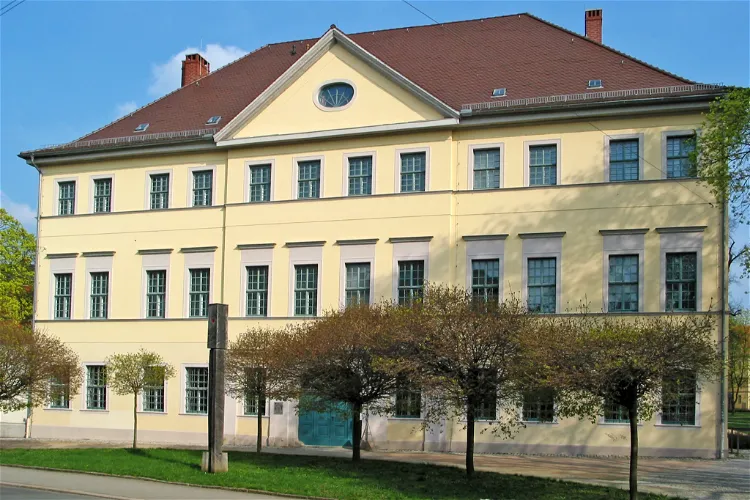
Museum of Prehistory and Early History of Thuringia
WeimarThe Museum für Ur- und Frühgeschichte Thüringens in Weimar is a unique institution that combines a museum with a 1000 m² exhibition area and the Thuringian State Office for Monument Conservation and Archaeology. This combination allows visitors to explore a wide range of exhibits and learn about the archaeological and historical significance of the region.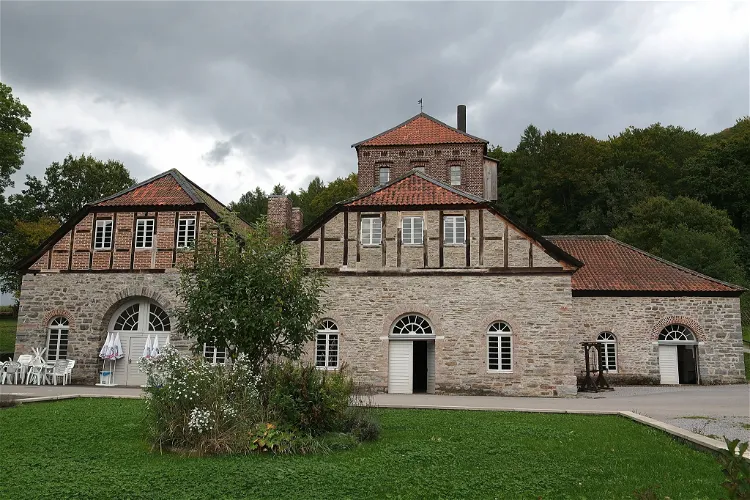
Luisenhütte
BalveThe Luisenhütte Wocklum in Balve is a significant historical site as it is the oldest preserved blast furnace facility in Germany with complete equipment. This makes it a unique destination for tourists interested in industrial history and technology. The facility offers a glimpse into the past, showcasing the technological advancements of the time.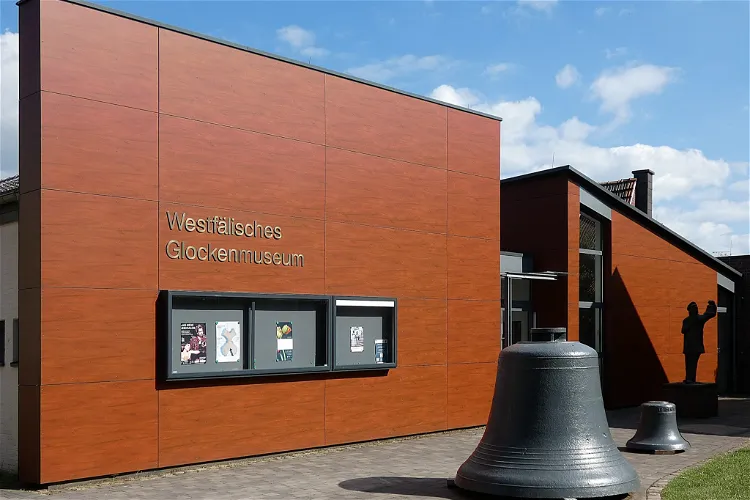
Westphalian Bell Museum Gescher
GescherThe Westphalian Bell Museum is situated in the charming municipality of Gescher, which is part of the Borken district in the Münster administrative district. This location offers visitors a chance to explore the rich history and culture of the region while also enjoying the unique exhibits of the museum.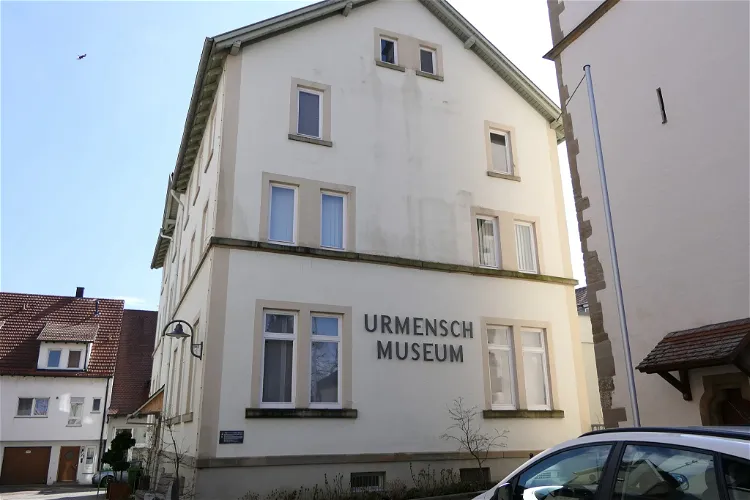
Urmensch-Museum
Steinheim an der MurrThe main exhibit of the Urmensch-Museum is a replica of the Homo steinheimensis skull. This skull was discovered in 1933 in Steinheim and is estimated to be about 400,000 years old. It provides a fascinating insight into the life of early humans.
Römermuseum Osterburken
OsterburkenThe Römermuseum Osterburken is a branch of the Archaeological State Museum of Baden-Württemberg, located in Osterburken. It serves as one of the supra-regional information centers for the UNESCO World Heritage Upper Germanic-Rhaetian Limes in the state of Baden-Württemberg. This makes it a significant location for those interested in archaeology and history, particularly of the Roman era.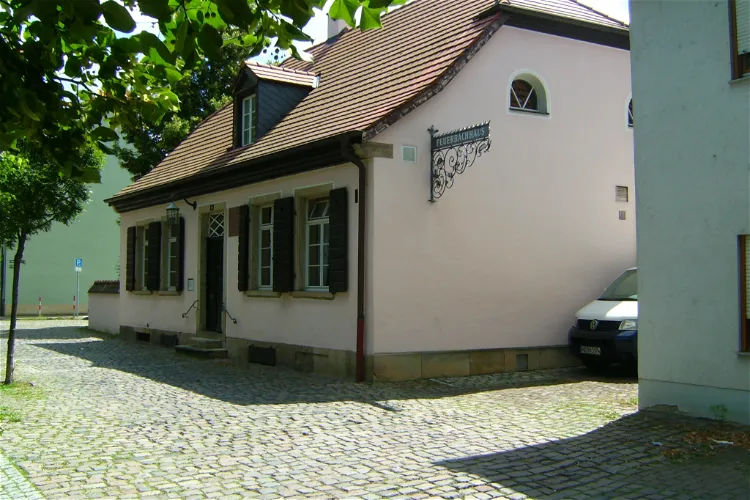
Feuerbachhaus
SpeyerThe Feuerbachhaus is a museum located at Allerheiligenstraße 9 in Speyer, dedicated to the Feuerbach family. This location is significant as it was the home of the archaeologist Joseph Anselm Feuerbach and his family for ten years. His son, the renowned painter Anselm Feuerbach, was born in this house.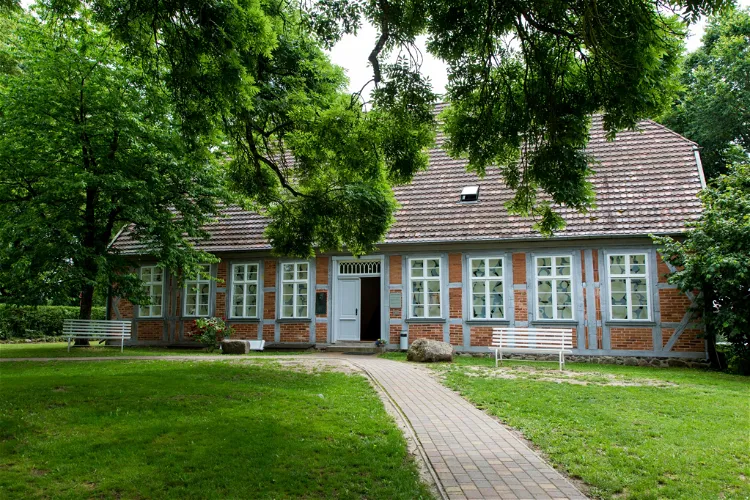
Heinrich Schliemann Museum
AnkershagenThe Heinrich Schliemann Museum in Ankershagen is a tribute to the life and work of Heinrich Schliemann, a renowned merchant and archaeologist. The museum is housed in the former parsonage of the town, where Schliemann spent his childhood years. It offers a unique insight into the life and times of this influential figure, making it a worthwhile destination for those interested in history and archaeology.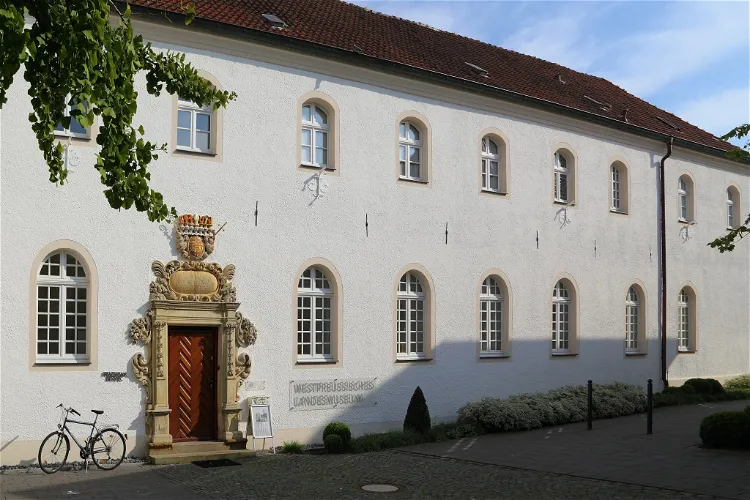
Westpreußisches Landesmuseum
WarendorfThe West Prussian State Museum, originally opened in 1975 in the historic Drostenhof in Münster-Wolbeck, has been located in the Franciscan monastery in Warendorf since the end of 2014. This relocation has allowed the museum to continue its mission of preserving and presenting West Prussian cultural heritage in a new and more accessible location.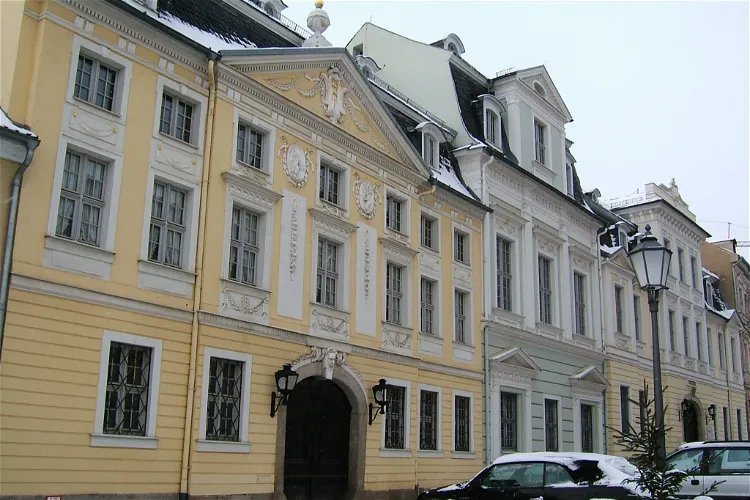
Vogtlandmuseum
PlauenThe Vogtlandmuseum Plauen is a cultural-historical museum that provides a deep dive into the history and culture of the Saxony Vogtland region. The museum is housed in three protected former residential and commercial buildings located in Nobelstraße, Plauen. These buildings themselves are a part of the region's history, adding an extra layer of authenticity to your visit.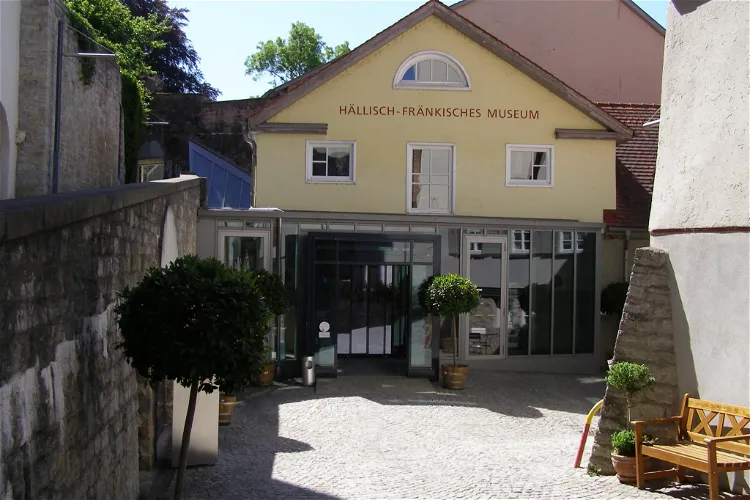
Hällisch-Fränkisches Museum
Schwäbisch HallThe Hällisch-Fränkische Museum (HFM) is a cultural and historical museum situated in the heart of Schwäbisch Hall. It offers a comprehensive insight into the history, art, and culture of the former imperial city of Hall and its surroundings. The museum spans over 3000 m² of exhibition space, making it a significant cultural destination in the region.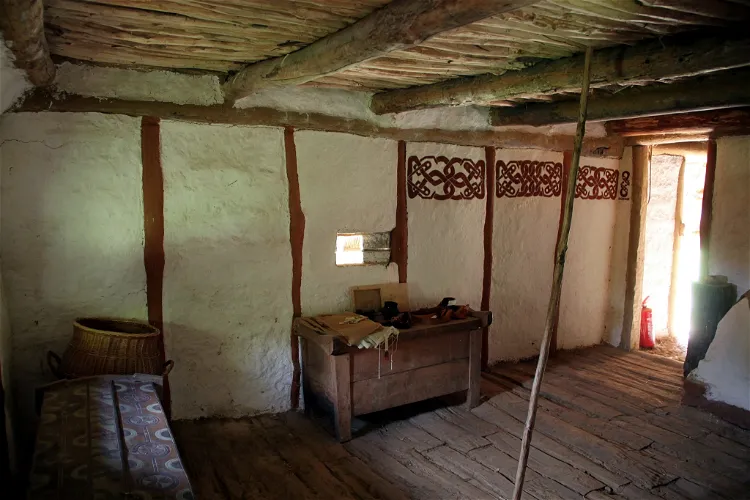
Bajuwarenhof Kirchheim - Freilichtmuseum bei München
HeimstettenThe Bajuwarenhof Kirchheim is an archaeological open-air museum situated in the municipality of Kirchheim near Munich. This museum offers a unique opportunity to explore the rural life and work environment of the 6th and 7th centuries AD. It was established in the winter of 2003 and was Kirchheim's official contribution to the 2005 Federal Horticultural Show.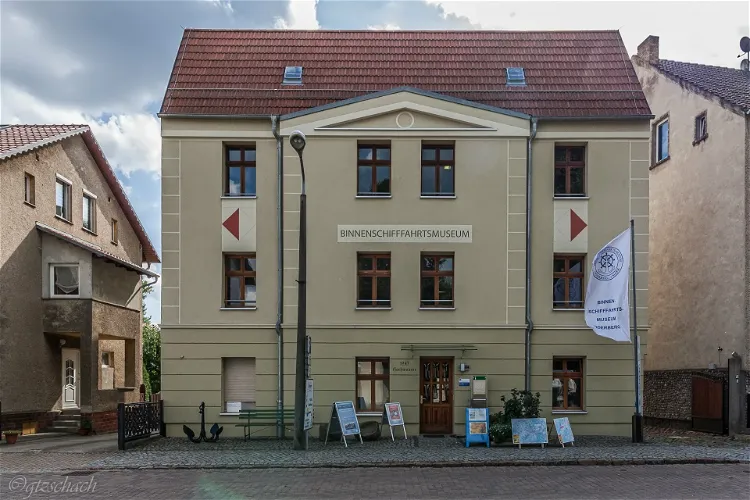
Förderverein Binnenschifffahrts-Museum Oderberg e.V.
OderbergThe main exhibit of the Binnenschifffahrtsmuseum is the paddle steamer Riesa, a significant piece of maritime history. The museum, which was founded in 1954 as a local history room, has since expanded its collection to include a wide range of archaeological finds from the surrounding area. This provides visitors with a unique opportunity to delve into the past and learn about the region's rich history.
Stadtmuseum Hattingen
HattingenThe Stadtmuseum Hattingen, located in the Blankenstein district, was opened in 2001. It is housed in the old administrative buildings that were built between 1840 and 1904. The museum is situated in the heart of the village, in close proximity to the Blankenstein Castle and Gethmannschen Garten, making it a convenient location for tourists to visit.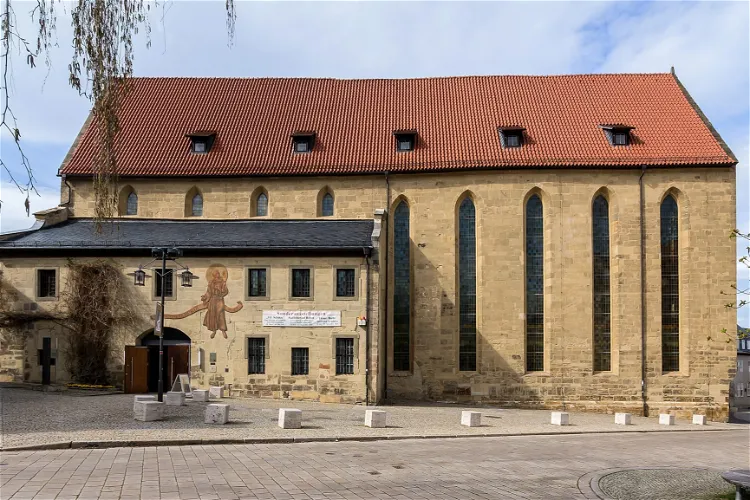
Stadtmuseum Saalfeld im ehemaligen Franziskanerkloster
Saalfeld/SaaleThe Stadtmuseum Saalfeld is housed in the former Saalfeld Franciscan monastery, encompassing the entire building complex. This means that the historical architecture of the former monastery, including its cloisters and Gothic roof truss, forms part of the exhibition. This unique setting provides visitors with a rich historical context for the exhibits on display.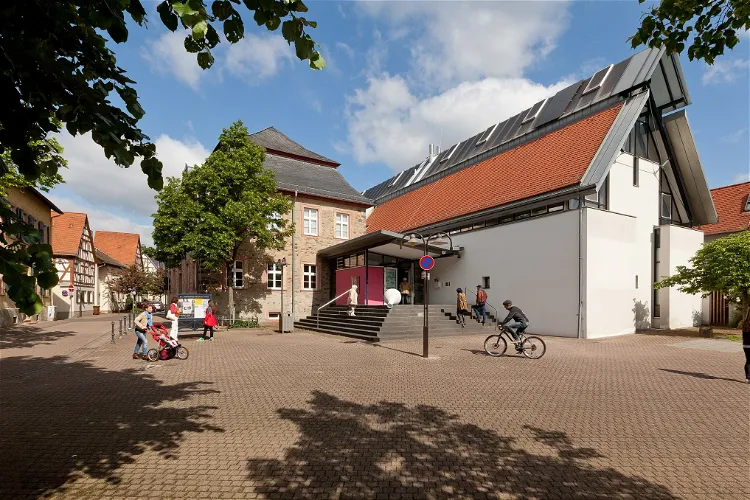
Stadtmuseum Hofheim
Hofheim am TaunusThe Stadtmuseum Hofheim am Taunus, situated at Burgstraße 11, is a museum dedicated to art, archaeology, and the history of the city of Hofheim am Taunus. It offers a unique opportunity to delve into the rich cultural heritage of the region, providing a comprehensive overview of the city's past and present.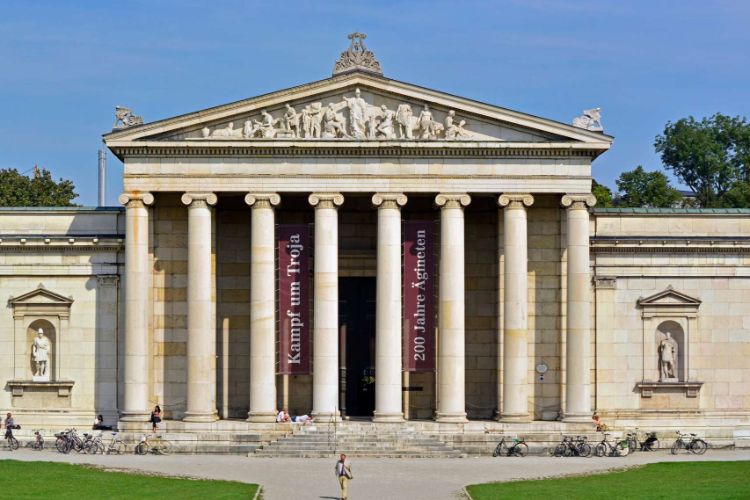
Glyptothek
MunichThe Glyptothek Munich is a museum for ancient Greek and Roman statues, which is located in the Kunstareal Munich of the Bavarian capital Munich. The Glyptothek was commissioned by the Bavarian King Ludwig I to a design by the neoclassical architect Leo von Klenze and opened to the public in 1830. Th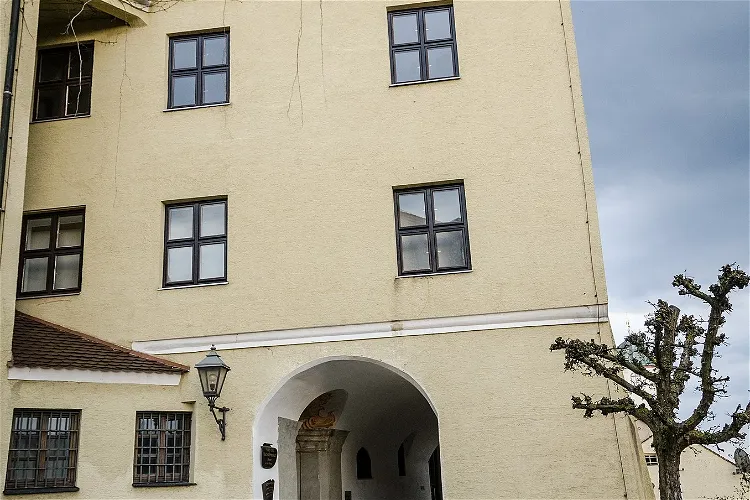
Stadt- und Hochstiftmuseum
Dillingen a.d.DonauThe Stadt- und Hochstiftmuseum, located in Dillingen an der Donau in Bavaria, is a museum that focuses on archaeology, cultural history, and city history. It provides a comprehensive overview of the region's past, making it a valuable destination for those interested in learning more about the area's rich history.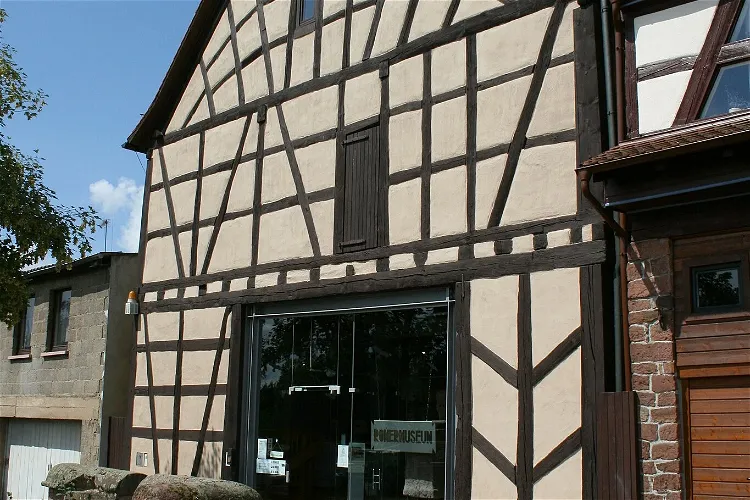
Römermuseum Obernburg
Obernburg am MainThe Römermuseum Obernburg, situated in the city of Obernburg am Main, is a museum that primarily showcases Roman artifacts. These artifacts are mainly from the Obernburg fort and its associated settlement. This gives visitors a unique opportunity to delve into the rich history of the Roman era in this region.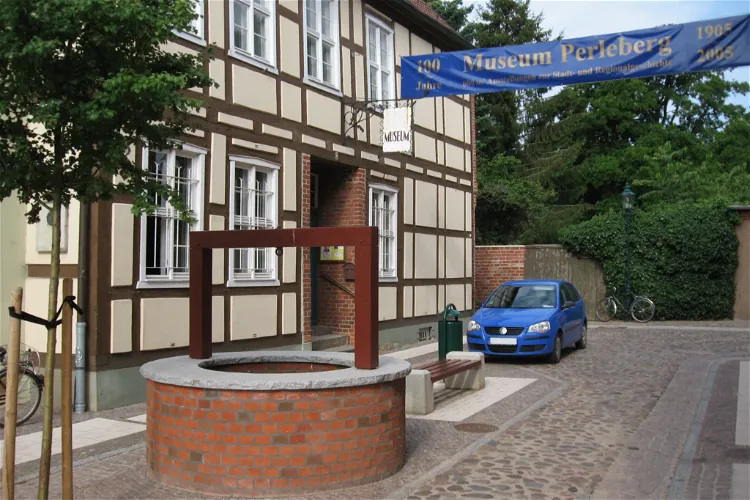
Urban and Regional Museum
PerlebergThe Urban and Regional Museum Perleberg, which was inaugurated in 1905, is a significant cultural institution in the city. The museum's collection primarily focuses on the city history of Perleberg, prehistory and early history, and rural life. This provides visitors with a comprehensive understanding of the region's past and its evolution over the centuries.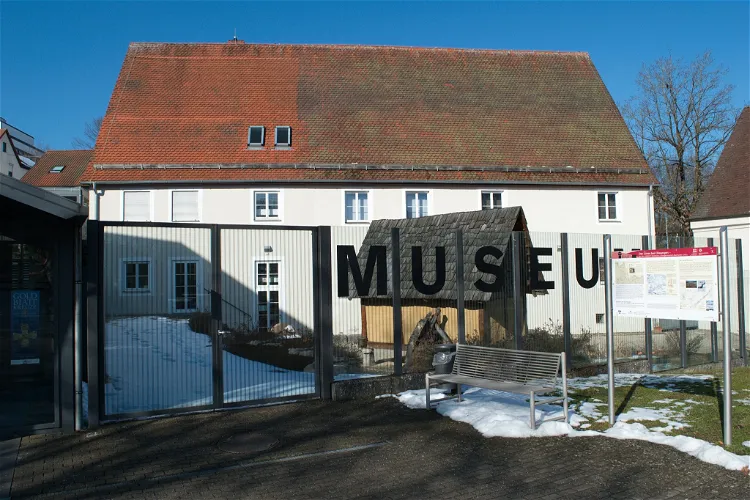
Alamannenmuseum Ellwangen
Ellwangen (Jagst)The Alamannenmuseum Ellwangen, which was inaugurated in 2001, offers a comprehensive insight into 500 years of Alamannic history from the early Middle Ages. The museum's collection includes archaeological finds from all over southern Germany, providing a vivid overview of the region's past. This makes it an interesting destination for those interested in history and archaeology.
Eifelmuseum Blankenheim
BlankenheimThe Eifelmuseum Blankenheim is situated in the town of Blankenheim (Ahr), within the district of Euskirchen, North Rhine-Westphalia, on Ahrstraße. This location is easily accessible and provides a great starting point for exploring the museum and the surrounding area.
Historical Museum Bamberg
BambergThe Historical Museum Bamberg is situated in the Renaissance buildings of the Old Court, which is in close proximity to the Kaiserdom. This location adds to the historical charm of the museum and provides a unique setting for the exhibits. Visitors can enjoy the architectural beauty of the Renaissance buildings while exploring the museum's collections.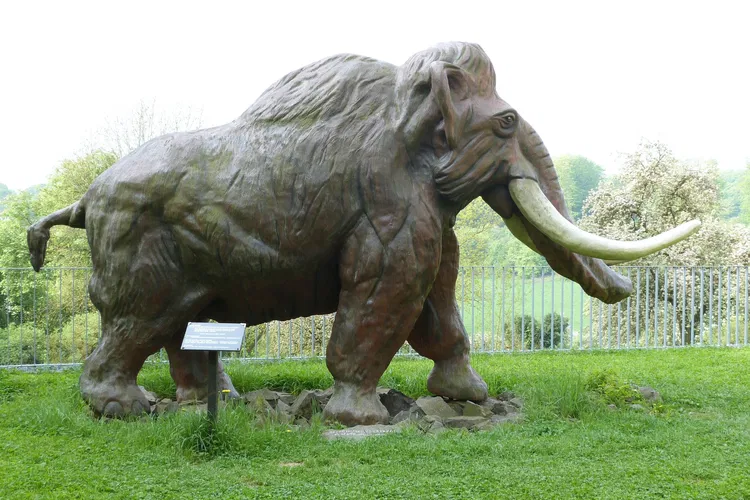
Monrepos (archaeology)
NeuwiedMonrepos is an archaeological research centre and a museum that focuses on human behavioural evolution. It is located at Schloss Monrepos in Neuwied. The museum is dedicated to studying the development of modern human behaviour during the Palaeolithic and Mesolithic periods. The findings from these studies are then shared with the public through the museum's exhibits.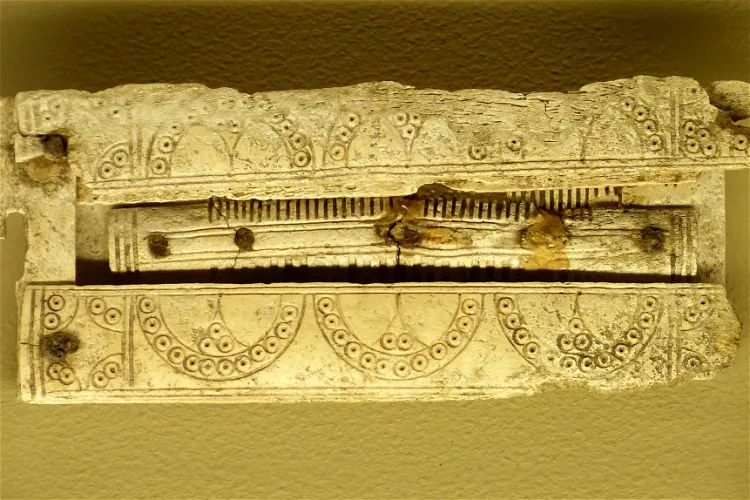
Archaeological Museum Kelheim
KelheimThe Archaeological Museum of the city of Kelheim is a dedicated institution that focuses on the archaeology and history of the Lower Bavarian city of Kelheim. It provides a comprehensive overview of the region's past, making it an ideal destination for those interested in history and archaeology.
Museum für Naturkunde und Vorgeschichte
DessauThe Museum für Naturkunde und Vorgeschichte, located in Dessau-Roßlau, is a city museum that was established in 1927. It is home to a wide range of collections, including those related to archaeology, paleontology, geology, botany, and zoology. These collections provide a comprehensive overview of the natural history and prehistory of the region.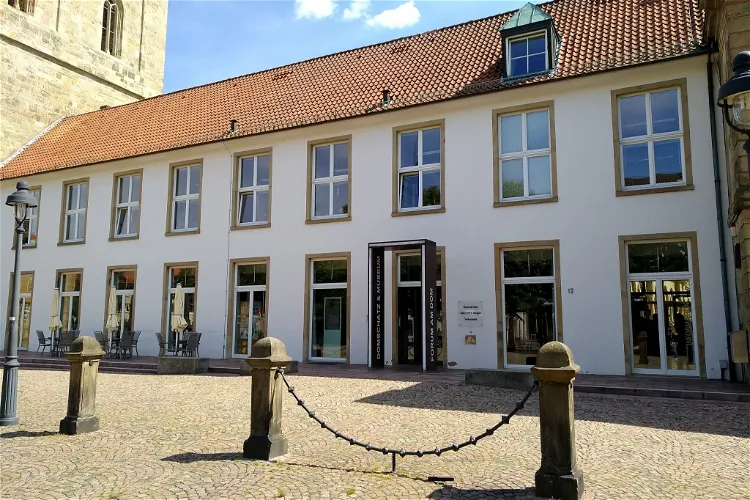
Cathedral Treasury and Diocesan Museum
OsnabrückThe Cathedral Treasury and Diocesan Museum is an integral part of the Diocese of Osnabrück. Its location, right next to the St. Peter's Cathedral, makes it easily accessible for visitors. The museum offers a unique opportunity to delve into the rich history and culture of the diocese.
Oberschlesisches Landesmuseum
RatingenThe Oberschlesisches Landesmuseum (OSLM) in Ratingen is a museum dedicated to the history and culture of Upper Silesia. It is run by the Stiftung Haus Oberschlesien, a private law foundation established in 1970. The museum is conveniently located directly opposite the old museum building, known as "Haus Oberschlesien", in Ratingen-Hösel. This is where the foundation currently has its headquarters.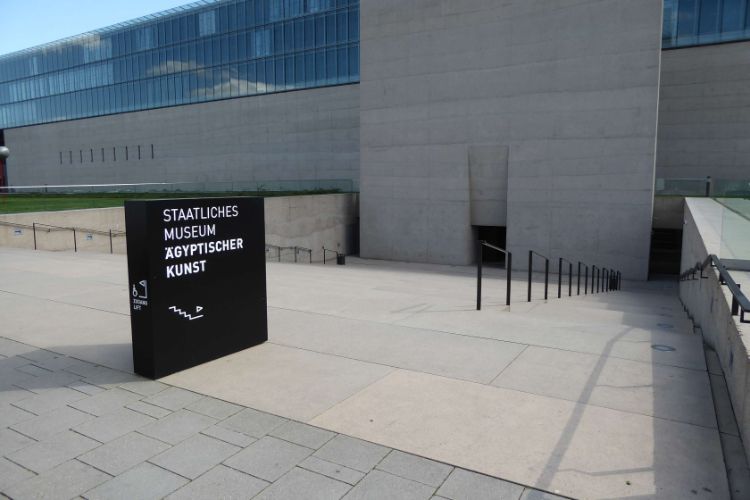
State Collection of Egyptian Art
MunichThe State Collection of Egyptian Art in Munich (Staatliche Sammlung für Ägyptische Kunst) is an archaeological museum in Munich that holds and exhibits the state collection of Ancient Egypt art with exhibitions both on the predynastic as well as the dynastic periods. The State Collection of Egyptian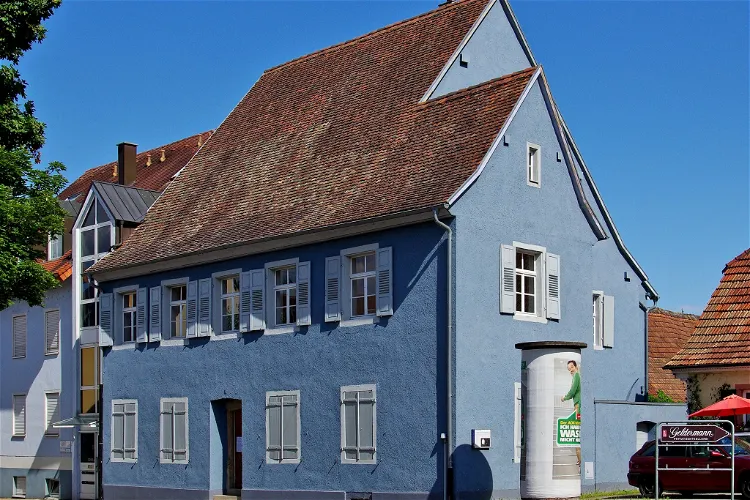
Blaues Haus Breisach
Breisach am RheinThe Blue House in Breisach am Rhein, known as 'Das Blaue Haus', is a significant site for those interested in Jewish history. Since 2003, it has served as a memorial and educational center dedicated to the history of Jews in the Upper Rhine region. Visitors can learn about the Jewish community's rich history and heritage in this region, making it a valuable destination for those seeking to understand the area's cultural and historical context.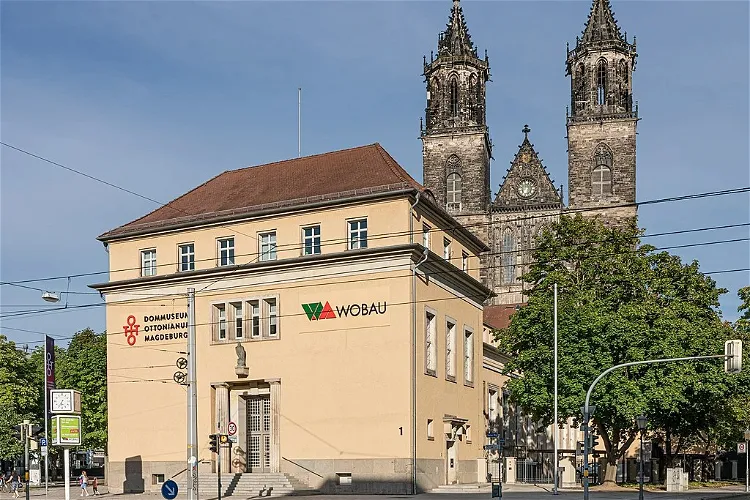
Dommuseum Ottonianum
MagdeburgThe Dommuseum Ottonianum Magdeburg, also known as DOMA, is a museum located in the city of Magdeburg. It was officially opened to the public in November 2018. The museum is a significant cultural and historical site that offers visitors a chance to delve into the rich history of the region.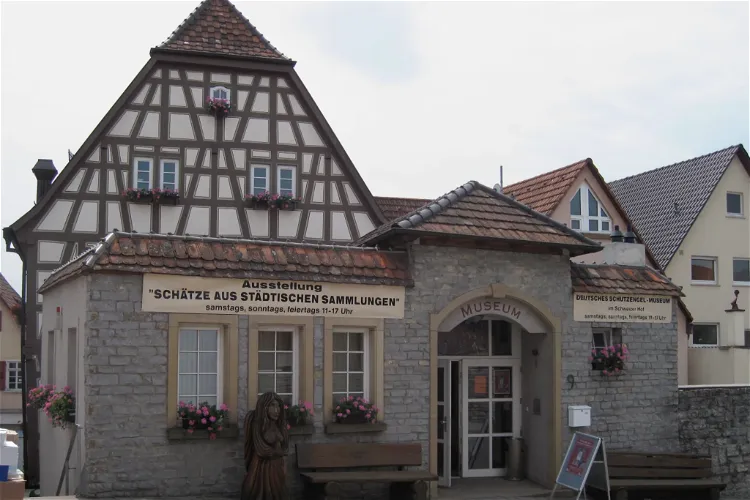
Museum im Schweizer Hof
BrettenThe Museum im Schweizer Hof, situated in Bretten, Baden-Württemberg, was inaugurated in June 2002. It is housed in a half-timbered building, the 'Schweizer Hof', which is a typical example of the architecture of Bretten's reconstruction period after the great city fire of 1689. The museum is under municipal ownership and offers a glimpse into the city's rich history.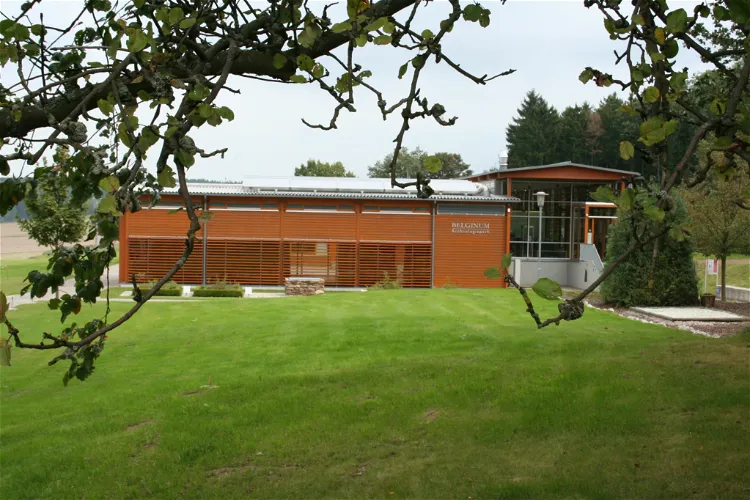
Archäologiepark Belginum
MorbachThe museum at the Archaeology Park Belginum offers a fascinating insight into the past. It showcases grave finds from several Iron Age cemeteries, providing a glimpse into the burial practices and beliefs of the time. The museum also presents the everyday life of the provincial Roman population in ancient Belginum, offering a vivid picture of life in the Roman era. Additionally, the museum explains the work of archaeologists, making it an educational experience for visitors of all ages.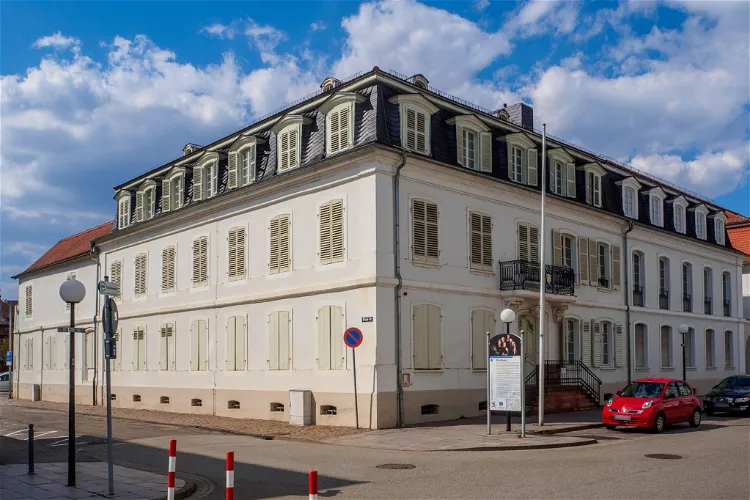
Zweibrücken City Museum
ZweibrückenThe Zweibrücken City Museum is a place where visitors can delve into the rich history of the city of Zweibrücken and the former Duchy of Palatinate-Zweibrücken. The museum's collections and exhibits provide a comprehensive overview of the city's past, from its early beginnings to the present day. It's an ideal destination for history enthusiasts and those interested in learning more about the region's cultural heritage.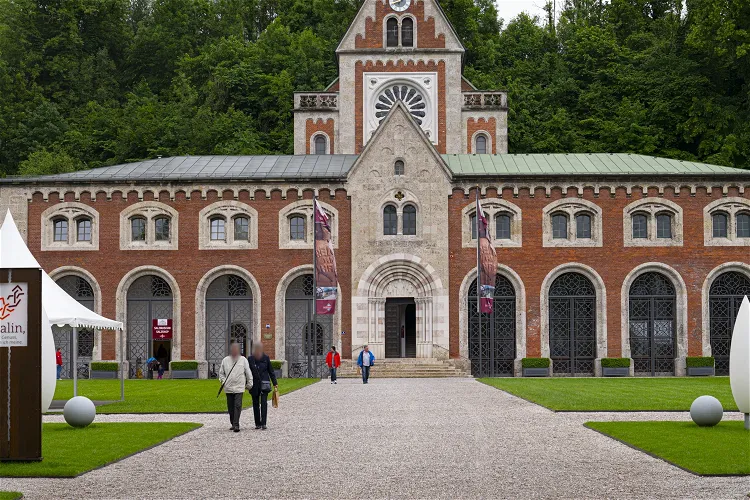
Alte Saline
Bad ReichenhallThe Alte Saline, located in Bad Reichenhall, is a former saltworks that was built according to the designs of Joseph Daniel Ohlmüller and Friedrich von Schenk. This historical industrial monument, which produced Reichenhaller salt from brine from 1844 to 1929, is a testament to the city's rich salt production history.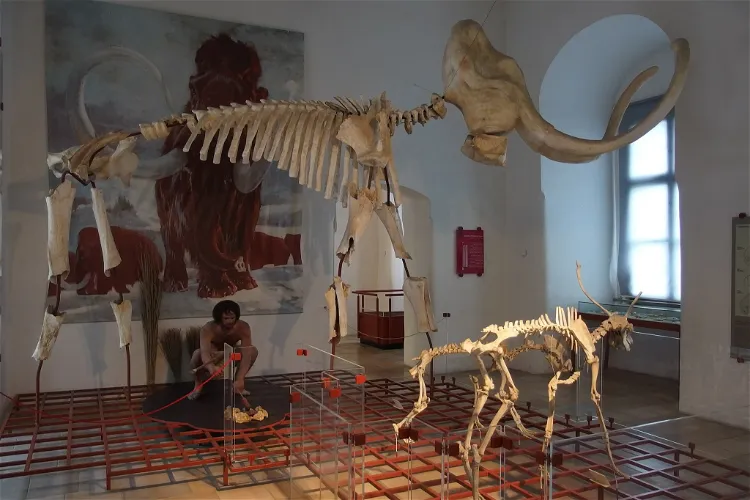
Museum für Ur- und Frühgeschichte
EichstättThe Museum für Ur- und Frühgeschichte is an archaeological museum situated in the Willibaldsburg in Eichstätt, Upper Bavaria. This museum is a significant destination for those interested in archaeology and history, offering a comprehensive view of the region's development from the Stone Age to the Early Middle Ages.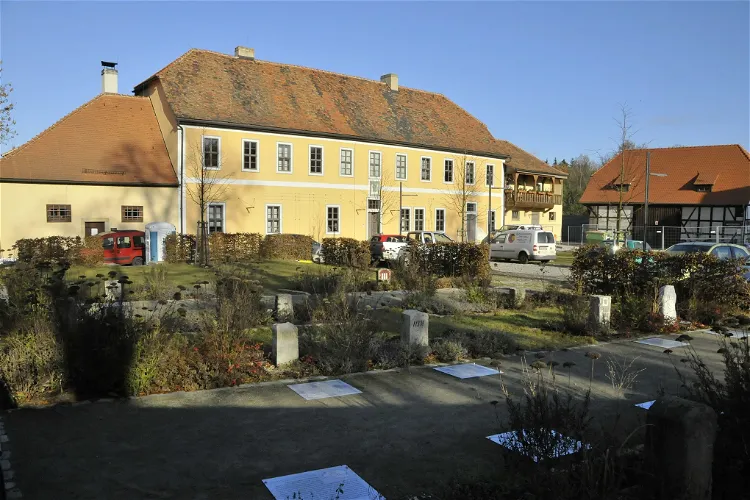
Lapidarium Willrode
ErfurtThe Lapidarium Willrode is a unique collection of historical border and boundary stones. It is situated at the Forsthaus Willrode, which is located near the Thuringian state capital, Erfurt. This collection provides a fascinating insight into the history of the region, with each stone marking the outer boundaries of historical territories.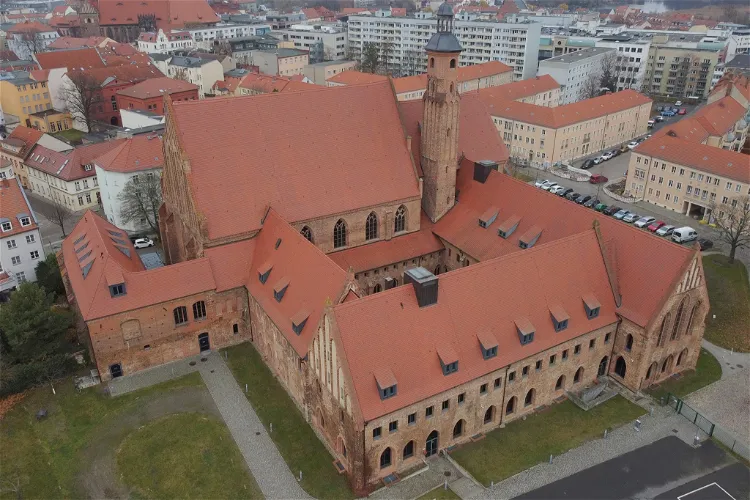
Brandenburg State Archaeology Museum
Brandenburg an der HavelThe Brandenburg State Archaeology Museum is housed in the former St. Pauli Monastery, a historical building dating back to the 13th century. This location adds a layer of historical significance to the museum, as visitors can appreciate the archaeological exhibits within the context of a centuries-old monastery. The building itself is a testament to the region's rich history, providing a unique backdrop for the museum's extensive collection.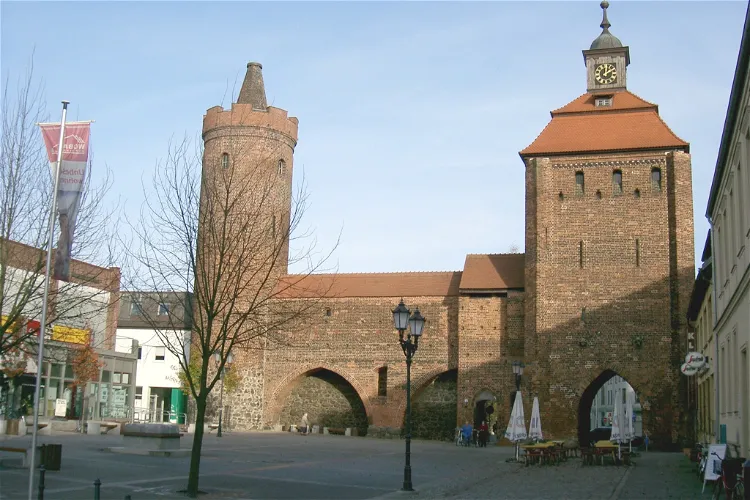
Steintor -Heimatmuseum Bernau
BernauThe Steintor, located in Bernau near Berlin, is a significant historical monument. It is the only remaining one of the three city gates that were originally built. Constructed in the late Gothic style from brick in the second half of the 15th century, it stands as a testament to the architectural prowess of the time.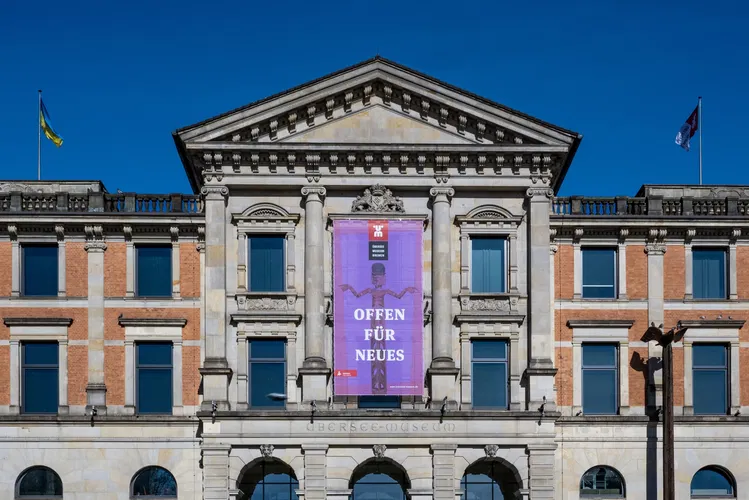
Übersee-Museum
BremenThe diversity of the world under one roof: the Übersee-Museum presents the cultural and natural regions of our planet on over 10,000 square meters. The visit takes you from Asia with its legendary Silk Road to the African savannah and the Americas. The exhibition “Experience what moves the world” de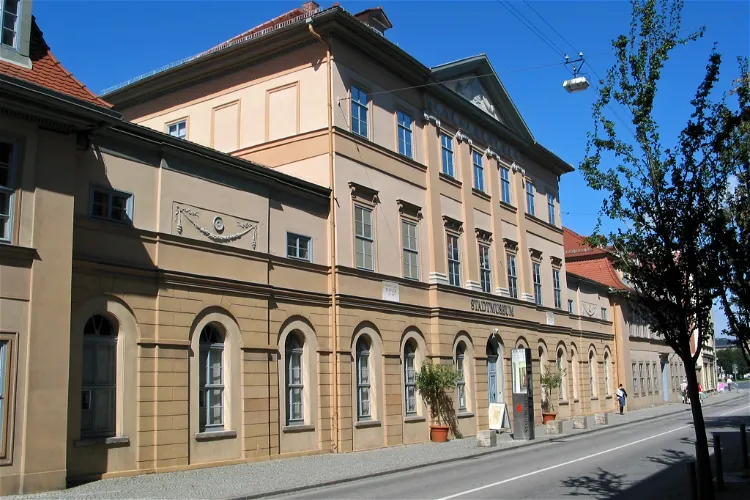
Stadtmuseum Weimar
WeimarThe Stadtmuseum Weimar, located at Karl Liebknecht-Straße 5, holds the distinction of being the first city museum in Thuringia. This museum is housed in a classicist residential and commercial building constructed between 1780 and 1803. The building is named after its builder, Friedrich Justin Bertuch, a prominent entrepreneur, writer, and publisher during Goethe's time in Weimar.
document Neupfarrplatz
RegensburgNeupfarrplatz and the eponymous Neupfarrkirche are located in the heart of Regensburg's old town, just south of the Regensburg Cathedral. This central location makes it an easily accessible and prominent spot for tourists visiting the city. The square and the church have a rich history that dates back to the expulsion of the Jewish population in 1519, which adds a historical depth to the site.
Clemens Sels Museum Neuss
NeussThe Clemens Sels Museum Neuss is an art museum situated in the city of Neuss. It is a modern multi-part building that houses a wide range of art collections from different periods and styles.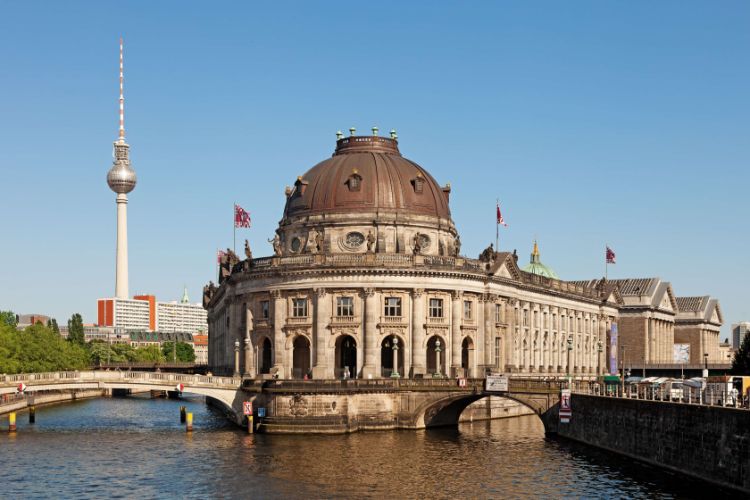
Bode Museum
BerlinBuilt in 1904, the Bode Museum is housed in a historical building and holds collections of ancient art, items from the Byzantine and Gothic eras and the world's largest numismatic collection. After being known as the Kaiser-Friedrich-Museum up until 1956, the museum was renamed after its curator -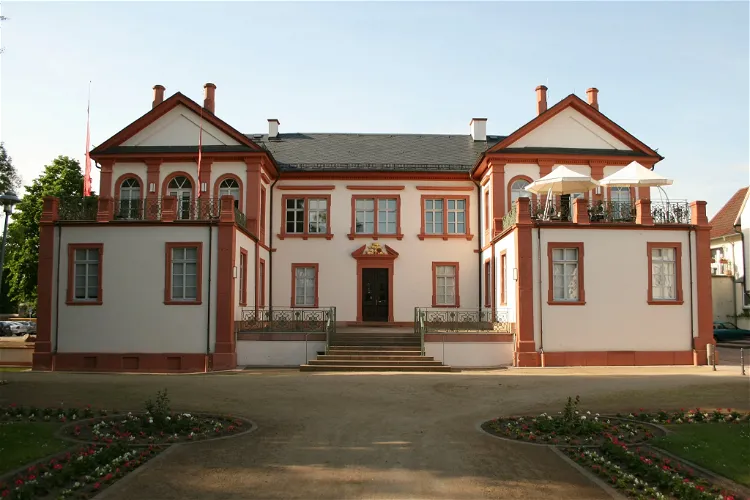
Museum Schloss Fechenbach
DieburgMuseum Schloss Fechenbach, previously known as Kreis- und Stadtmuseum Dieburg, is a historical museum located in Dieburg. It houses a collection of artifacts from Dieburg and the Darmstadt-Dieburg district, providing a glimpse into the region's rich history.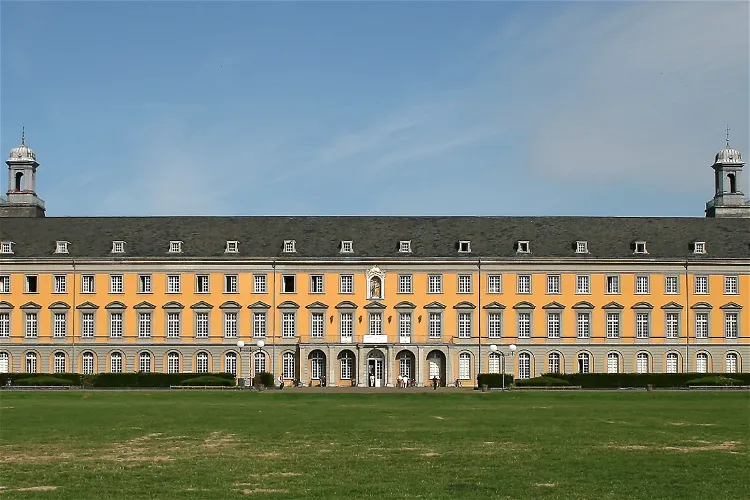
Bonn Egyptian Museum
BonnThe Egyptian Museum of the University of Bonn is a part of the University of Bonn. It showcases a collection of original artifacts from Ancient Egypt, providing visitors with a unique opportunity to explore the rich history and culture of one of the world's oldest civilizations.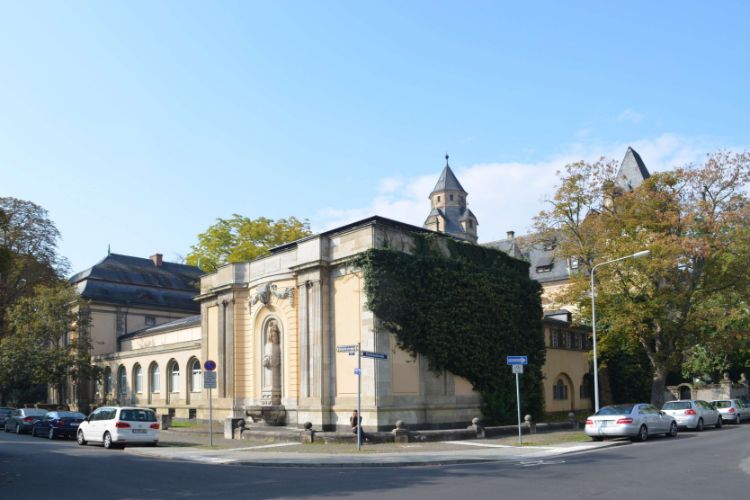
Liebieghaus
FrankfurtThe Liebieghaus is a late 19th-century castle-like villa in Frankfurt that was built in 1896, in a palatial, Historicist style, as a retirement home for textile manufacturer Baron Heinrich von Liebieg. The Liebieghaus is home to a sculpture museum, the Städtische Galerie Liebieghaus. The museum hold
Steinzeitdorf Kussow
DamshagenSteinzeitdorf Kussow is an open-air museum located in the district of Kussow in Damshagen, Mecklenburg-Vorpommern, Germany. The museum was established between 1996 and 1998, offering visitors a unique insight into the life and culture of the Stone Age period.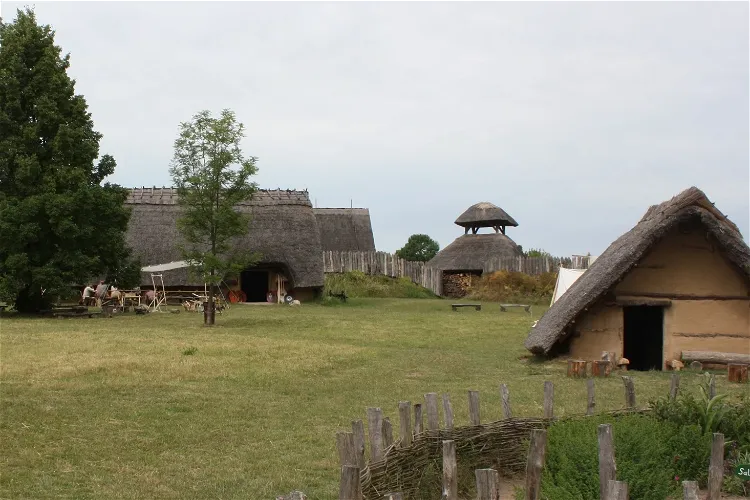
Funkenburg Westgreußen
WestgreußenThe Funkenburg Archaeological Open-Air Museum is a unique reconstruction of a Germanic fortified settlement. It is situated on a flat mountain spur on the outskirts of Westgreußen. This location offers a unique insight into the life and culture of the Germanic people who lived there between 200 BC and 50 AD.
Schmuckmuseum
PforzheimThe Schmuckmuseum Pforzheim, located in Germany, is a unique museum that specializes in the display of jewelry and watches. This museum offers a unique opportunity for visitors to explore the intricate world of jewelry and timepieces, showcasing a wide range of pieces from different periods and cultures.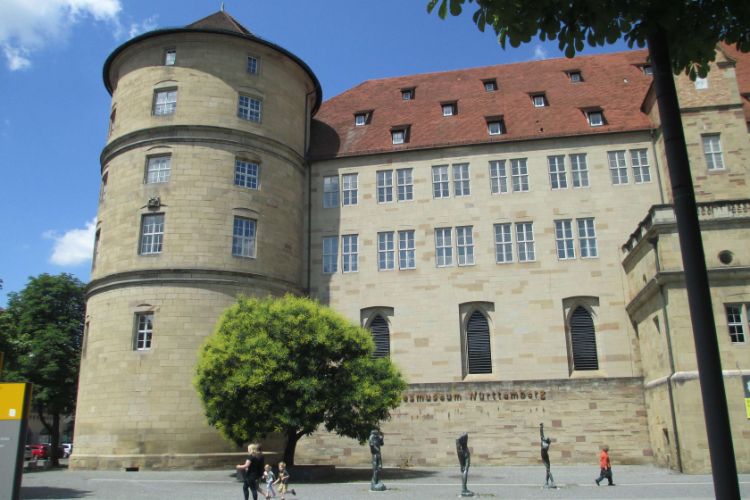
Wurttemberg State Museum in Old Castle
StuttgartThe Landesmuseum Württemberg (Württemberg State Museum) in Stuttgart was founded in 1862 by Wilhelm I. König von Württemberg. Its origin dates back to the 16th century. Back in the Kunstkammer, the dukes collected everything that was rare, precious and unusual. The museum's mission is to depict Germ
Buxtehude Museum
BuxtehudeThe Buxtehude Museum underwent a significant renovation and expansion in 2015, which resulted in the creation of new departments and a redesign of its exhibitions. The museum reopened in 2021, offering visitors a fresh and modern perspective on the region's history and art. The renovation has enhanced the museum's ability to present its collections in a more engaging and informative way.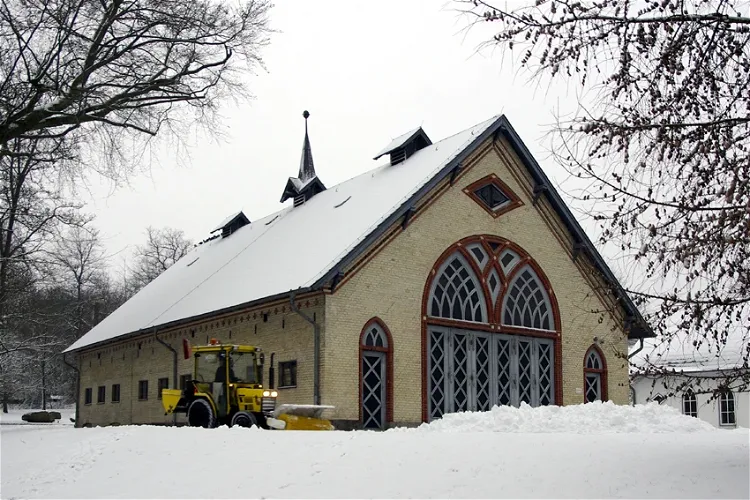
Eiszeithaus
FlensburgThe Ice Age House, located in the Coach House in Christiansen Park, serves as the geological showcase of the Natural Science Museum in Flensburg. This museum is a testament to the rich geological and paleontological history of the region, offering visitors a unique opportunity to explore the earth's history through its extensive collections.
Hohenzollerisches Landesmuseum
HechingenThe Hohenzollerische Landesmuseum, located in Hechingen in the Zollernalbkreis in Baden-Württemberg, Germany, is a museum dedicated to cultural, art, and regional history. It provides a comprehensive overview of the history and art history of the County of Hohenzollern, the Principalities of Hohenzollern-Hechingen and Hohenzollern-Sigmaringen, and the Prussian Province of Hohenzollern.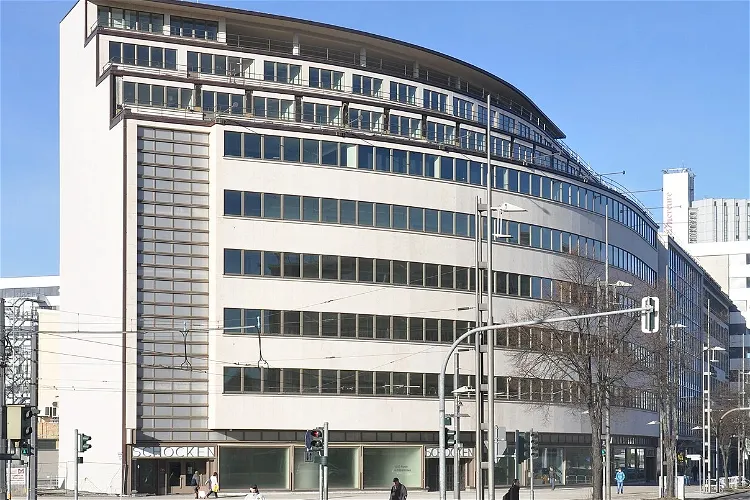
State Museum of Archaeology Chemnitz
ChemnitzThe State Museum of Archaeology Chemnitz, abbreviated as smac, is the archaeological-cultural state museum of the Free State of Saxony. It was inaugurated on May 15, 2014, and is housed in the former Schocken department store. This museum is a successor institution to the State Museum of Prehistory Dresden and is part of the State Office for Archaeology Saxony.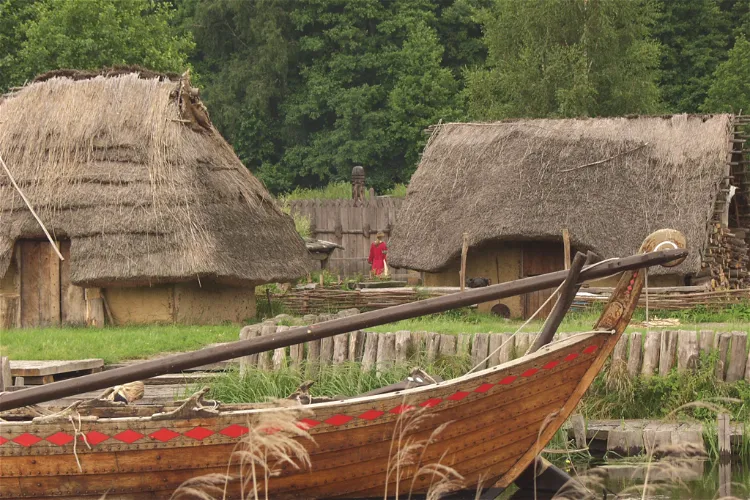
Ukranenland
TorgelowUkranenland is an archaeological open-air museum located in Torgelow. It is dedicated to showcasing the life of the Ukranen, an Elbe Slavic tribe. The museum aims to provide an authentic representation of the tribe's life during the early Middle Ages, making it a unique destination for those interested in history and archaeology.- 129
Museum KeltenKeller
BiebertalThe Museum KeltenKeller is home to a wide array of original artifacts unearthed from Dünsberg. These exhibits provide a unique insight into the historical and cultural context of the region, making it a fascinating destination for history and archaeology enthusiasts. 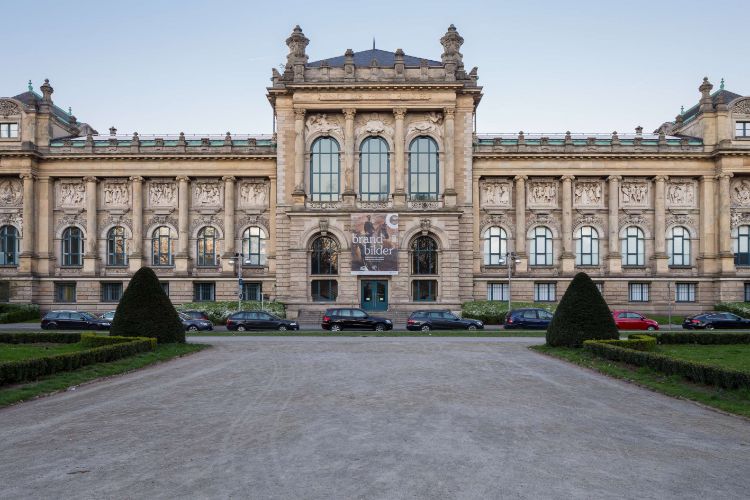
Lower Saxony State Museum
HanoverThe Lower Saxony State Museum (Niedersächsische Landesmuseum Hannover) is a museum in Hannover. The museum's collection includes the Landesgalerie, a collection of paintings and sculptures dating from the Middle Ages to the early twentieth century. Furthermore, the museum features departments for ar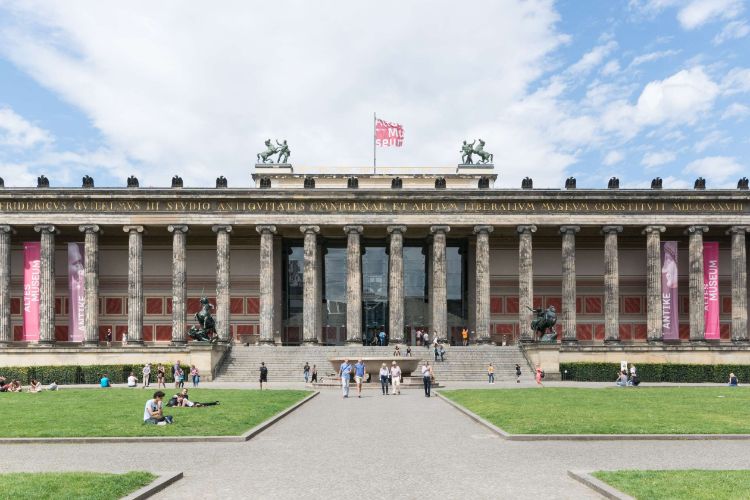
Altes Museum
BerlinDesigned by Karl Friedrich Schinkel, this building is one of the finest examples of the Neoclassical Architecture in Berlin. Being fully dedicated to classical antiquity, the Altes Museum houses several thousands of historically and culturally important artefacts. Its chronologically divided areas i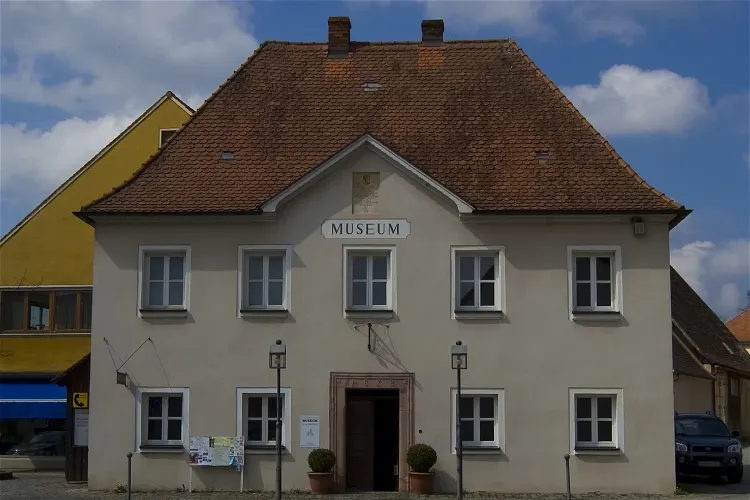
Vor- und frühgeschichtliches Museum Thalmässing
ThalmässingThe Fundreich Thalmässing, previously known as Vor- und frühgeschichtliches Museum Thalmässing, is an archaeological museum situated in the market town of Thalmässing, within the district of Roth. This museum, supported by the district of Roth, was established in 1983 and is housed in a building that was originally built as a grain store in 1828, but was later used as a town hall.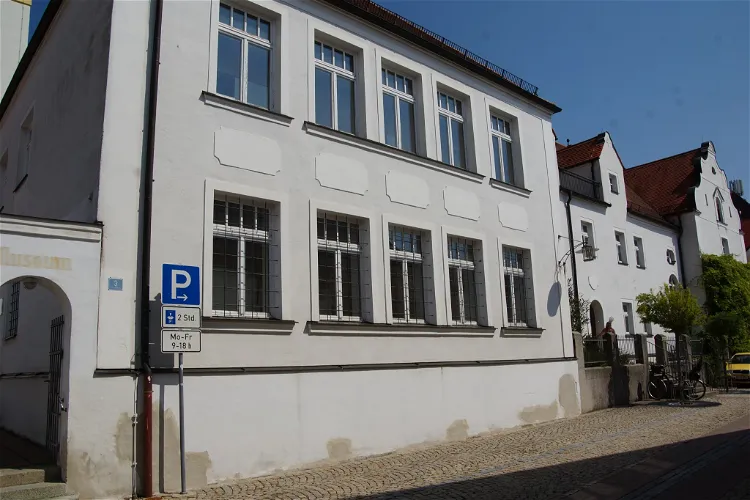
Museum Kösching
KöschingThe Museum Markt Kösching is an archaeological and ethnological museum situated in the Upper Bavarian market town of Kösching, within the Eichstätt district. It offers a unique opportunity to delve into the rich history and culture of the region, from ancient times to the present day.
Sammlung Ludwig
BambergThe Sammlung Ludwig in Bamberg is recognized as one of the most significant private collections in the field of faience and porcelain. This collection, housed in the Altes Rathaus since 1995, is a testament to the passion and dedication of the collector couple Peter and Irene Ludwig. It offers a unique opportunity for visitors to explore a wide range of artifacts from different periods and regions.
Roman Museum Castle Boiotro
PassauThe Roman Museum Castle Boiotro, situated in the Innstadt district of Passau, was inaugurated in 1982. This museum is a significant historical site that offers visitors a glimpse into the past of this region. It is located on the foundations of the late Roman Castle Boiotro, remnants of which can be seen in the museum's outdoor area.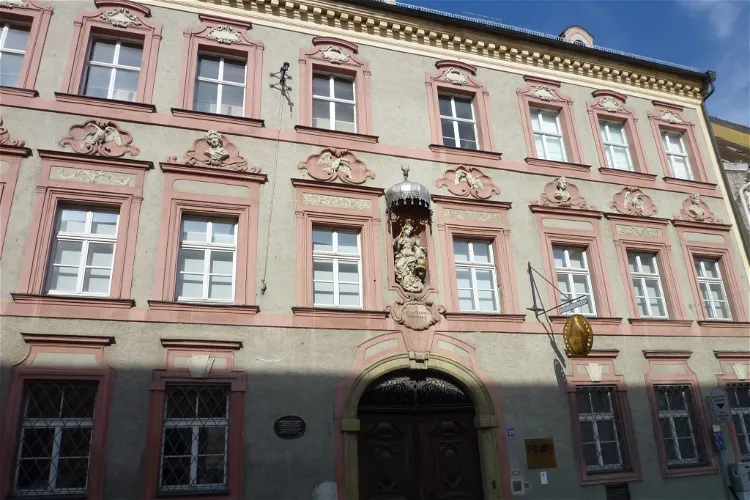
Gäubodenmuseum
StraubingThe Gäubodenmuseum in Straubing is a museum that offers a comprehensive overview of the history of Straubing and the Gäuboden region. It covers various periods from prehistory, the Roman era, the early Bavarians, the Middle Ages, the Counter-Reformation to the end of the Kingdom of Bavaria, and also includes sections on sacred art and popular piety.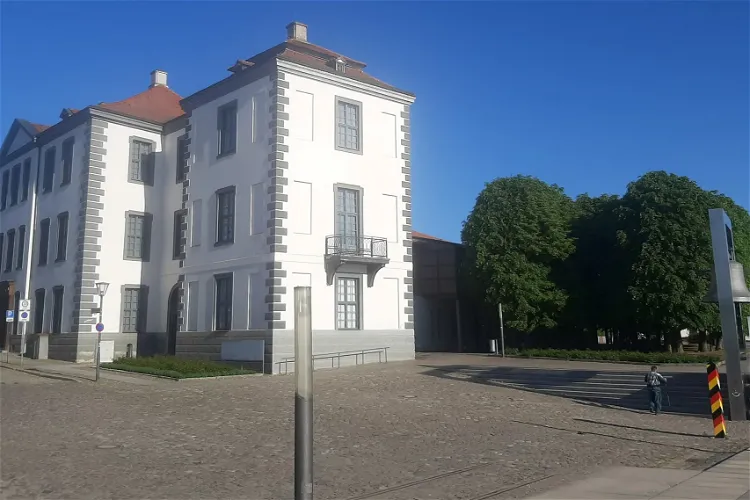
Museum Viadrina
Frankfurt (Oder)The Städtische Museum Viadrina, located in Frankfurt (Oder), is the largest cultural-historical museum in East Brandenburg. It is dedicated to the history of the city and the East Brandenburg region, offering permanent and special exhibitions that provide a deep insight into the area's past. The museum is housed in the Junkerhaus, a significant baroque architectural monument.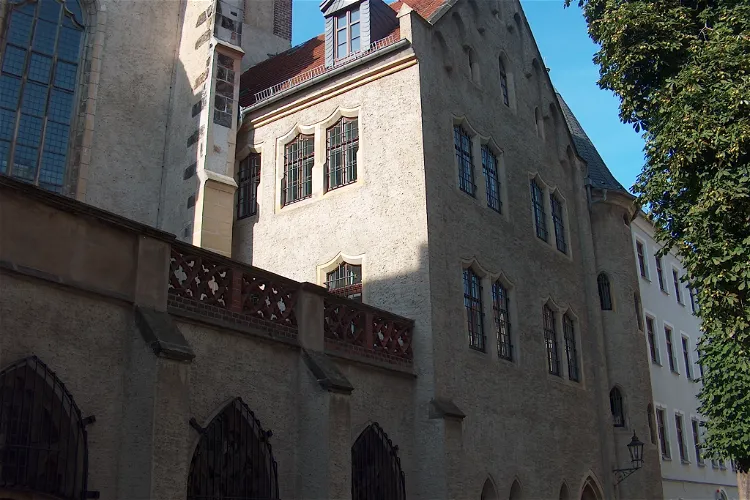
city museum meissen
MeissenThe City Museum Meissen is housed in the Neo-Gothic House, the cloister, and the former Church of St. Peter and Paul of the Franciscan Monastery at Heinrichsplatz in the old town of Meissen. These historic buildings not only provide a unique setting for the museum but also add to the overall experience of exploring the rich history and culture of Meissen.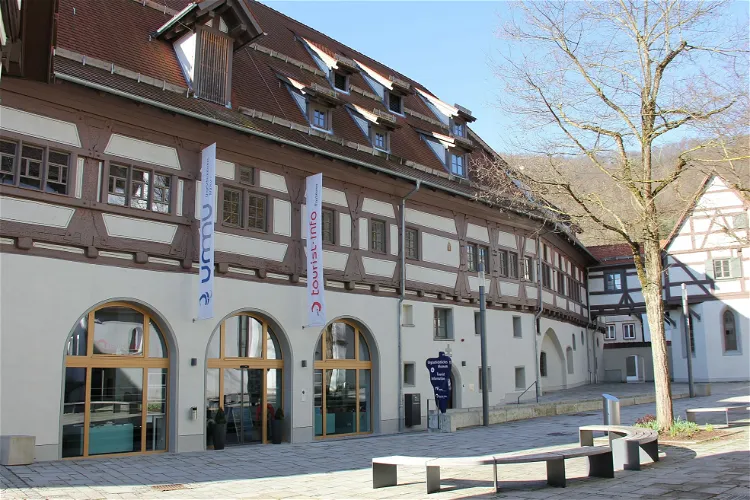
Urgeschichtliches Museum
BlaubeurenThe Urgeschichtliche Museum (URMU) in Blaubeuren, Germany, is a specialized museum focusing on artifacts, musical instruments, and everyday objects from Paleolithic hunter-gatherers. This museum provides a unique opportunity for visitors to delve into the lives of early humans, exploring their tools, art, and daily objects. The museum's collection offers a comprehensive view of the Paleolithic era, making it a fascinating destination for history enthusiasts and curious tourists alike.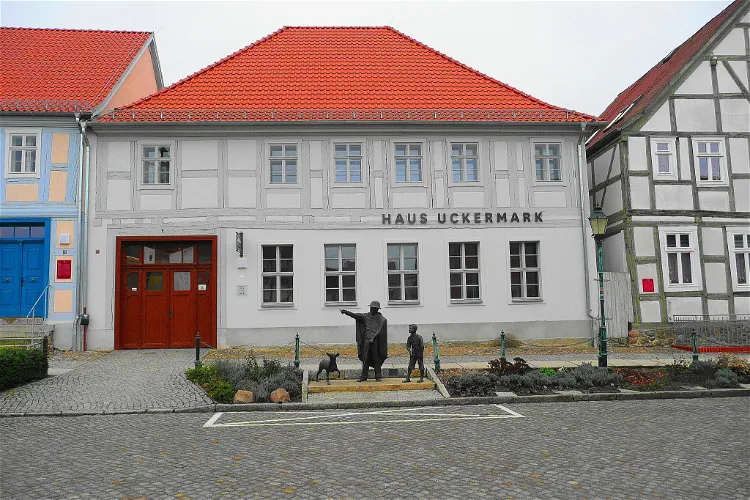
Museum Angermünde
AngermündeThe Museum Angermünde, located in the city of Angermünde, Brandenburg, Germany, serves as the Ehm Welk and local history museum. It offers a unique blend of contemporary history, archaeological finds, and literary history through creative concepts. The museum is an integral part of the city's historical core, providing visitors with a glimpse into the past and the rich cultural heritage of the region.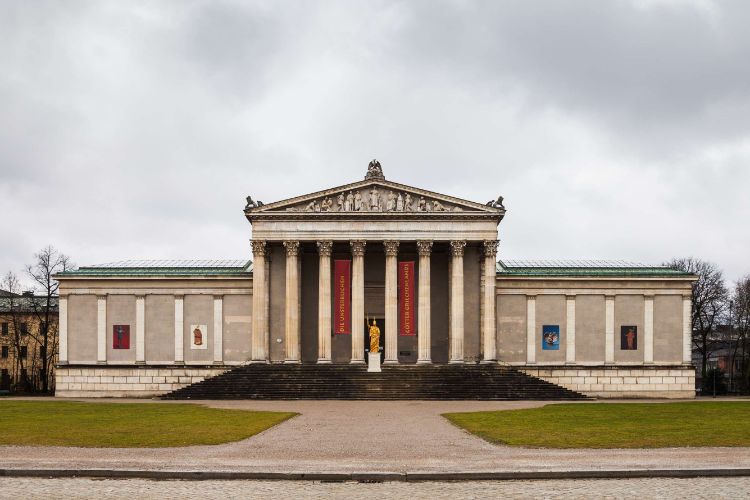
Museum of Antiquities (Antikensammlungen)
MunichThe Staatliche Antikensammlungen (National Collections of Ancient Objects, Museum of Antiquities) is a museum in Munich with antiquities from Greece, Etruria and Rome. The building called Ausstellungsgebäude which houses the museum collections was built at the behest of Ludwig I, inspired by a templ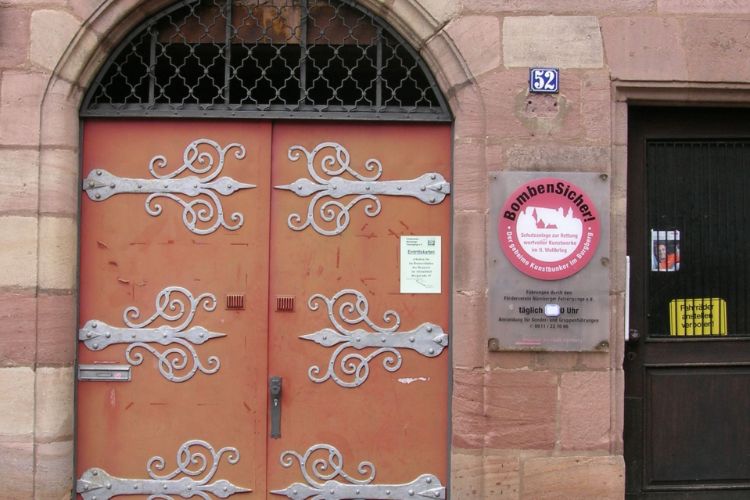
Kunstbunker
NurembergThe Historische Kunstbunker (Historic art bunker) is a tunnel complex under the Nuremberg Castle in Nuremberg. Visitors can participate in discovery tours to take a look at Nuremberg from a completely different side and discover places that have existed for many centuries but are hidden under the st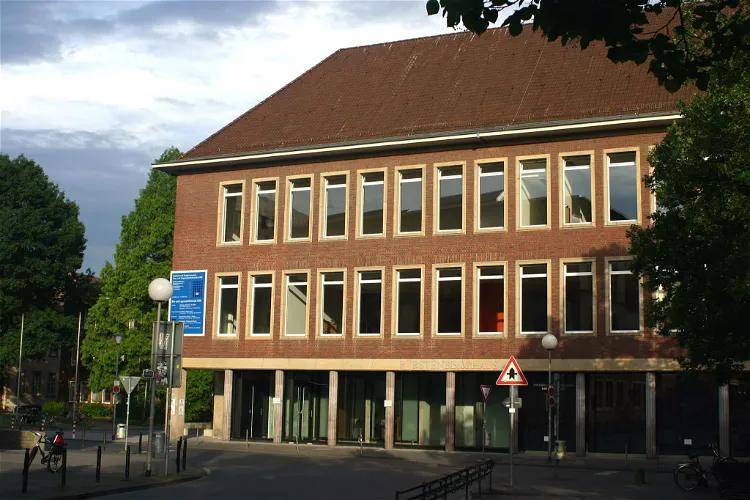
Archaeological Museum
MünsterThe collection of the Archaeological Museum of the University of Münster primarily focuses on the Greek antiquity. The exhibits span from the geometric era (1000–700 BC) through the archaic era (700–500 BC), the classical period (500–300 BC), the late classical period in the 4th century BC, the Hellenistic era (300–30 BC), up to the Roman imperial era (27 BC – 476). This wide range of exhibits offers visitors a comprehensive overview of Greek antiquity.
Saar Historical Museum
SaarbrückenThe Saar Historical Museum, located at the Saarbrücken Castle Square, is dedicated to the history of Saarland. It provides a comprehensive overview of the region's past, making it an ideal destination for history enthusiasts and curious tourists alike.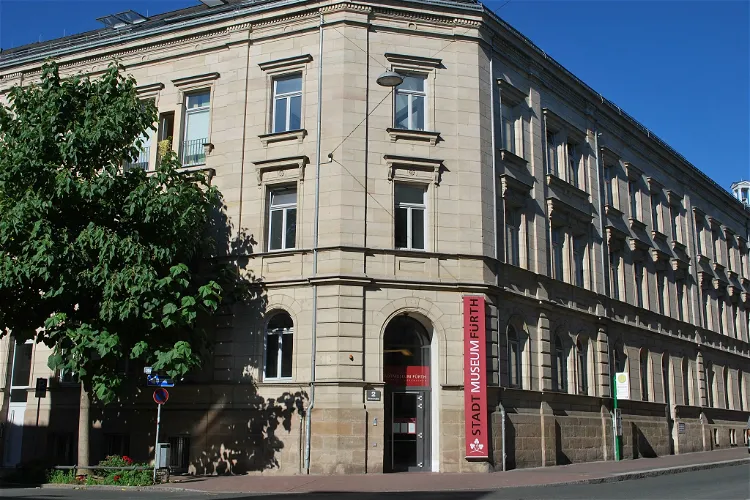
Stadtmuseum Fürth
FürthThe Stadtmuseum Fürth is a museum that presents the city and economic history of the Franconian city of Fürth. It provides a comprehensive overview of the city's development, from its early beginnings to the present day. The museum's collection includes exhibits that span from the Bronze Age to the present day, offering a deep dive into the city's rich history.
Rosgartenmuseum
ConstanceThe Rosgartenmuseum, located in Constance, Baden-Württemberg, is a museum dedicated to the art, culture, and history of the city and the Lake Constance region. Established in 1870 by Ludwig Leiner, a pharmacist and city council member from Constance, the museum is one of the oldest of its kind in the region. It offers a rich collection of historical artifacts and artworks that tell the story of the city and the region.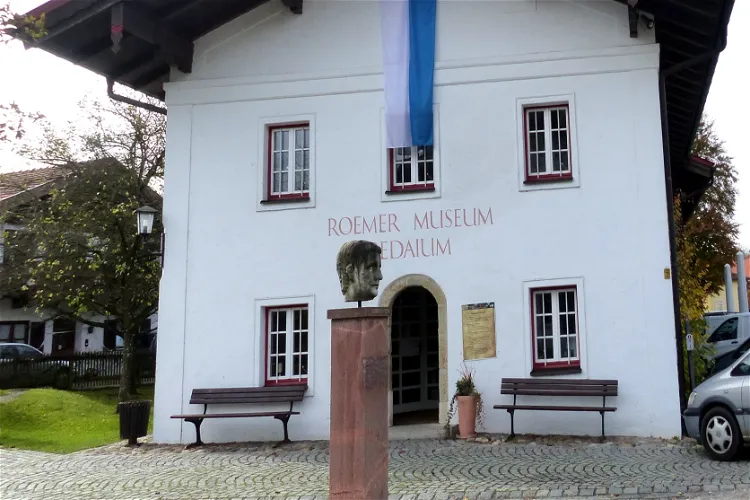
Römermuseum Bedaium Seebruck
Seeon-SeebruckThe Römermuseum Bedaium in Seebruck on the Chiemsee is a municipal museum that houses around 500 exhibits. This museum is managed by the municipality of Seeon-Seebruck, offering visitors a chance to explore a wide range of artifacts.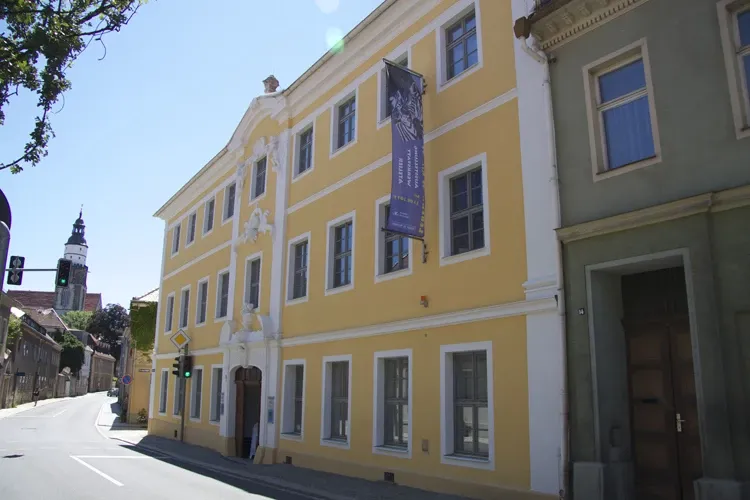
Elementarium
KamenzThe Museum der Westlausitz Kamenz is a regional landscape museum located in Kamenz. It offers a comprehensive exploration of the landscape, nature, history, and culture of the western Oberlausitz (Westlausitz). The museum's collections cover cultural history, archaeology, geology, zoology, and botany of the region, providing a rich and diverse experience for visitors.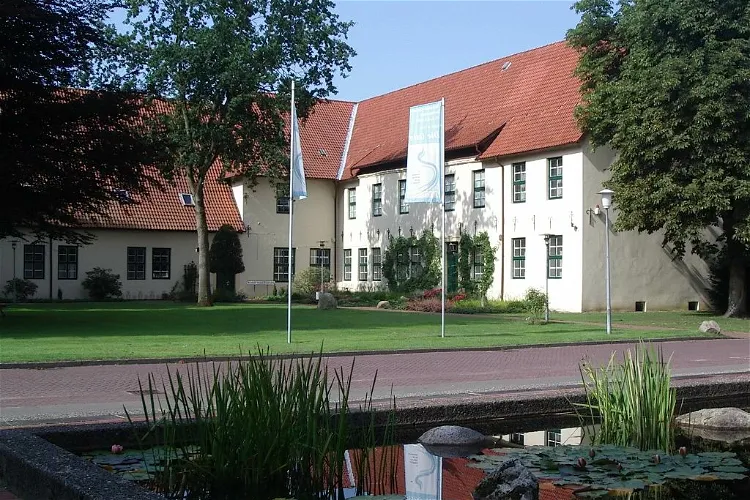
Bachmann-Museum Bremervörde
BremervördeThe Bachmann-Museum in Bremervörde is a unique institution that combines regional history and natural history. It is the largest museum in the Rotenburg (Wümme) district, making it a significant cultural and educational hub in the region. Visitors can expect to explore a wide range of exhibits that delve into the rich history and natural wonders of the area.
Mittelrhein Museum Koblenz
KoblenzThe Mittelrhein Museum, also known as the Museum of the Middle Rhine Valley, is situated in the city of Koblenz. This museum is one of the oldest civic museums in Germany, tracing its origins back to 1835 when it was founded with a donation of over 200 works from pastor and educator Joseph Gregory Lang. Despite its modest size compared to world-renowned collections, it remains a significant cultural institution in the region.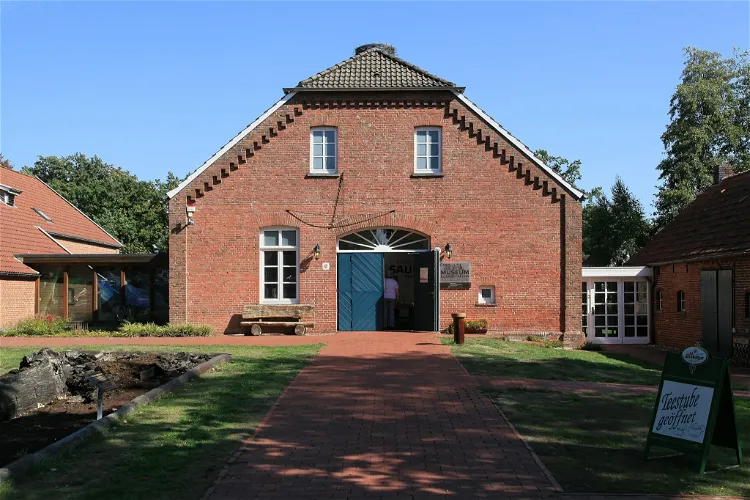
Moor- und Fehnmuseum Elisabethfehn
ElisabethfehnThe Moor- und Fehnmuseum Elisabethfehn is a peat museum situated in the Fehnkolonie Elisabethfehn, within the municipality of Barßel. The museum is conveniently located directly on the Elisabethfehn canal, making it easily accessible for visitors.
Museum Biberach
Biberach an der RißThe Museum Biberach, located in Biberach an der Riss in Upper Swabia, is a multi-faceted institution with various sections. It offers a comprehensive exploration of different fields, making it a diverse and enriching destination for tourists.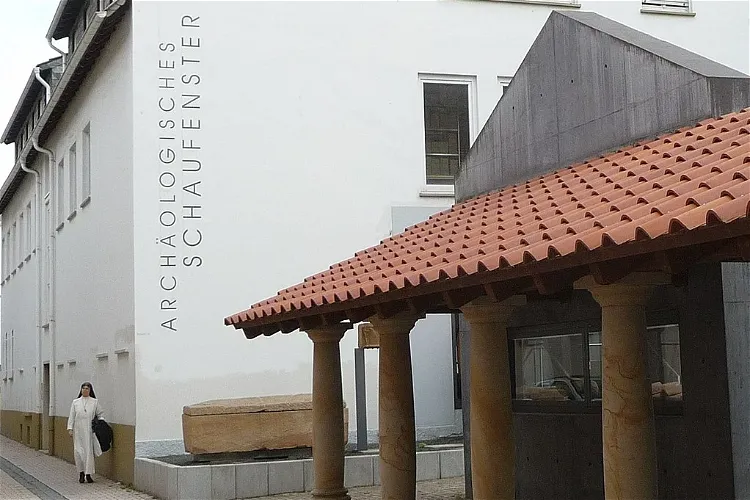
Archäologisches Schaufenster
SpeyerThe Archaeological Showcase, located in Speyer, is a museum that falls under the jurisdiction of the General Directorate of Cultural Heritage Rhineland-Palatinate. It was inaugurated in the year 2006 and has since been a significant cultural landmark in the region.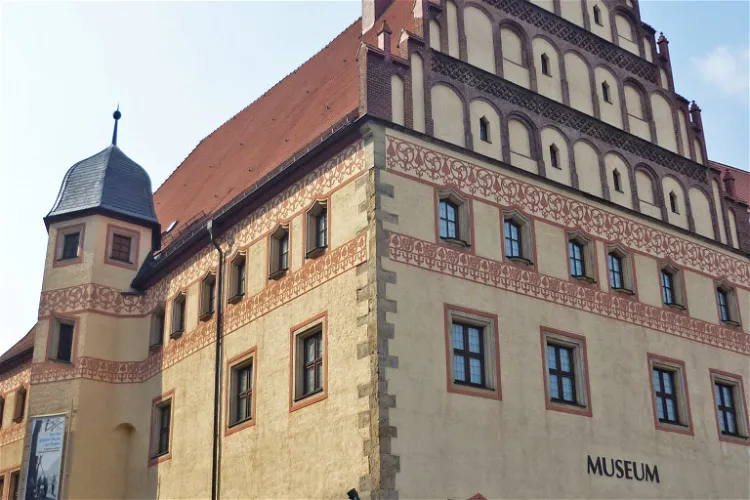
Stadt- und Bergbaumuseum Freiberg
FreibergThe Stadt- und Bergbaumuseum Freiberg, established in 1861 by the Freiberg Antiquity Association, is one of the oldest civic museums in Saxony. It is located in the former Domherrenhof, a late Gothic secular building. This museum is a testament to the rich history and culture of the region, offering visitors a unique insight into the past.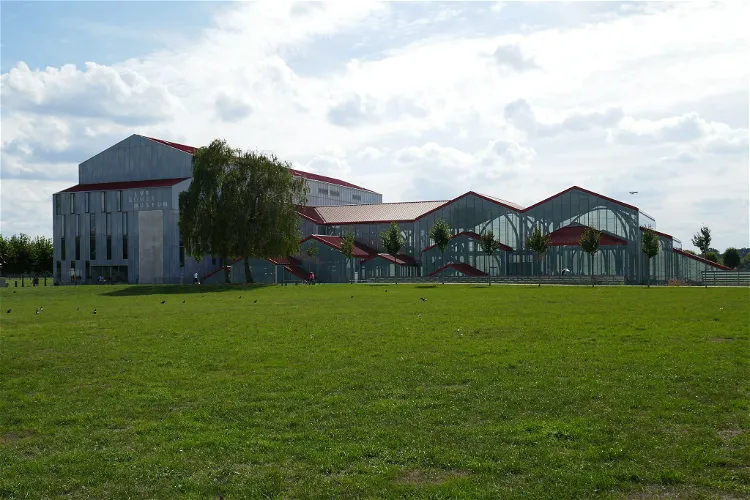
LVR-RömerMuseum
XantenThe LVR-RömerMuseum Xanten was constructed over the foundations of the Basilica Thermarum, the entrance hall of the Roman city bath. This location in the LVR Archaeological Park Xanten (APX) allows visitors to experience the Roman finds in their original context, enhancing the historical significance of the exhibits.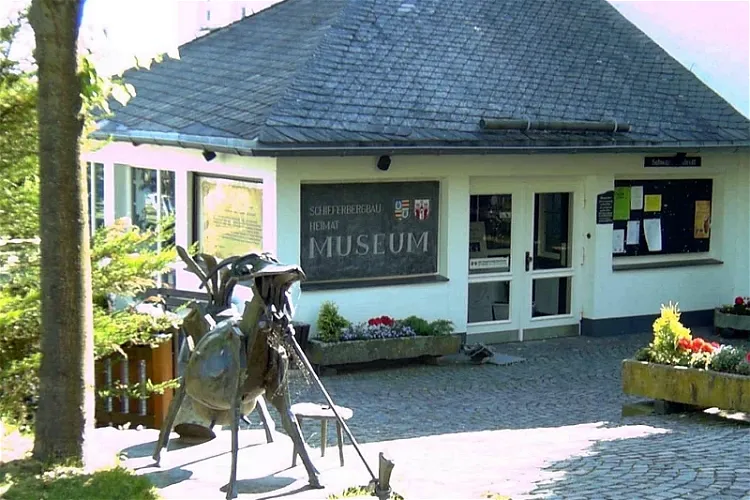
Schieferbergbau- und Heimatmuseum
SchmallenbergThe Westphalian Slate Mining and Local History Museum Holthausen is situated in the district of Holthausen in Schmallenberg, within the Hochsauerlandkreis region. This location offers visitors a chance to explore the rich history and culture of the area while enjoying the scenic beauty of the Hochsauerlandkreis.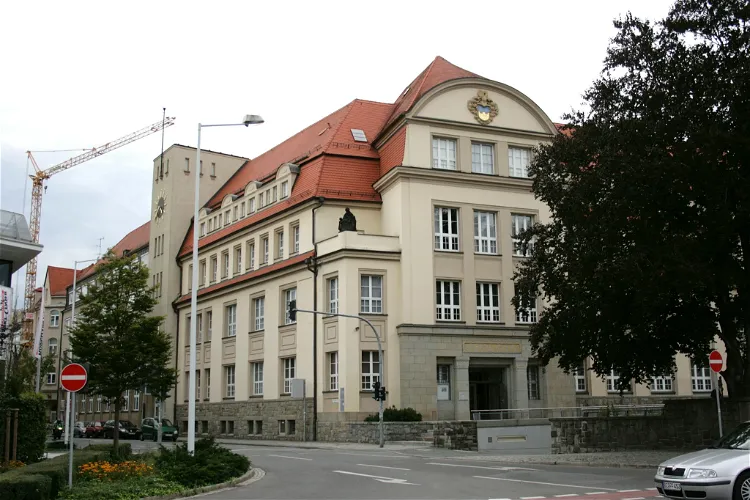
Museum Bautzen
BautzenMuseum Bautzen, also known as Muzej Budyšin, is a significant cultural institution in the region of Saxon Upper Lusatia. It is conveniently located at Kornmarkt, making it easily accessible for tourists visiting the area. The museum is known for its extensive collections, which are among the largest and most important in the region.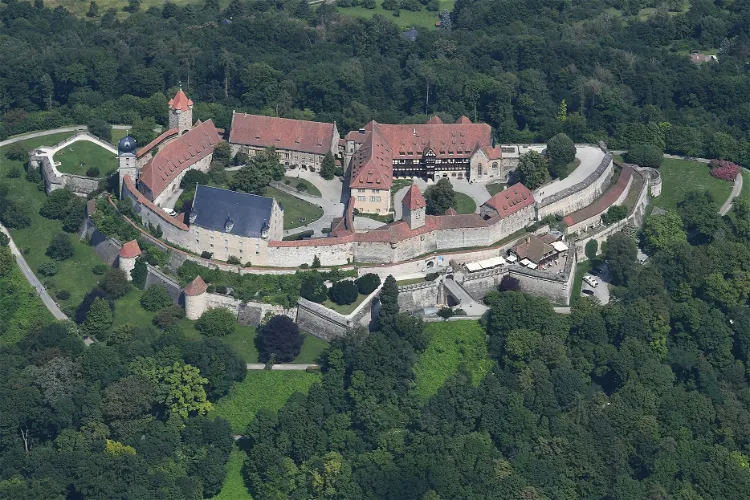
Veste Coburg
CoburgVeste Coburg, often referred to as the 'Franconian Crown', is a significant historical site in Germany. It is one of the largest and best-preserved castles in the country. The castle is strategically located on a hill, providing a panoramic view of the city of Coburg. It is situated on the border of Bavaria and Thuringia, adding to its historical and geographical significance.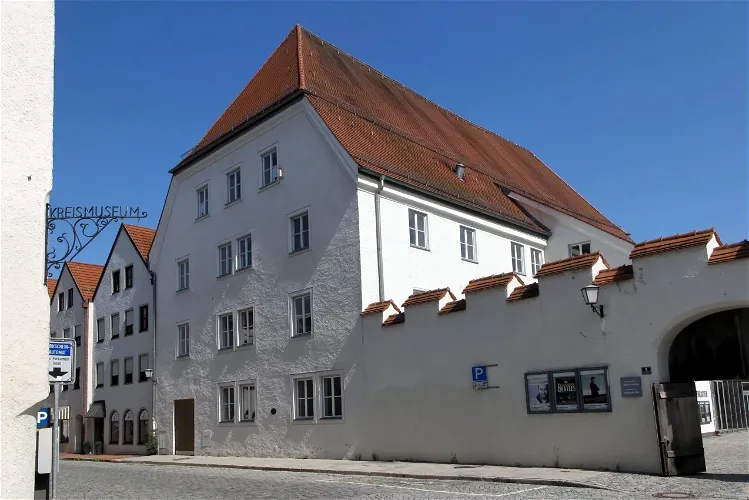
Museum Mühldorf - Museum Mühldorf a. Inn
Mühldorf a. InnSince 2015, the Museum Mühldorf a. Inn has been spread across two locations in the city. The main building, known as the Lodronhaus, is located at Tuchmacherstraße 7. The second part of the museum's permanent exhibition can be found in the Haberkasten. This dual-location setup allows the museum to showcase a wider range of exhibits and cater to a broader spectrum of interests.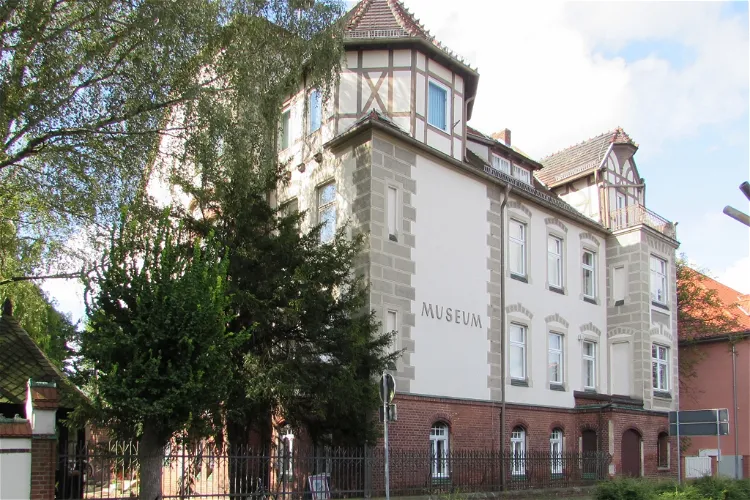
Kreismuseum Jerichower Land
GenthinThe Kreismuseum Jerichower Land, situated in the city of Genthin, is a local history museum that boasts over 25,000 exhibits. This makes it one of the largest museums in northern Saxony-Anhalt. The museum, which opened in 1886, provides a comprehensive insight into the region's history and culture.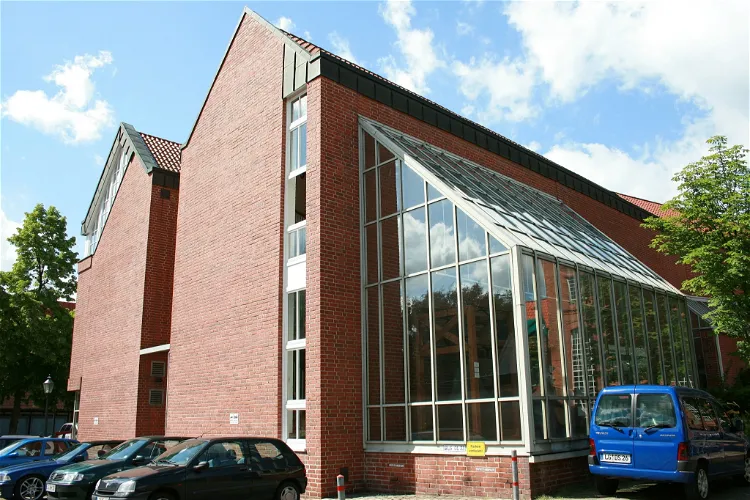
East Prussian Regional Museum
LüneburgThe East Prussian Regional Museum, located in Lüneburg, Lower Saxony in Germany, was established in 1987. This museum is a significant cultural institution that provides insights into the history, art, and culture of the former German province of East Prussia.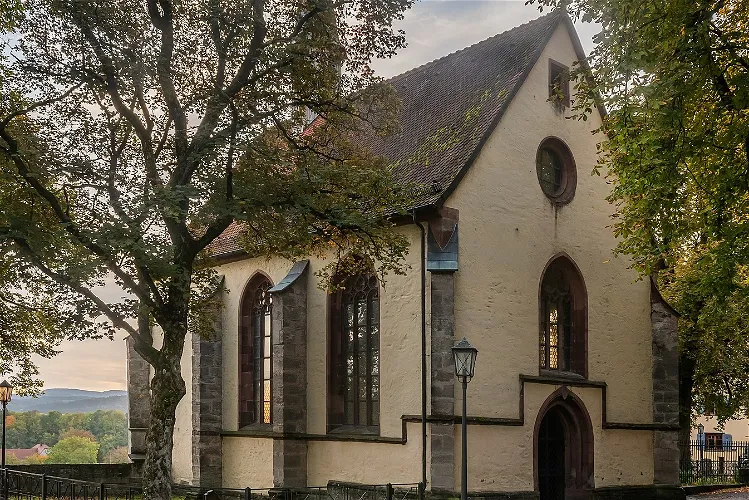
Kunstsammlung Lorenzkapelle Rottweil
RottweilThe Lorenzkapelle, located in Rottweil, Baden-Württemberg, is recognized as a protected cultural monument. This status signifies its historical and cultural significance, making it a point of interest for those who appreciate history and architecture.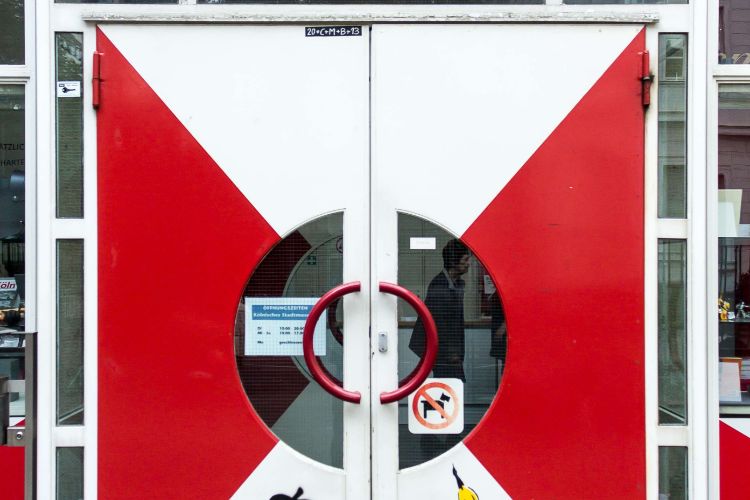
Kölnisches Stadtmuseum
CologneThe Kölnisches Stadtmuseum (Cologne CIty Museum) is a museum in Cologne that is housed in The Zeughaus, the city's former arsenal. The building was built between 1594 and 1606 and has served as a museum since 1958. It is built on the remains of the Roman city wall. Exhibits of the permanent exhibiti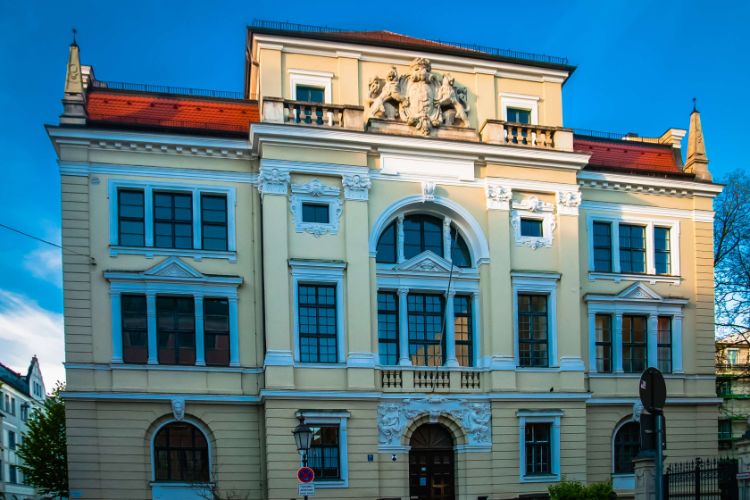
Paleontological Museum Munich
MunichThe Paleontological Museum Munich is a museum in Munich that exhibits objects from the Bayerischen Staatssammlung für Paläontologie und Geologie (Bavarian State Collection for Paleontology and Geology). The building that houses the museum dates from the 20th century when it was planned to be a schoo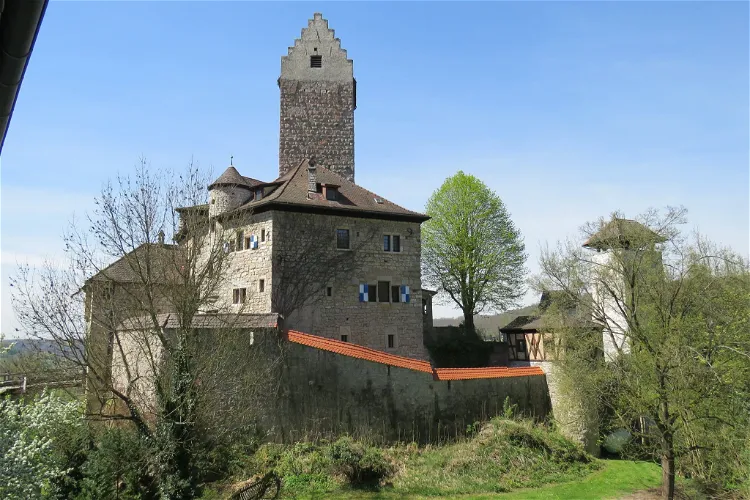
Römer und Bajuwaren Museum
KipfenbergThe Römer und Bajuwaren Museum Burg Kipfenberg is an archaeological, folkloric, and local history museum. It is situated in Kipfenberg, a market town in the Upper Bavarian district of Eichstätt. The museum is housed in a former economic building of Burg Kipfenberg, adding a touch of historical charm to the overall experience.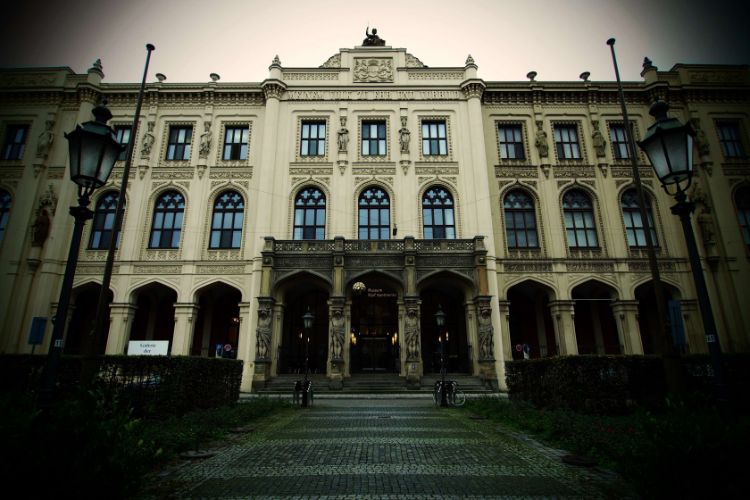
Museum Five Continents
MunichThe Museum Five Continents is a museum in Munich with non-European artworks and objects of cultural value. The collection exhibited in the museum dates back in part to 1782, when the curiosities gathered by the Wittelsbachs were exhibited in the galleries of the Residenz. The current collection cont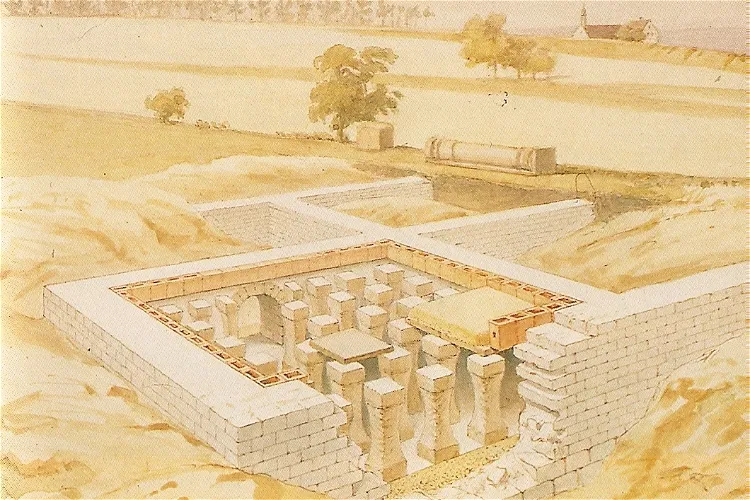
Römisches Stadtmuseum Sumelocenna
Rottenburg am NeckarThe Sumelocenna Museum, also known as the Roman City Museum, is an archaeological museum located in Rottenburg am Neckar, in the Tübingen district. This museum provides a unique opportunity to delve into the history of the region, offering a glimpse into the everyday life of the provincial Roman population in ancient Sumelocenna, now known as Rottenburg.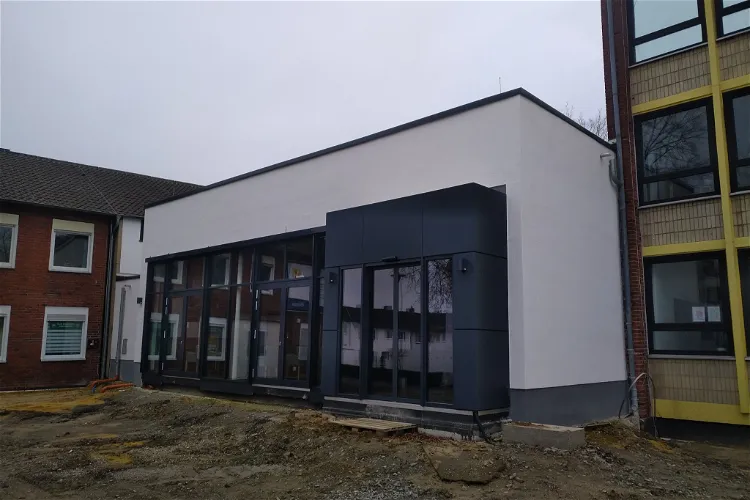
Stadtmuseum Bergkamen
BergkamenThe Stadtmuseum Bergkamen, established in 1965, is situated in the Oberaden district of the city of Bergkamen. This museum is a significant cultural center in Bergkamen, offering a rich collection of historical and contemporary exhibits.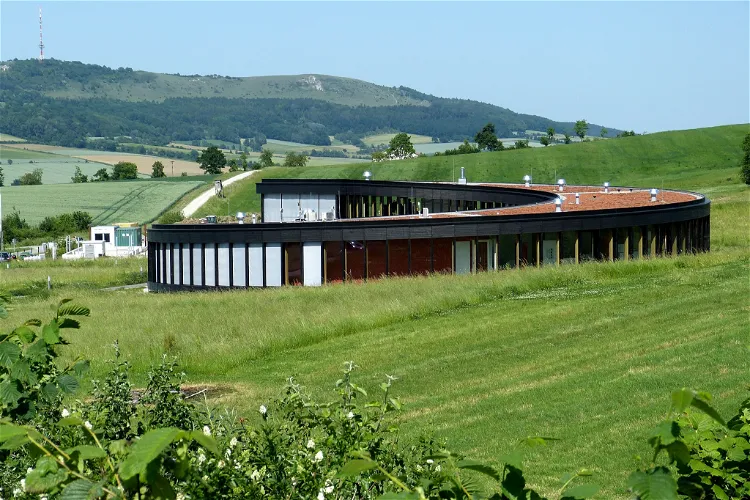
Limeseum Ruffenhofen
IrsingenThe Limeseum is an archaeological museum located in Römerpark Ruffenhofen in the Ansbach district. It was established in 2012 and provides a wealth of information about the Roman era. The museum is designed as a round building that blends into its landscape just below the Hesselberg.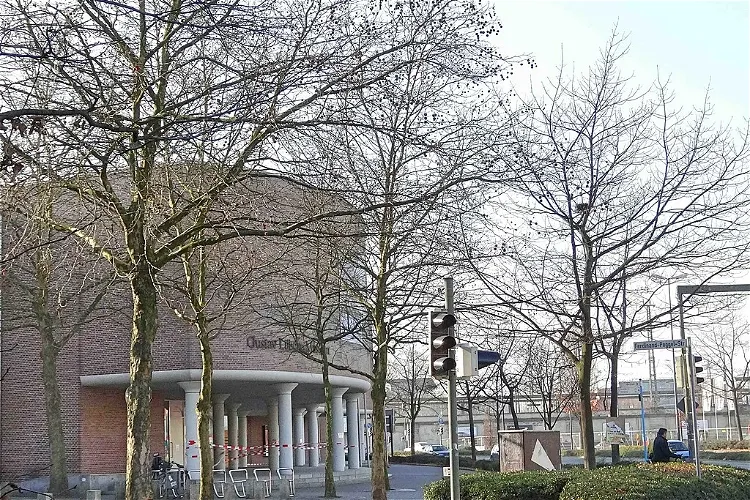
Gustav-Lübcke-Museum
HammThe Gustav Lübcke Museum, located in Hamm, North Rhine-Westphalia, is a cultural-historical museum that was established in 1890. It was initially known as the Städtisches Museum Hamm until 1925. The museum is named after Gustav Lübcke, an art dealer and collector who donated his collection to the city of Hamm in 1917 and served as the museum's director. Since Lübcke's death in 1925, the museum has carried his name.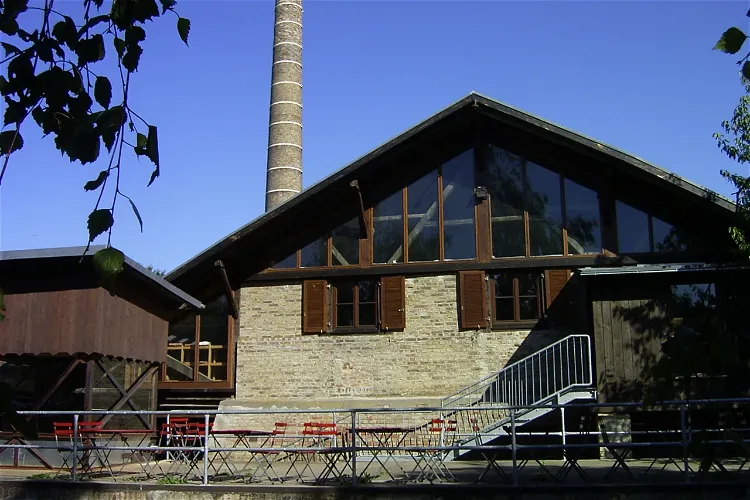
Ziegelmuseum Mainz
MainzThe Alte Ziegelei, located in Mainz-Bretzenheim, is an industrial monument that has been transformed into a brick museum. It also serves as a non-commercial educational, leisure, and cultural center. This unique combination of history, education, and culture makes it an interesting destination for tourists who are interested in industrial history, brick making, or simply looking for a unique cultural experience.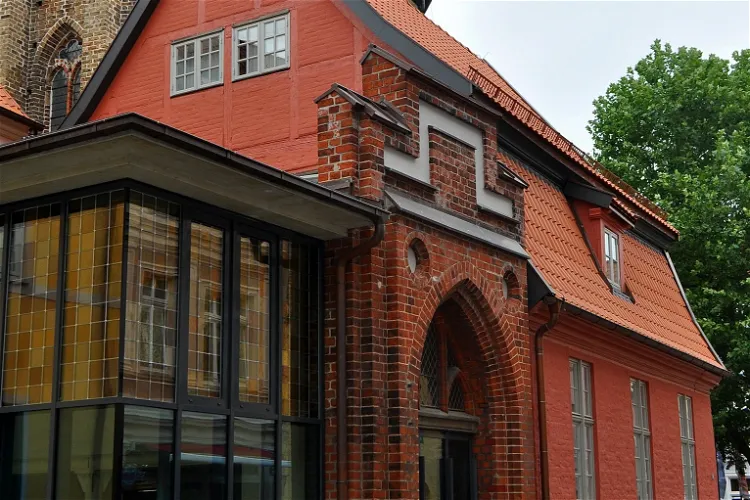
Stralsund Museum
StralsundThe Stralsund Museum, founded in 1859, is the oldest museum of its kind in Mecklenburg-Vorpommern. It showcases extensive collections of folklore, cultural and art history in the Vorpommern region. The museum is a testament to the rich history and culture of the region, making it a significant destination for those interested in understanding the area's past.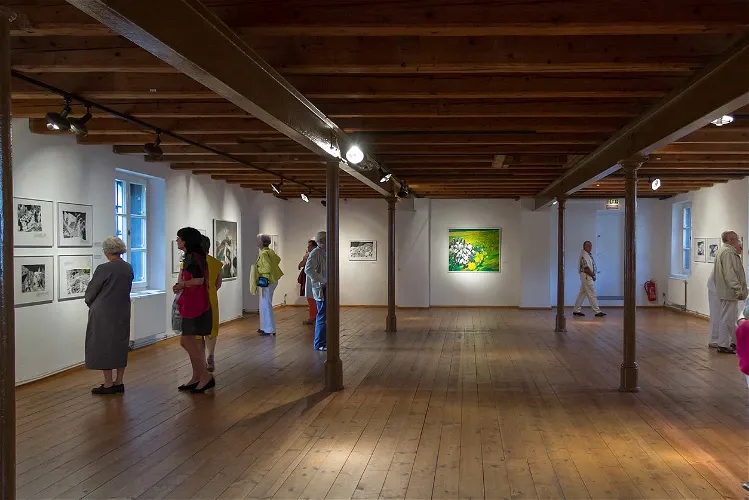
Museum Fürstenfeldbruck
FürstenfeldbruckThe Museum Fürstenfeldbruck, located in the former monastery brewery in the Cistercian monastery Fürstenfeld, is the city's art and cultural history museum. It offers a unique insight into the history and art of the Fürstenfeld monastery and its relationship with the Wittelsbach rulers.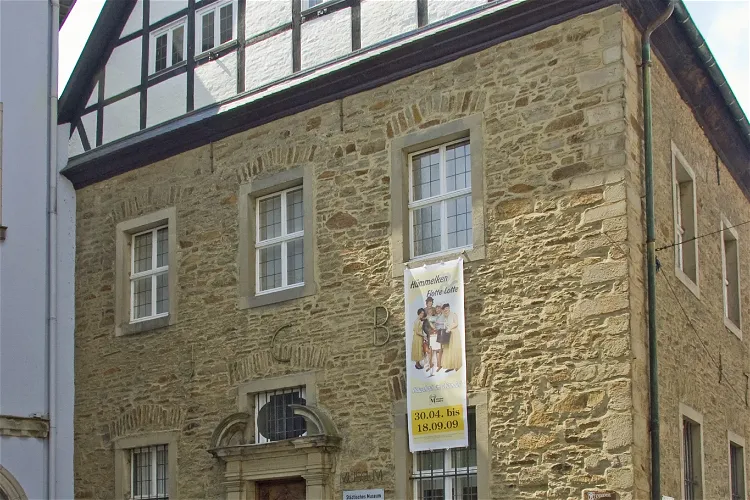
Museum Menden
Menden (Sauerland)The Museum Menden, located in Menden (Sauerland), is a local history museum that was established by Friedrich Glunz in 1912. This makes it one of the oldest museums in Westphalia, a region rich in history and culture. The museum is a testament to the region's past, offering visitors a glimpse into the local history and traditions of Menden and the surrounding areas.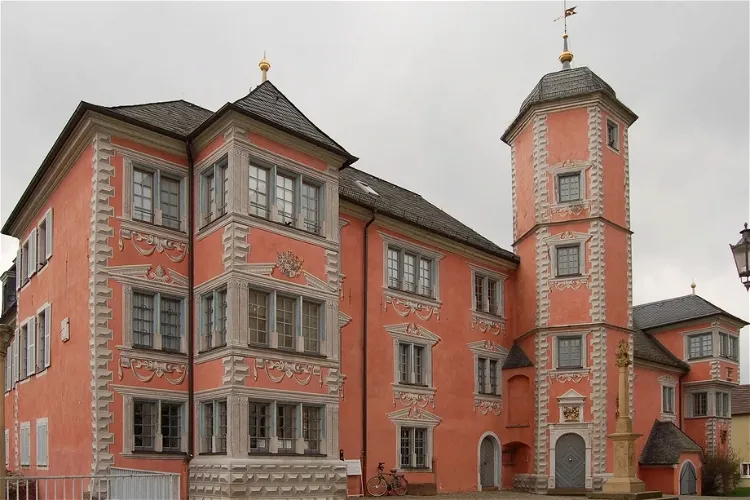
Lobdengau-Museum
LadenburgThe Lobdengau-Museum is situated in the town of Ladenburg, within the Rhein-Neckar-Kreis district. The museum is housed in the former Bishop's Palace, which was once the residence of the Prince-Bishops of Worms. This historical setting adds a unique charm to the museum, making it an interesting destination for tourists interested in history and architecture.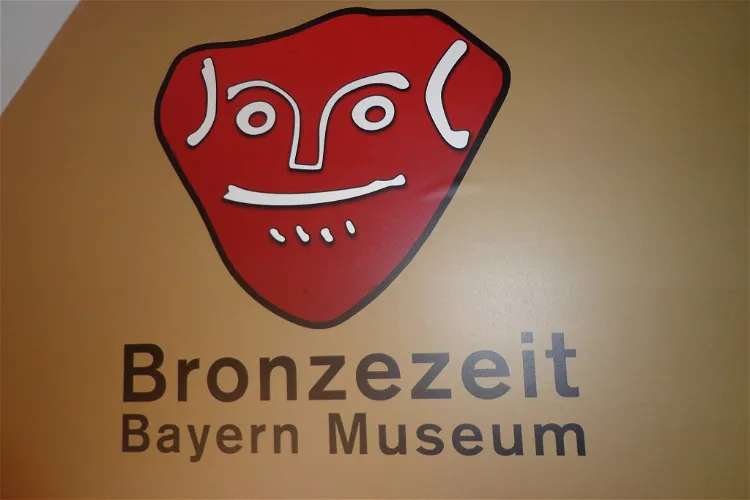
Bronzezeit Bayern Museum
BergThe Bronzezeit Bayern Museum, which opened its doors in 2014, is a fascinating destination for those interested in the Bronze Age. The museum houses a collection of artifacts from Bernstorf and other parts of Bavaria, providing a unique insight into the region's history during this period.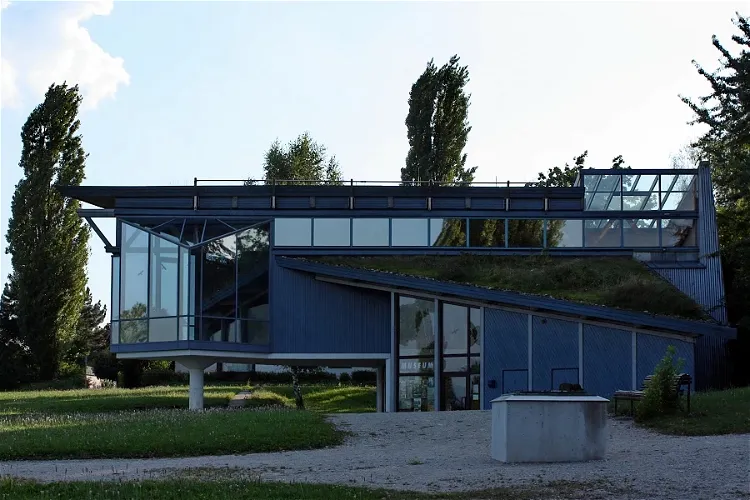
Museum Köngen
KöngenThe Roman Museum with Archaeological Park Köngen is an archaeological museum located in Köngen, in the district of Esslingen, Baden-Württemberg. It features an attached open-air facility, providing a unique blend of indoor and outdoor exhibits.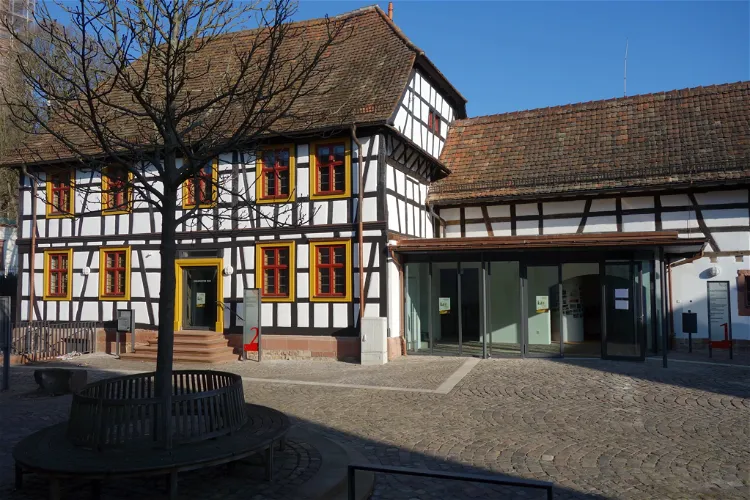
Museum Herxheim
HerxheimThe main focus of Museum Herxheim is on the earliest part of the Neolithic period. It pays special attention to the findings and results from the ritual site of Herxheim. In addition to this, the museum also provides insights into the regional cultural history. This makes it a great place for those interested in history and archaeology.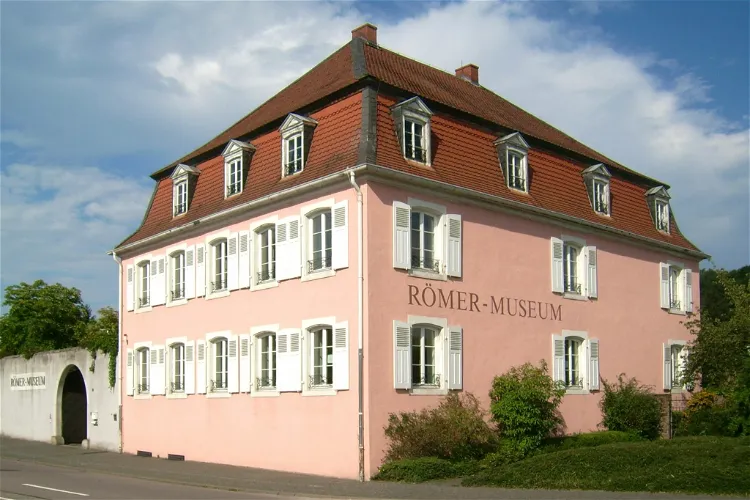
Schwarzenacker Roman Museum
HomburgThe Schwarzenacker Roman Museum is an archaeological open-air museum situated in Schwarzenacker, a district of Homburg in Saarland. This museum was established by archaeologist Alfons Kolling, who also led the archaeological excavations in the area. The museum showcases the significant remains of a Gallo-Roman vicus, which was founded under Emperor Augustus and destroyed around the year 275 by the Alamanni.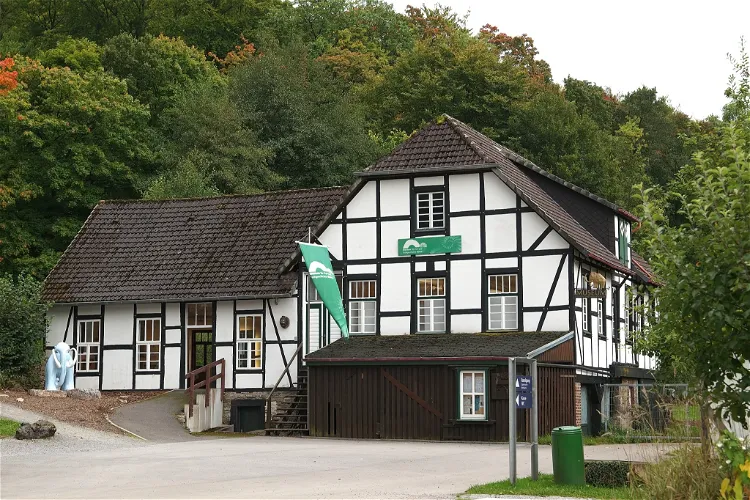
Museum für Vor- und Frühgeschichte
BalveThe Museum für Vor- und Frühgeschichte is an archaeological museum situated in the city of Balve, within the Märkischen Kreis region. It offers a unique opportunity to delve into the past and explore the rich archaeological history of the area.
Heimatmuseum Leer
Landkreis LeerThe Heimatmuseum Leer is a museum that provides insights into the lifestyle and work culture of Leer, as well as the city's history. It offers a unique opportunity to understand the evolution of the city and its people over time. The museum's exhibits cover various aspects of life in Leer, from its early settlement to its modern development.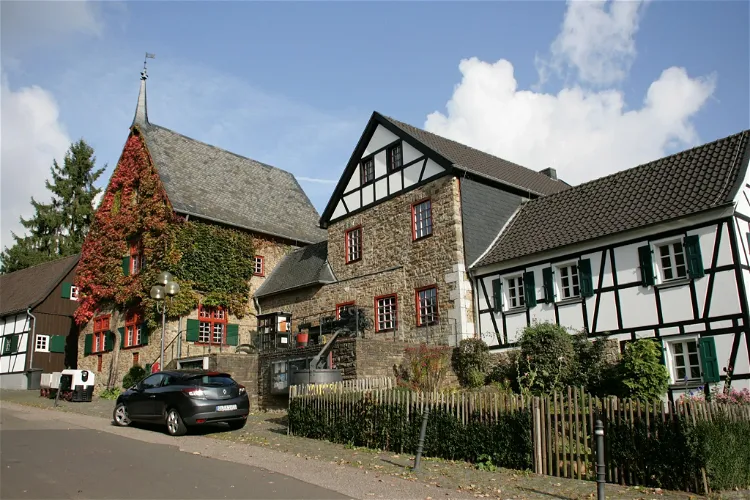
Bergisches Museum für Bergbau, Handwerk und Gewerbe
Bergisch GladbachThe Bergisches Museum for Mining, Crafts and Trade in Bergisch Gladbach offers a unique insight into the history of the region, particularly focusing on the former ore mining in the Bensberger Erzrevier. The museum also showcases the rural-craftsman lifestyles of the local population, with a special emphasis on the 19th and early 20th centuries. This provides a fascinating glimpse into the past, allowing visitors to understand the historical context and way of life during these periods.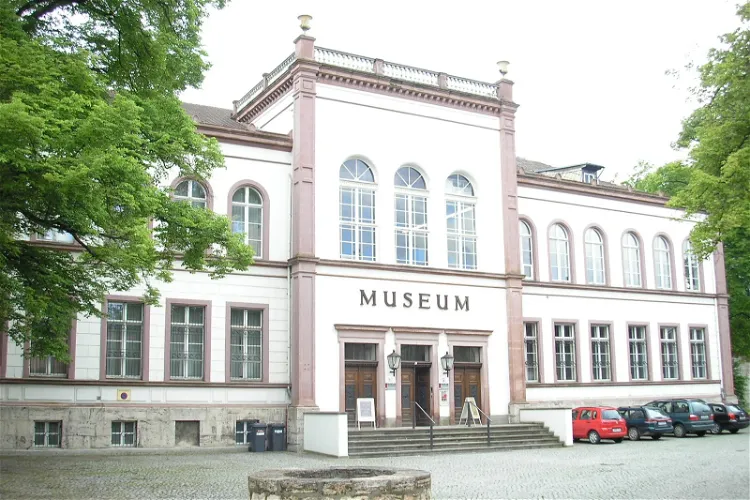
Kulturhistorisches Museum
MühlhausenThe Museum am Lindenbühl is a cultural history museum situated in Mühlhausen/Thüringen. It is housed in a Neo-Renaissance style building that was built between 1818 and 1871 as a gymnasium. Since 1947, it has been home to a regional history museum.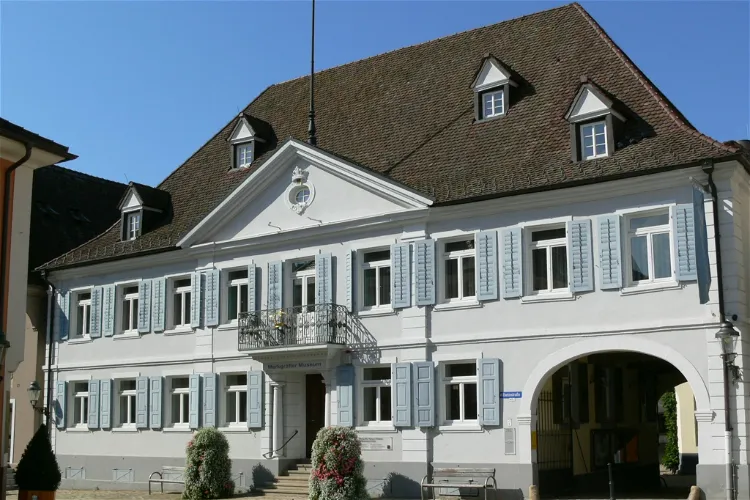
Markgräfler Museum Müllheim
Müllheim im MarkgräflerlandThe Markgräfler Museum is a regional museum located in Müllheim in the Markgräflerland, a city within the district of Breisgau-Hochschwarzwald in Baden-Württemberg, Germany. It is the largest museum between Freiburg im Breisgau and the agglomeration of Basel Lörrach in the tri-border area. The museum has two locations: the Blankenhorn Palace and the Frick Mill.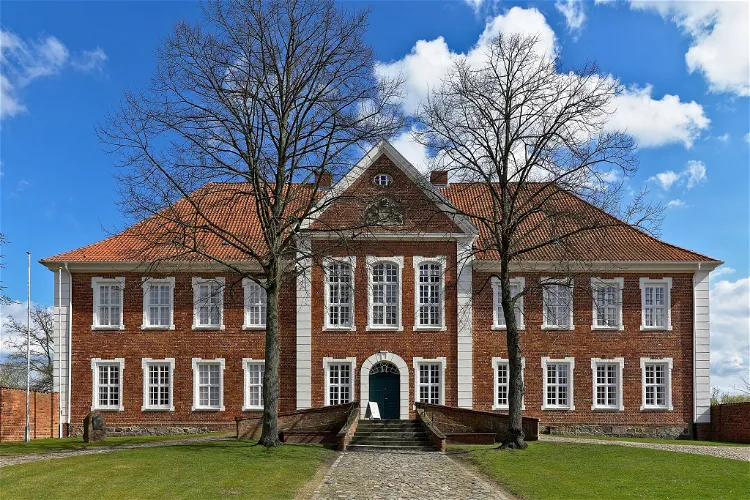
Kreismuseum Herzogtum Lauenburg
RatzeburgSince 1973, the manor house has been home to the Kreismuseum of the Herzogtum Lauenburg district. The museum is dedicated to the history of the city of Ratzeburg and the Duchy of Lauenburg, offering a variety of exhibits on different themes such as the history of the Ascanians, the Duchy during the Thirty Years' War, a collection of mechanical musical instruments, and regional archaeological finds.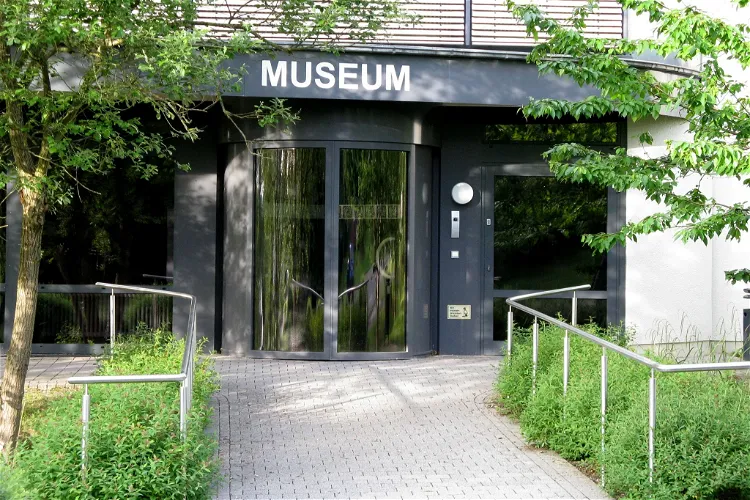
Museum Wilnsdorf
WilnsdorfThe Museum Wilnsdorf is a unique institution that is divided into two main sections: the 'Folklore Museum' and the 'Cultural History Meeting Place'. This structure allows the museum to offer a wide range of exhibits and experiences, catering to a variety of interests.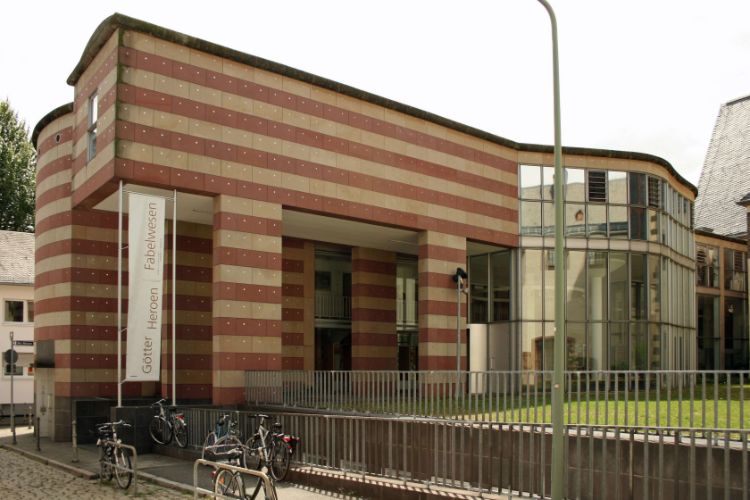
Frankfurt Archaeological Museum
FrankfurtThe Frankfurt Archaeological Museum (Archäologisches Museum Frankfurt) is a museum in Frankfurt in Germany housed in the former Carmelite monastery that illustrates the history of Frankfurt in archaeologically relevant periods. In addition, it has an exhibition of the Middle East and objects from an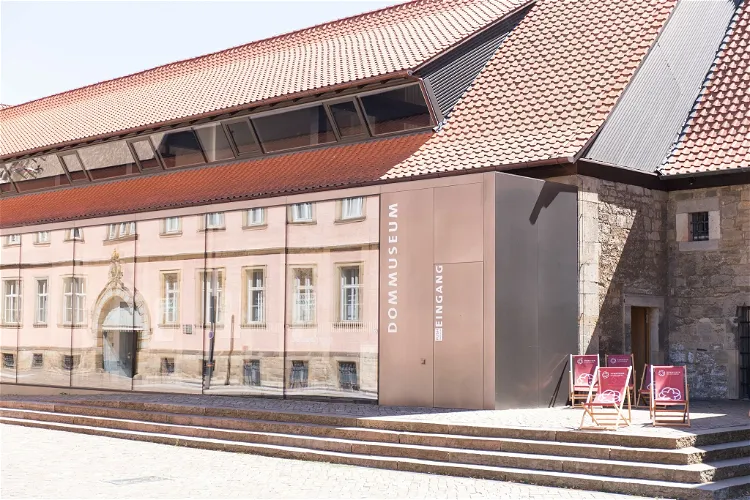
Hildesheim Cathedral Museum
HildesheimThe Hildesheim Cathedral Museum serves as the cathedral treasury and diocesan museum of the Hildesheim diocese. It is home to the cathedral treasure, which is recognized as part of the UNESCO World Heritage. This makes it a significant site for those interested in history, art, and religious artifacts.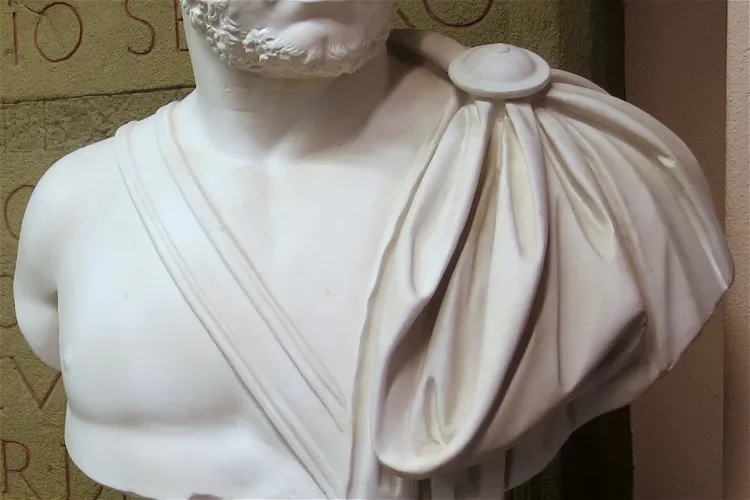
Carl-Schweizer-Museum
MurrhardtThe Carl-Schweizer-Museum is the result of the collecting passion of four generations of the Schweizer family of taxidermists. They have been based in Murrhardt for over 100 years and have created a private museum that is important for the entire region of the Swabian-Franconian Forest Mountains and the Rems-Murr district in the northeast of Stuttgart.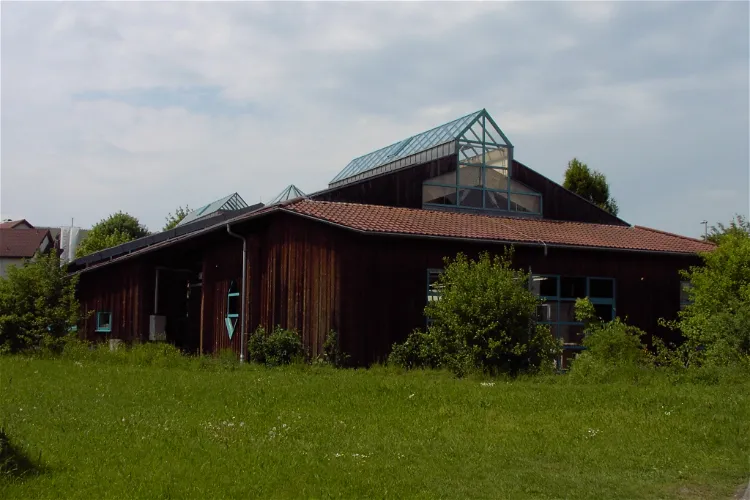
Römerhaus Walheim
WalheimThe museum is home to the fully preserved foundations of a Roman strip house. This building is considered the best-preserved of its type north of the Alps. Visitors can explore the foundations and learn about the architectural techniques used in Roman times.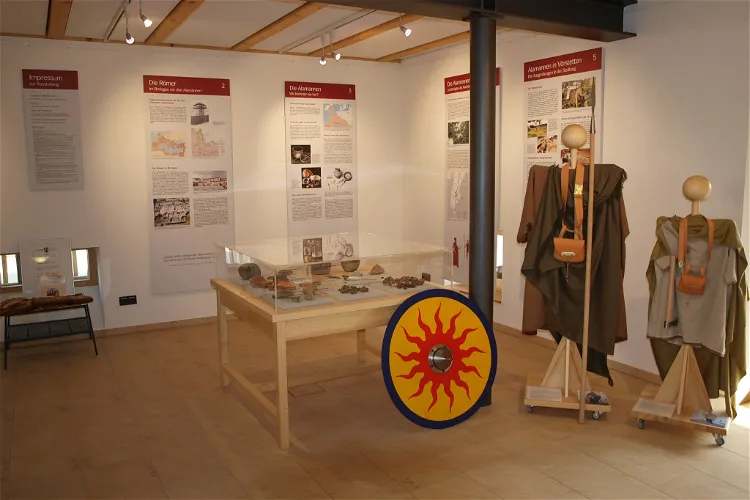
Alamannen-Museum Vörstetten
VörstettenThe Alamannen-Museum Vörstetten is an archaeological museum situated in the municipality of Vörstetten, within the Emmendingen district of Baden-Württemberg. This museum provides a unique opportunity for visitors to delve into the rich archaeological history of the region.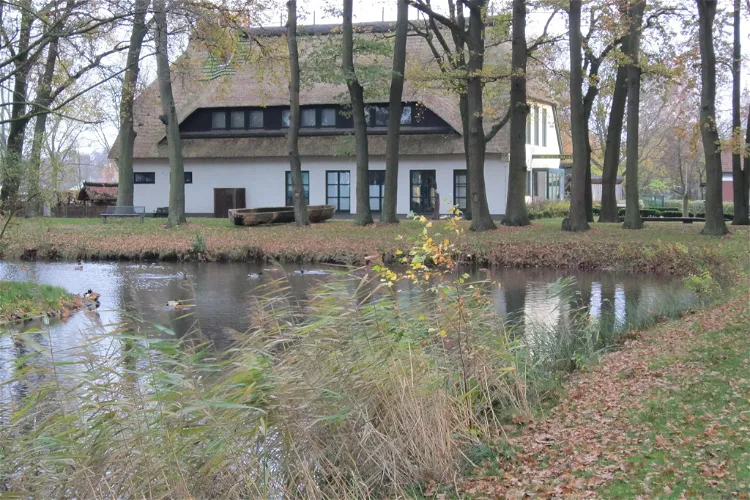
Dümmer-Museum Lembruch
LembruchThe Dümmer-Museum in Lembruch is a museum dedicated to the natural and cultural history of Dümmer. It is part of the district museum Syke, which is supported by the district of Diepholz. The museum was inaugurated in 1968 and has since been a significant part of the cultural landscape of the region.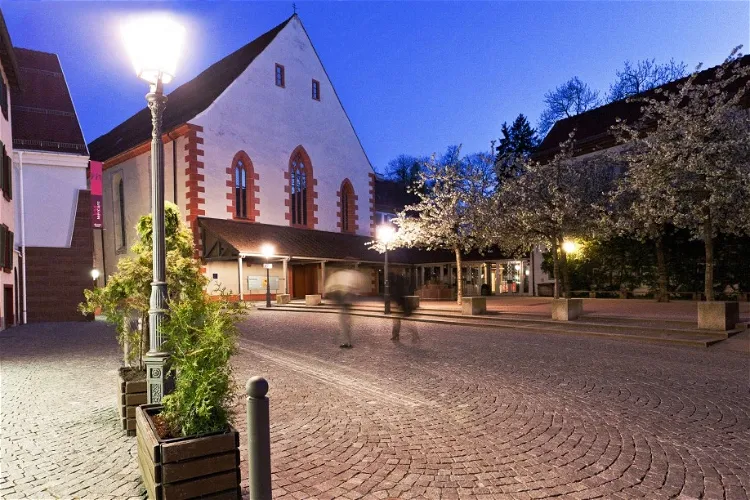
Franziskanermuseum
Villingen-SchwenningenThe Franziskanermuseum, situated in the former Franciscan monastery in Villingen-Schwenningen, is a cultural-historical museum. It offers a comprehensive insight into the city's history from its beginnings to the present day. Additionally, it provides a deep dive into the folklore of the Black Forest and the Celtic princely tomb Magdalenenberg. This museum is a great place for tourists interested in history, culture, and folklore.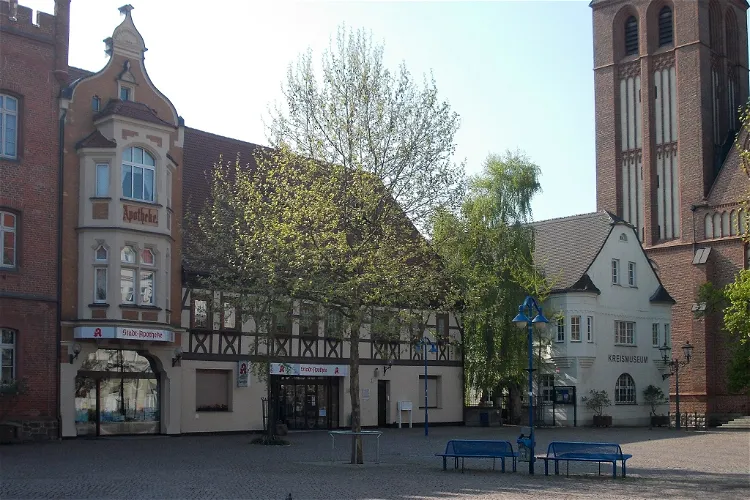
Kreismuseum Bitterfeld
Bitterfeld-WolfenThe Kreismuseum Bitterfeld, located in Bitterfeld-Wolfen, was established in 1892 by Emil Obst. It was initially created as a city collection of Saxon antiquities, with a particular focus on items from the city and district of Bitterfeld. This historical context provides a unique insight into the region's past, making it a fascinating destination for those interested in history and culture.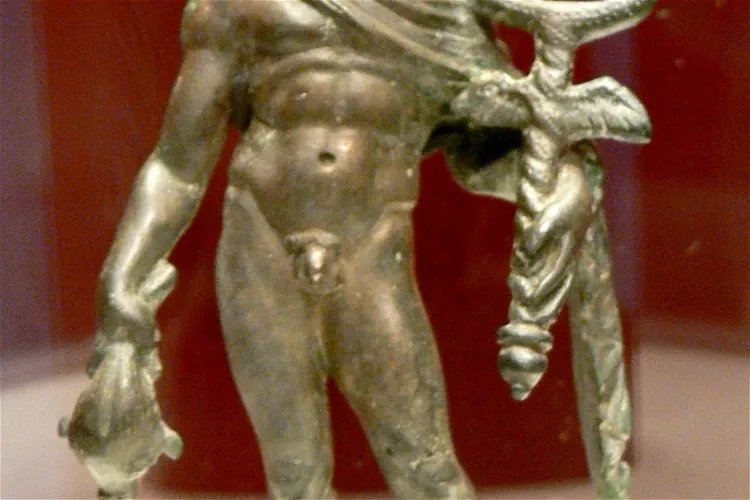
Archäologisches Museum Gunzenhausen
GunzenhausenThe Archaeological Museum, also known as the Museum for Pre- and Early History Gunzenhausen, is situated in the Middle Franconian city of Gunzenhausen, within the district of Weißenburg-Gunzenhausen. This museum offers a unique opportunity to delve into the rich archaeological history of the region.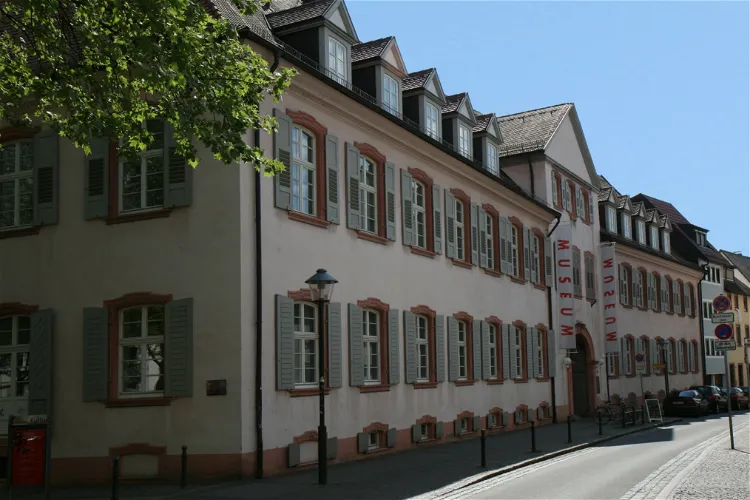
Museum im Ritterhaus
Osterode am HarzThe Museum im Ritterhaus, situated in Offenburg, Baden-Württemberg, is a historical institution that was inaugurated in 1900 by Carl Frowin Mayer. Originally, it was established as a 'Museum for Natural and Ethnology', showcasing a diverse range of exhibits related to natural history and ethnology.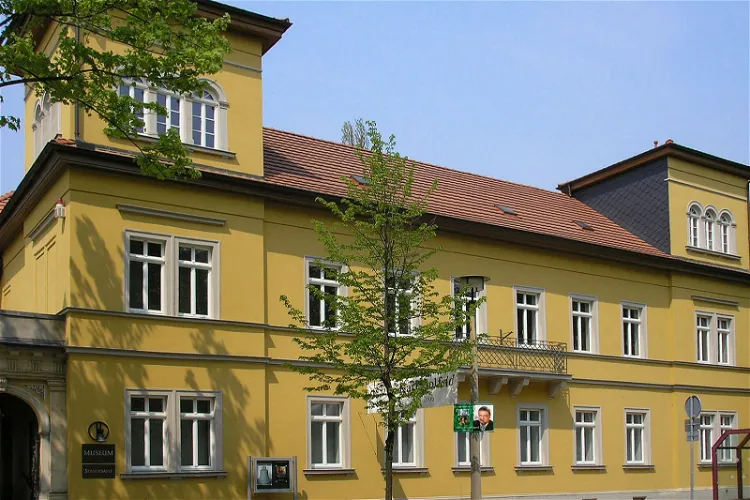
GlockenStadtMuseum
ApoldaThe Glockenmuseum and the Stadtmuseum are both located in a neoclassical factory owner's villa in Bahnhofstraße, Apolda. This historical building provides a unique setting for the museums, adding to the overall experience of the visitors.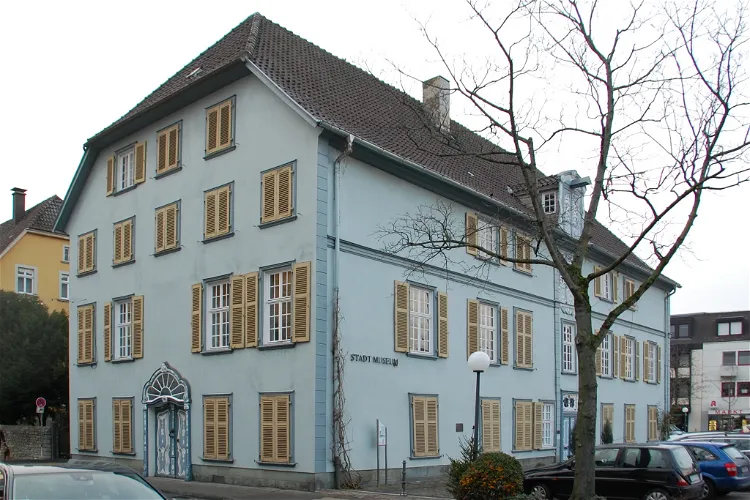
Stadtmuseum
LippstadtThe Stadtmuseum Lippstadt is a regional museum situated in the heart of Lippstadt, North Rhine-Westphalia. The museum is located in a protected building on the market square in the old town of Lippstadt, offering visitors a chance to explore the rich history of the region in a unique and historic setting.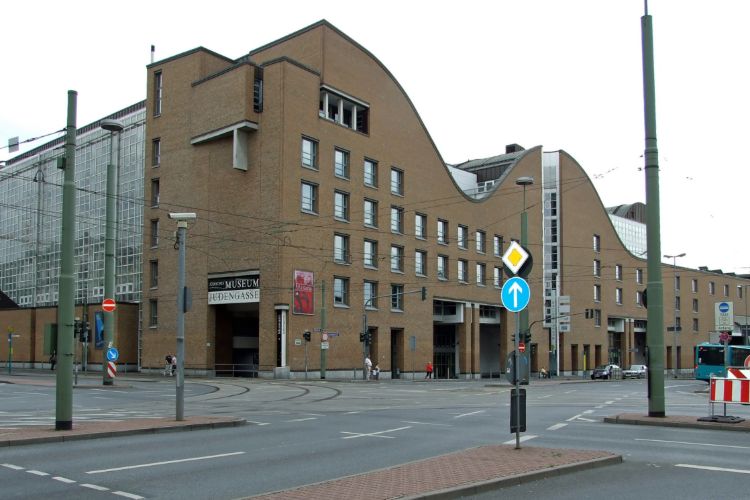
Museum Judengasse
FrankfurtThe Jewish Museum Frankfurt am Main (Jüdisches Museum Frankfurt) is the oldest independent Jewish Museum in Germany. The museum collects, preserves and communicates the nine-hundred-year-old Jewish history and culture of Frankfurt from a European perspective. It includes a permanent exhibition in tw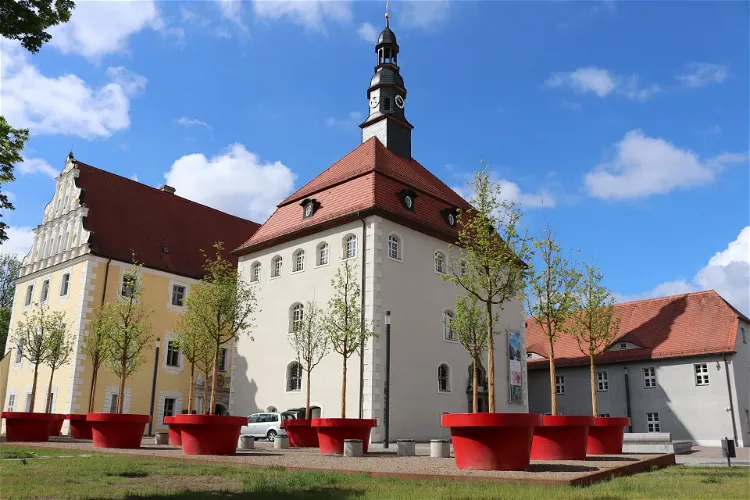
Museum Schloss Lübben
Lübben (Spreewald)The Museum Schloss Lübben is a city and regional museum that is situated in the castle of Lübben, in the Brandenburg district town of Lübben (Spreewald). The museum is under the municipal ownership of the city of Lübben, making it a significant cultural and historical site for the region.